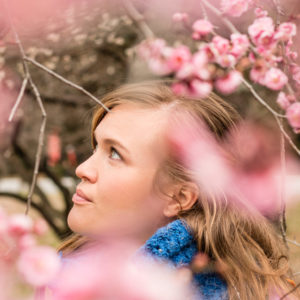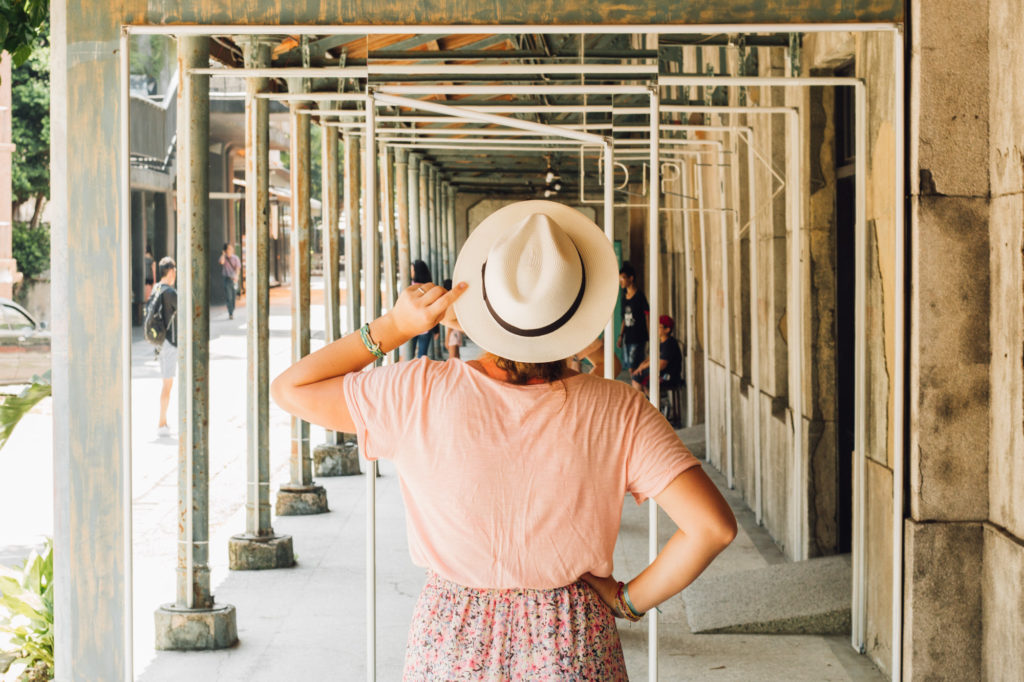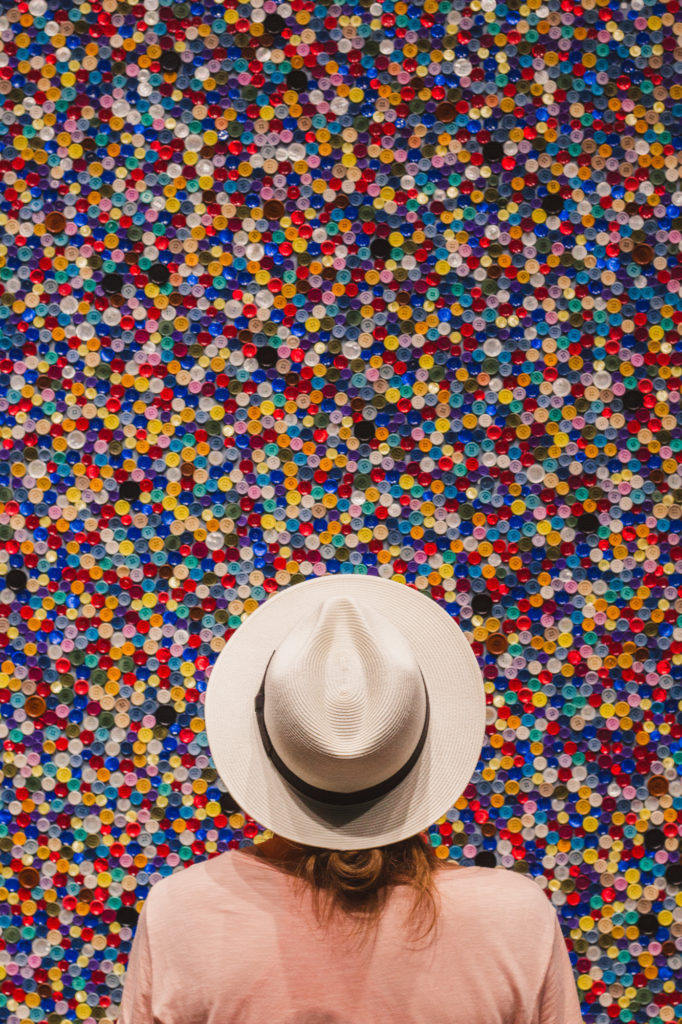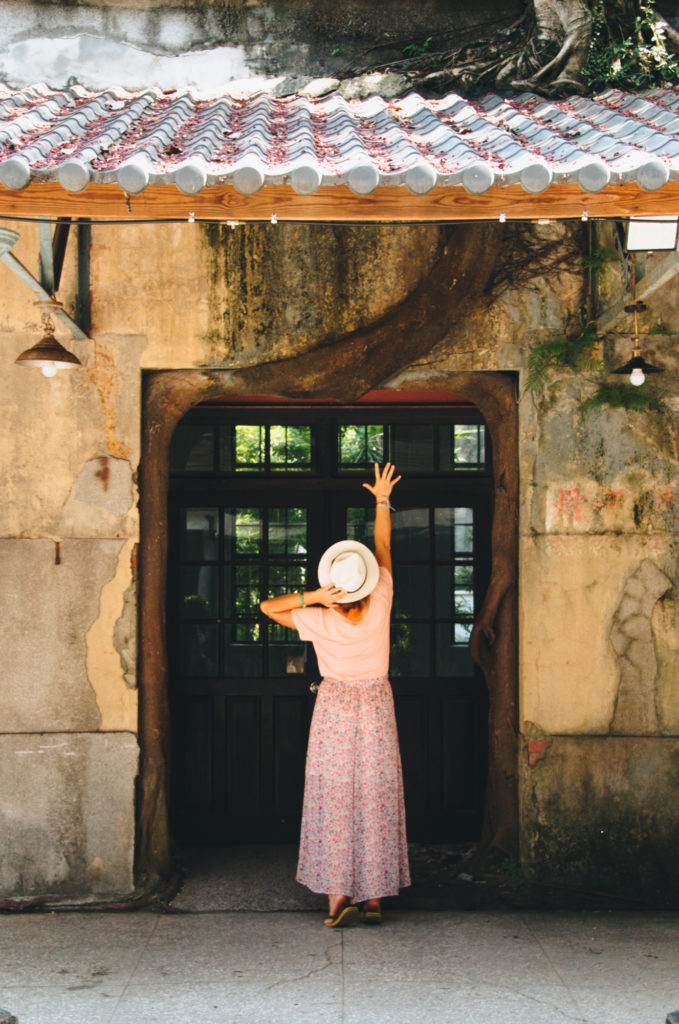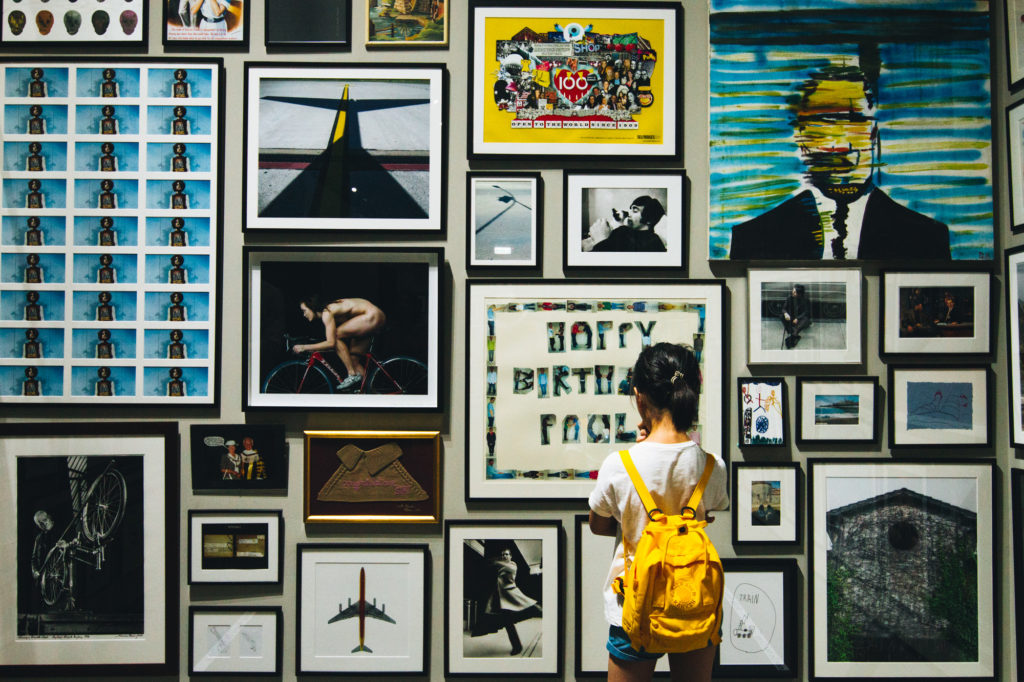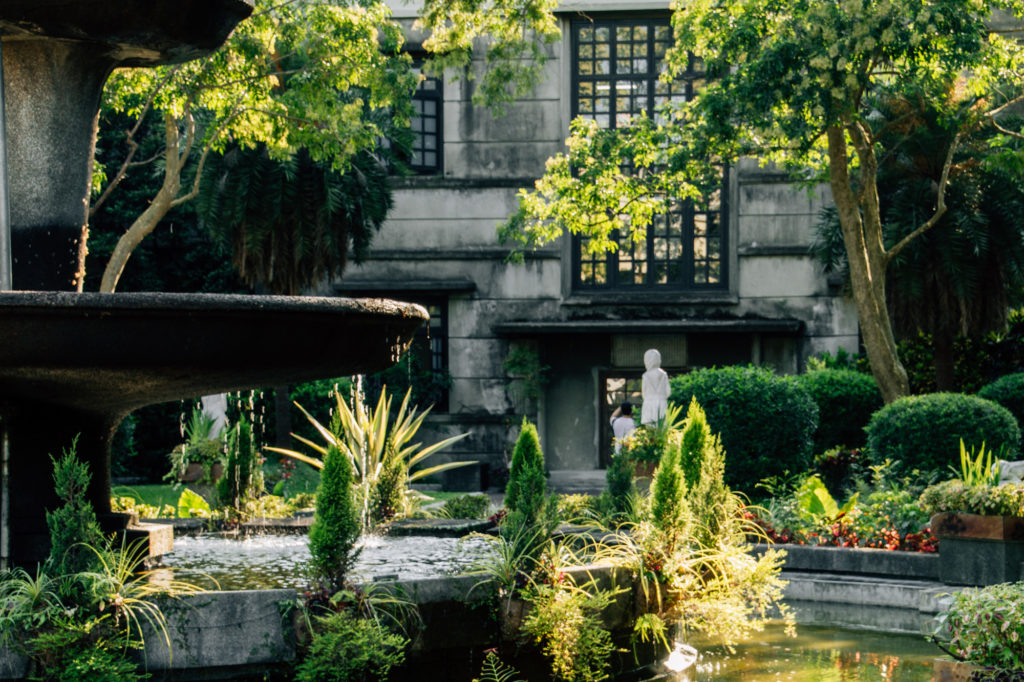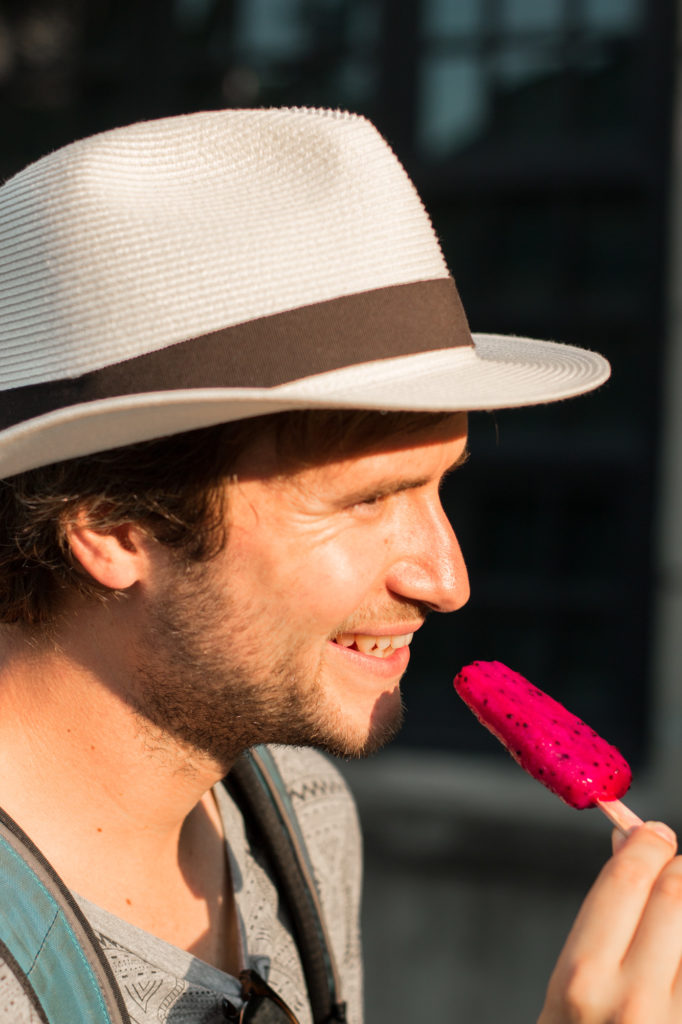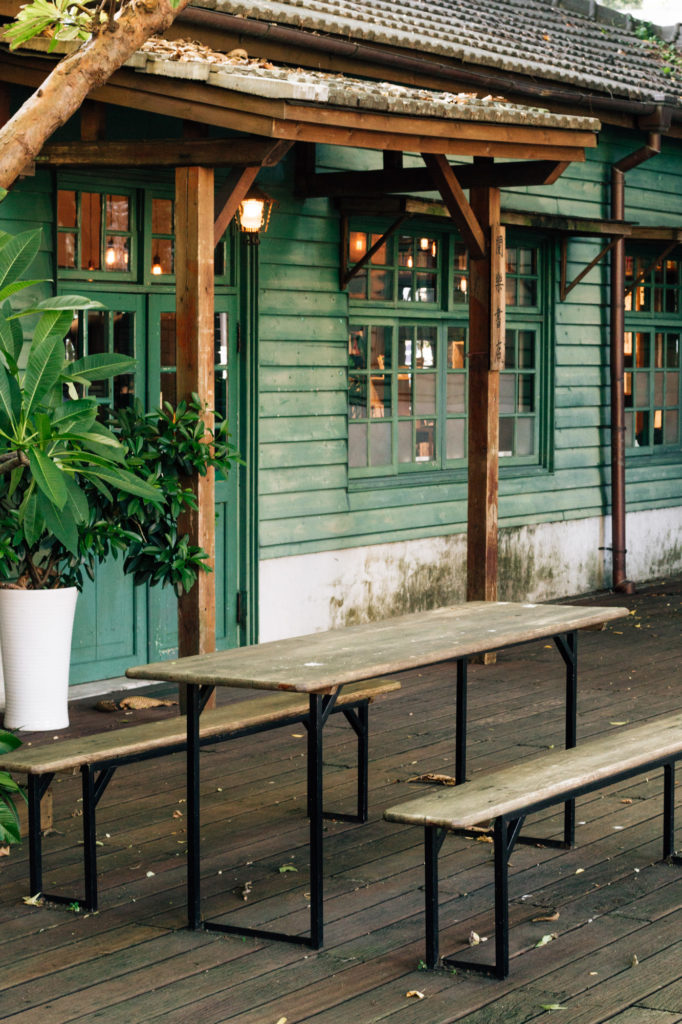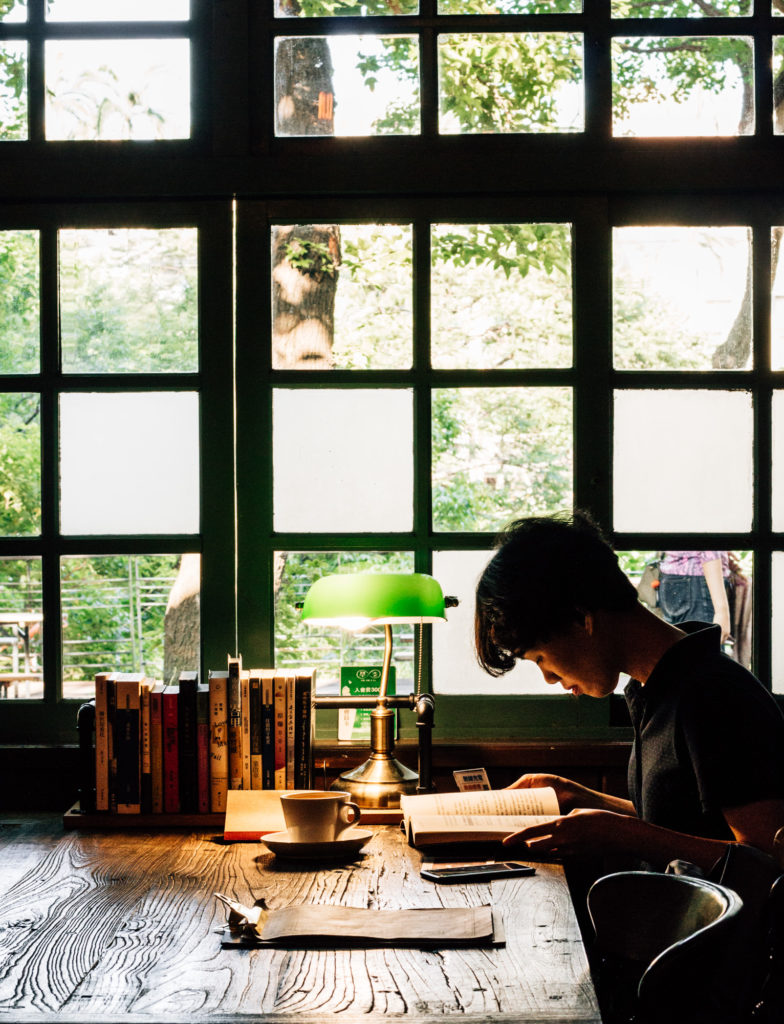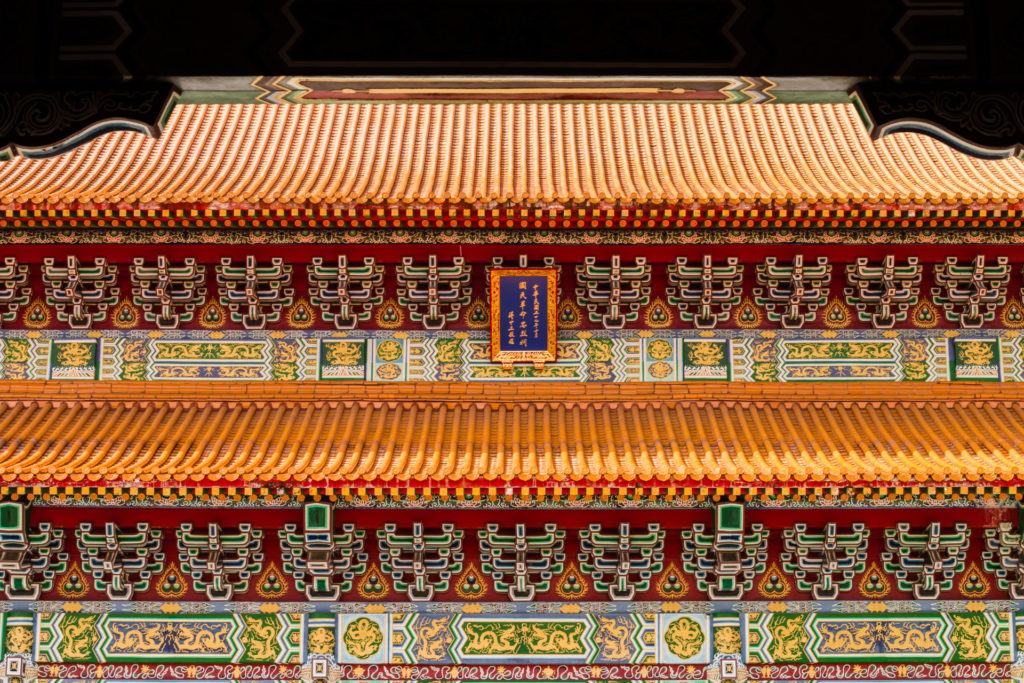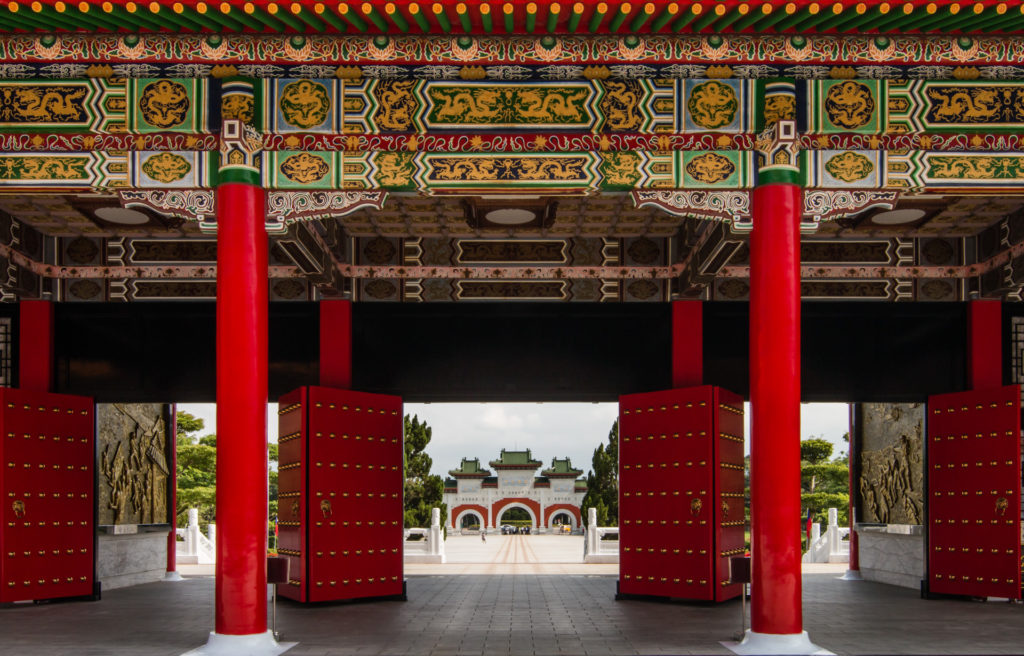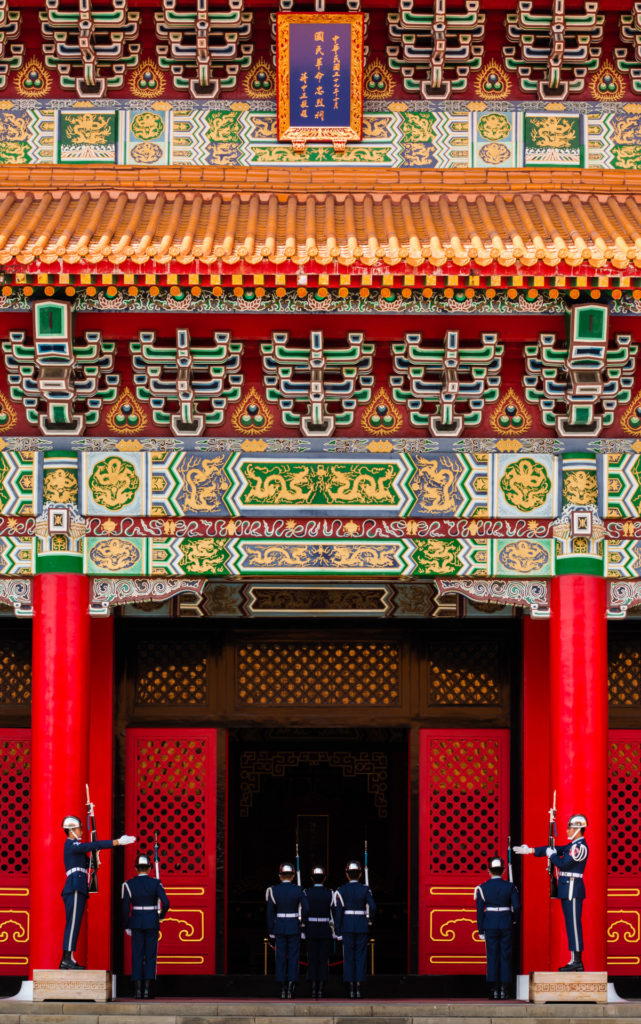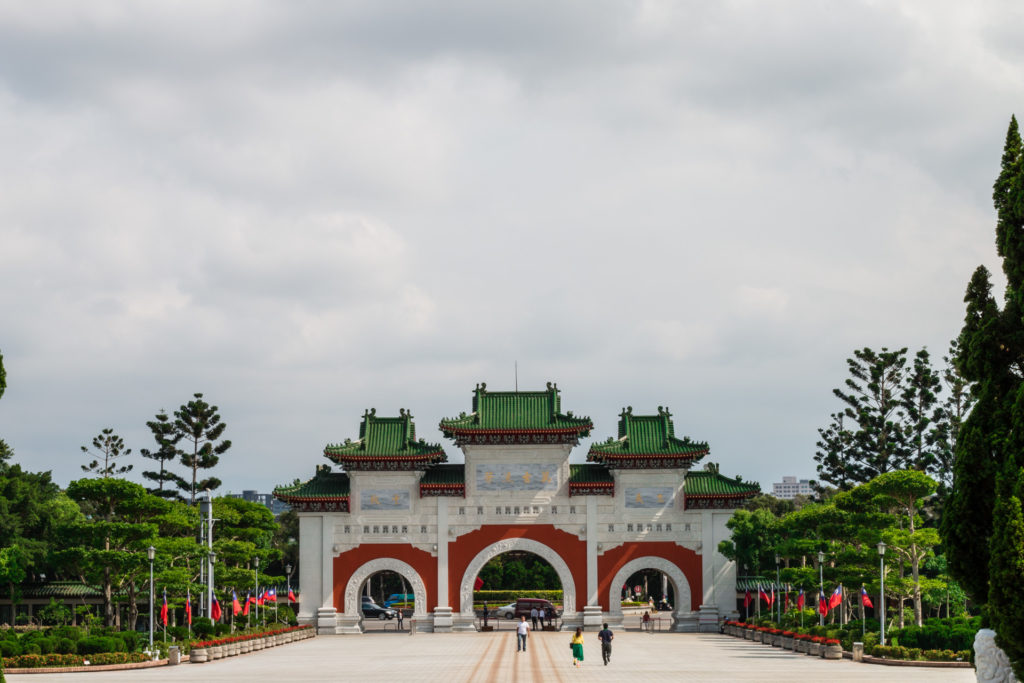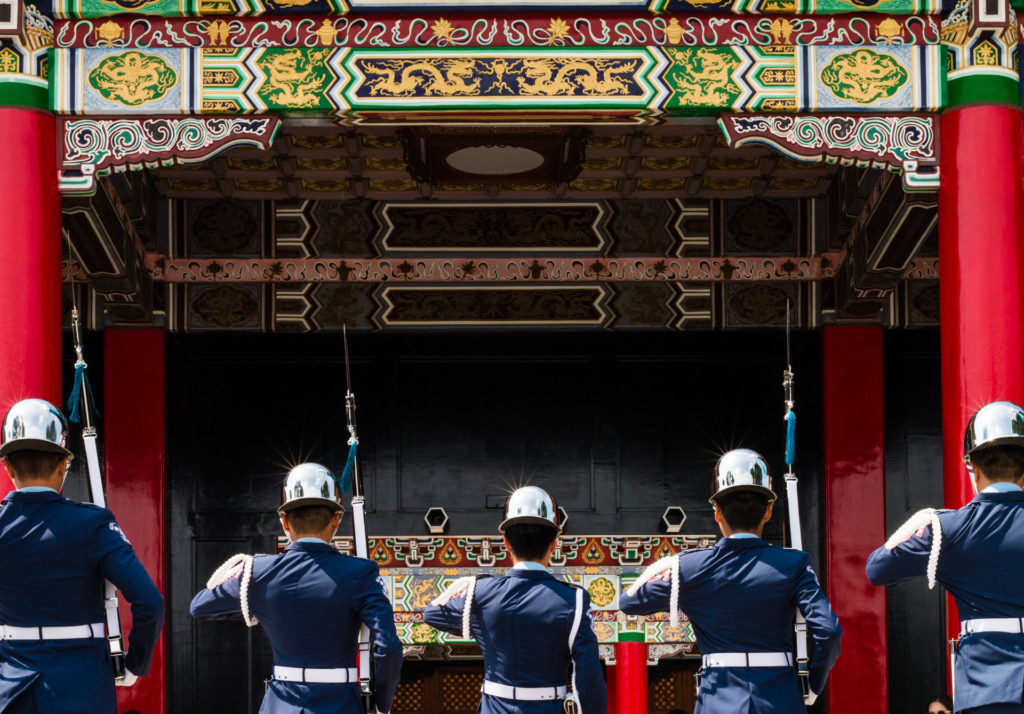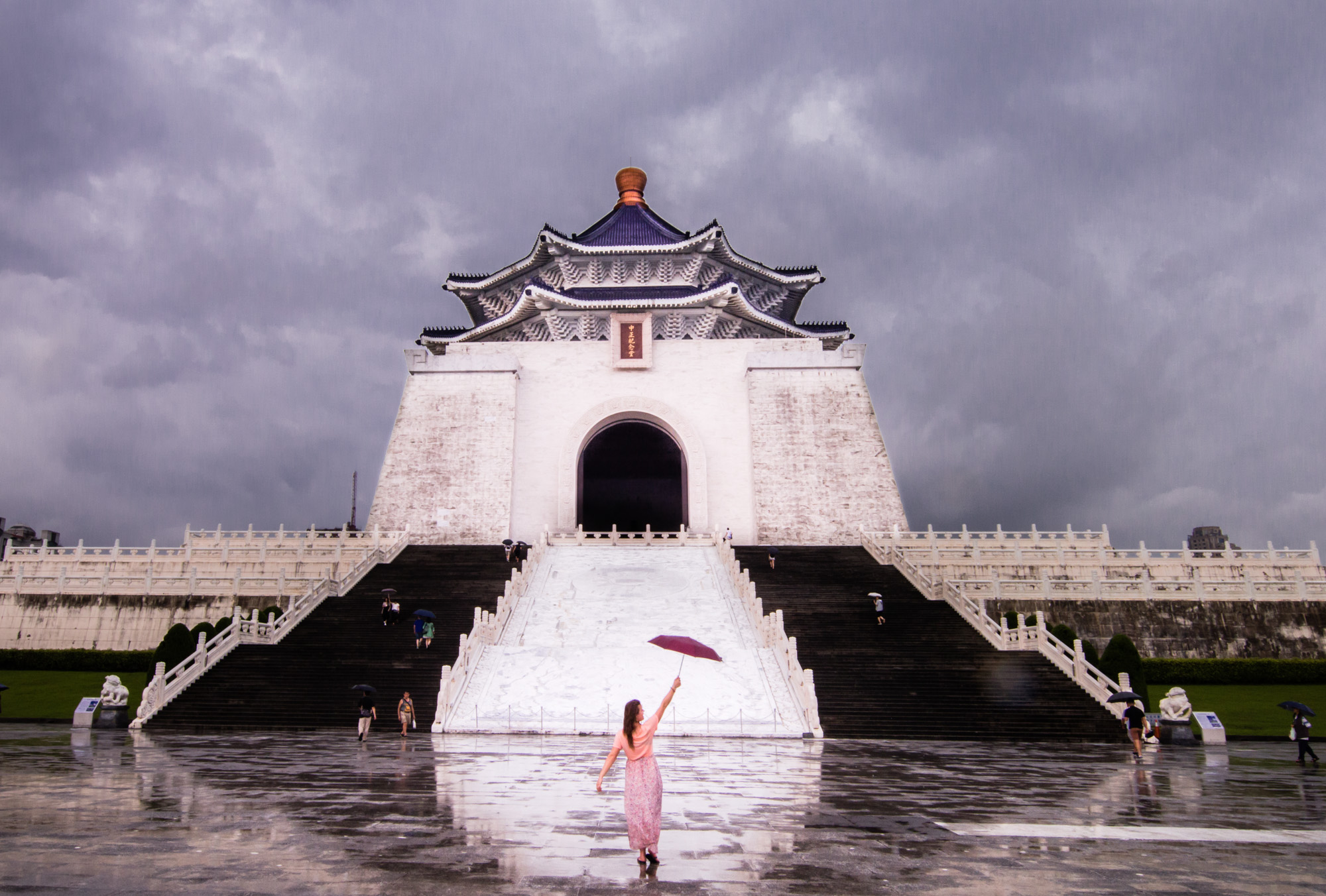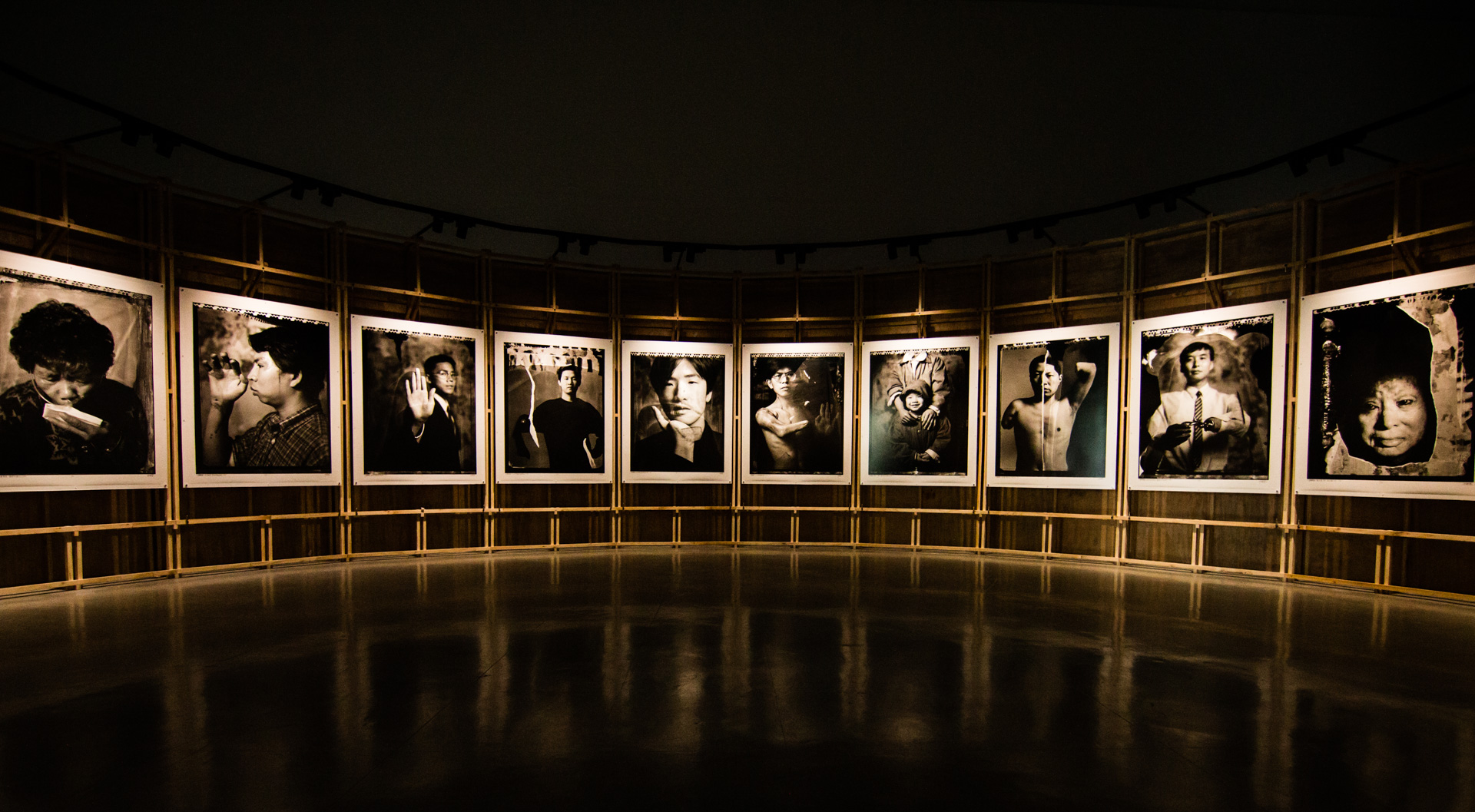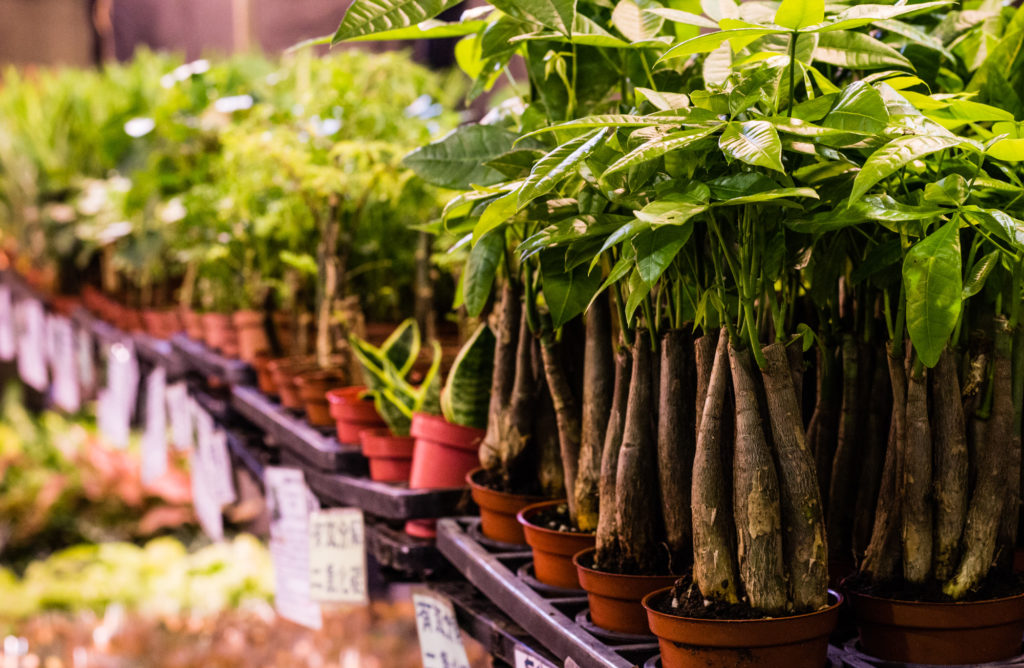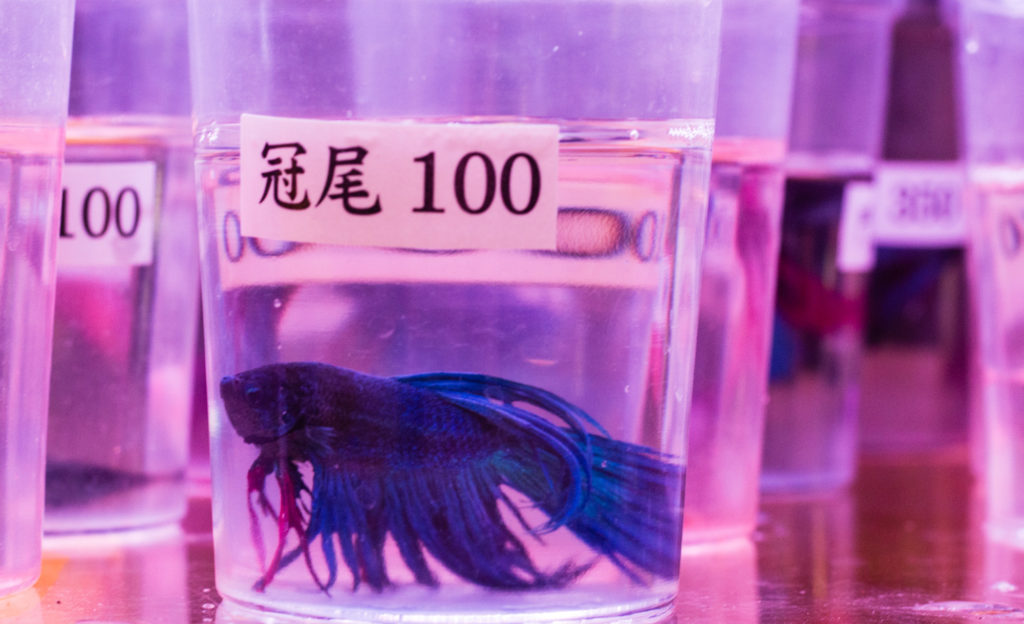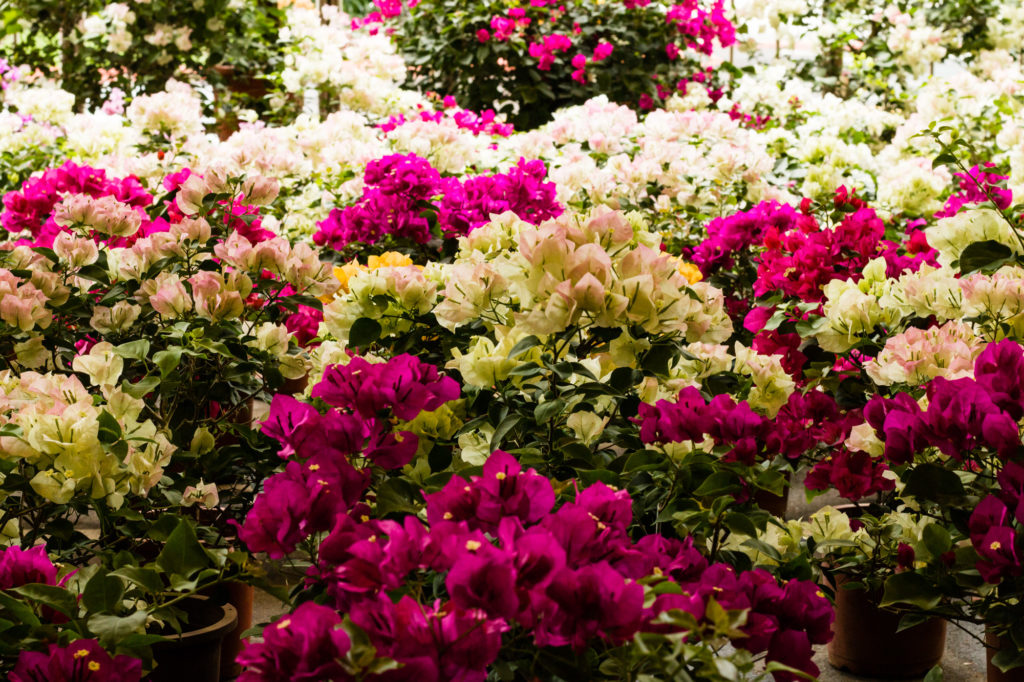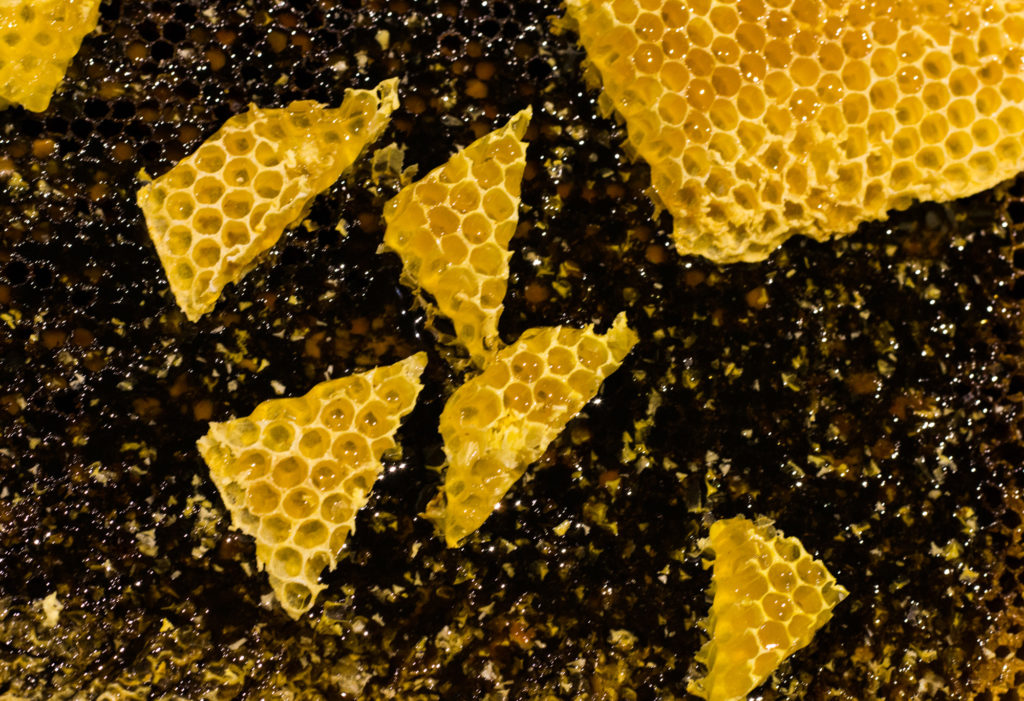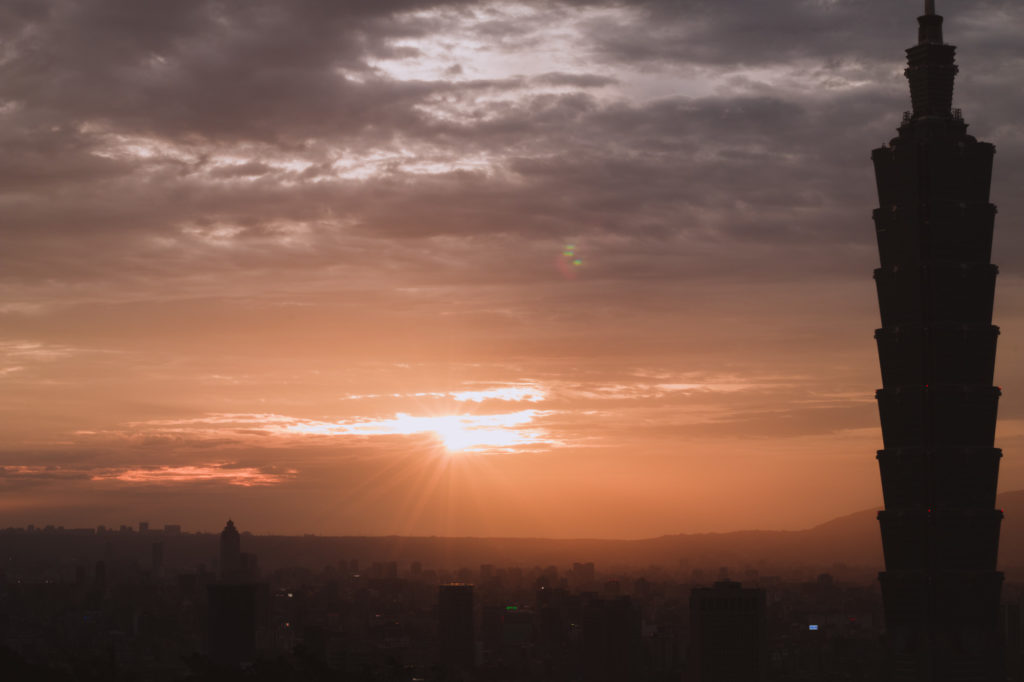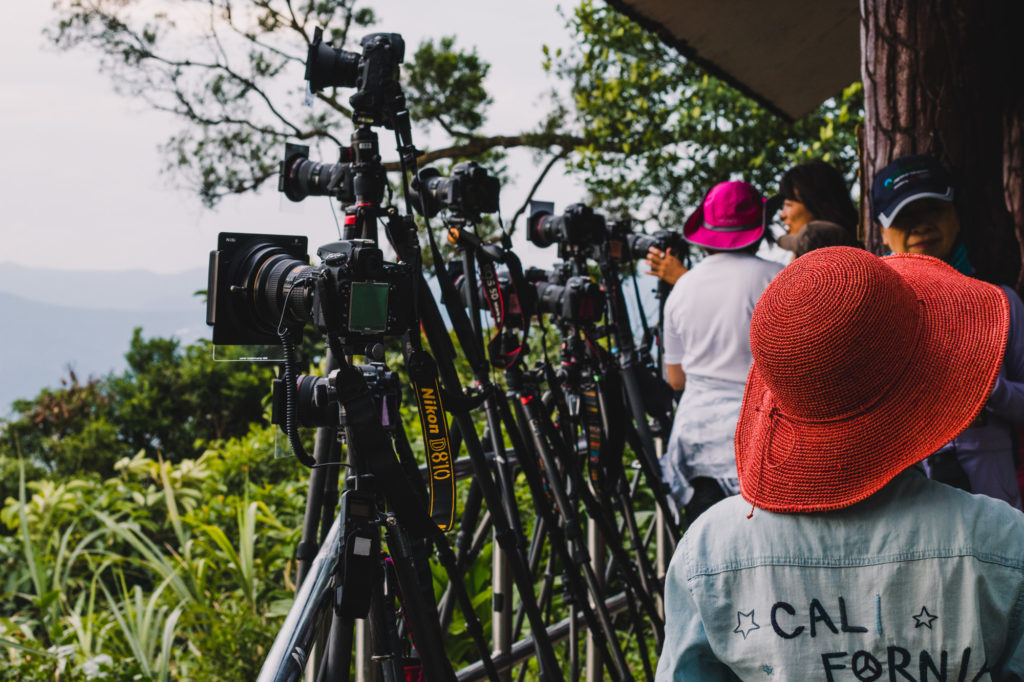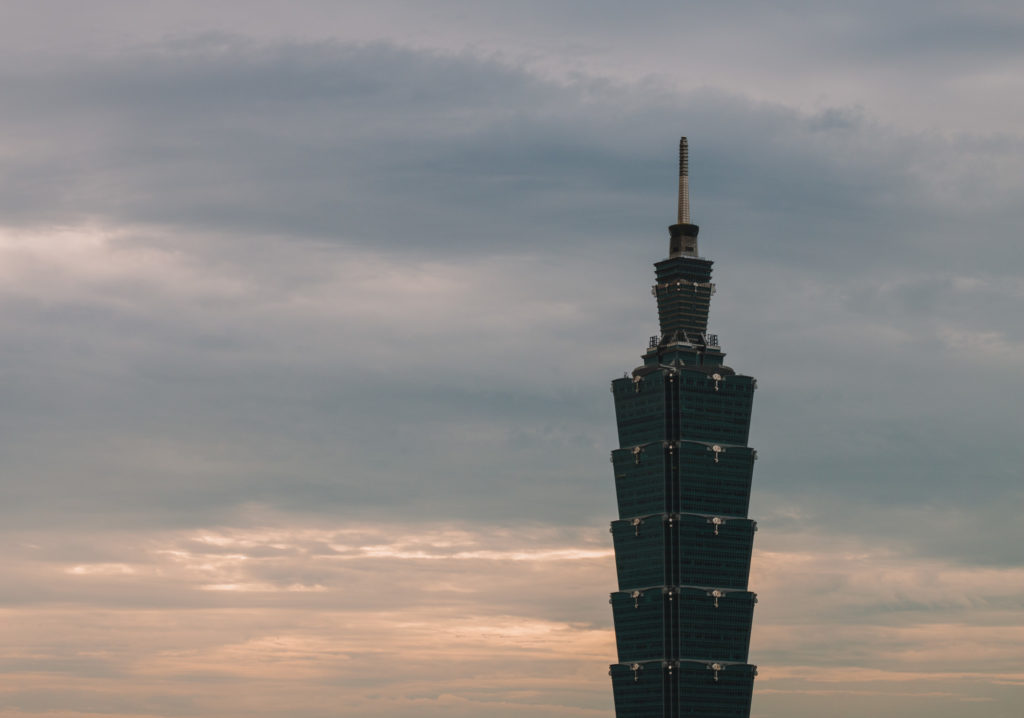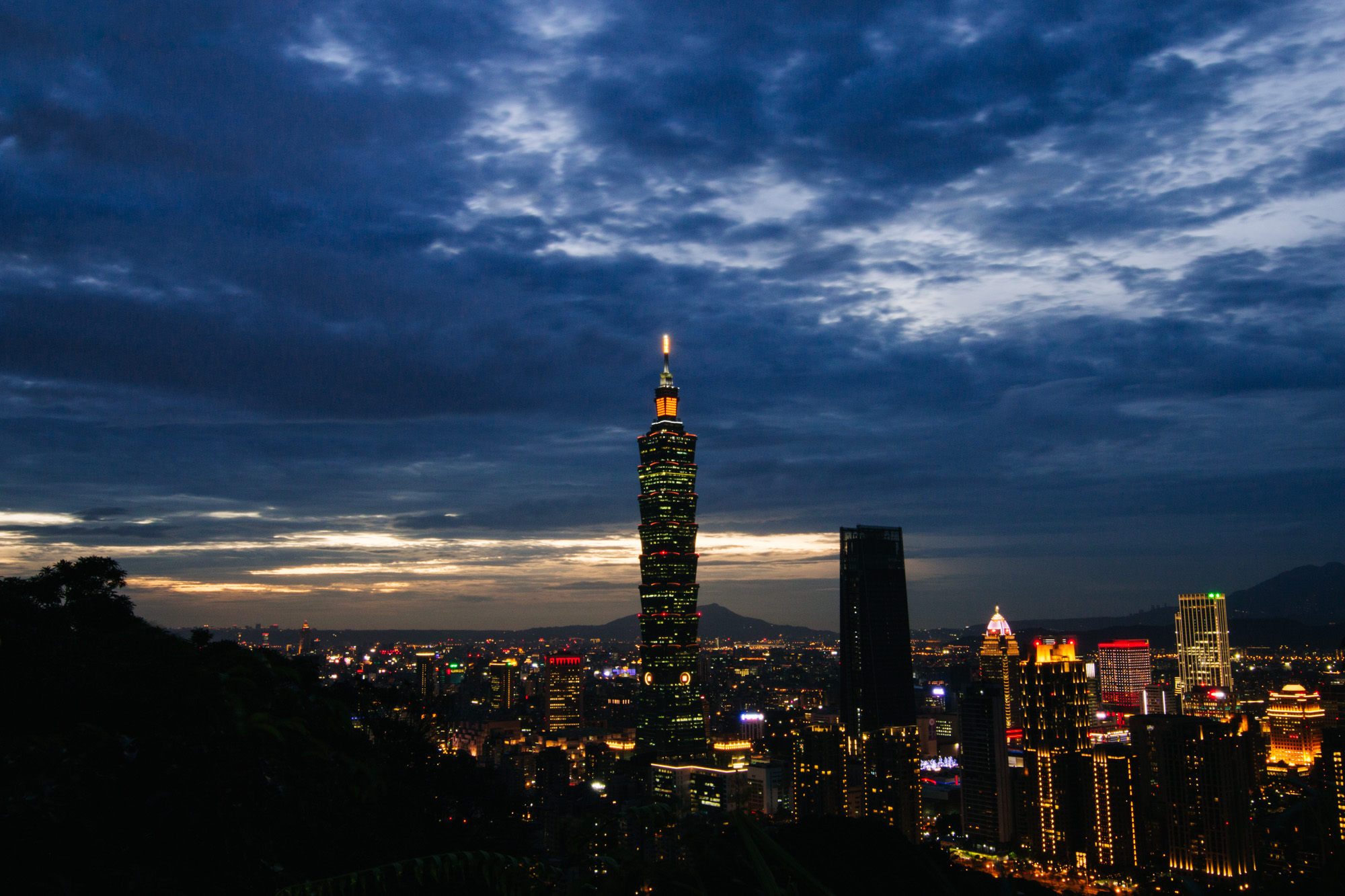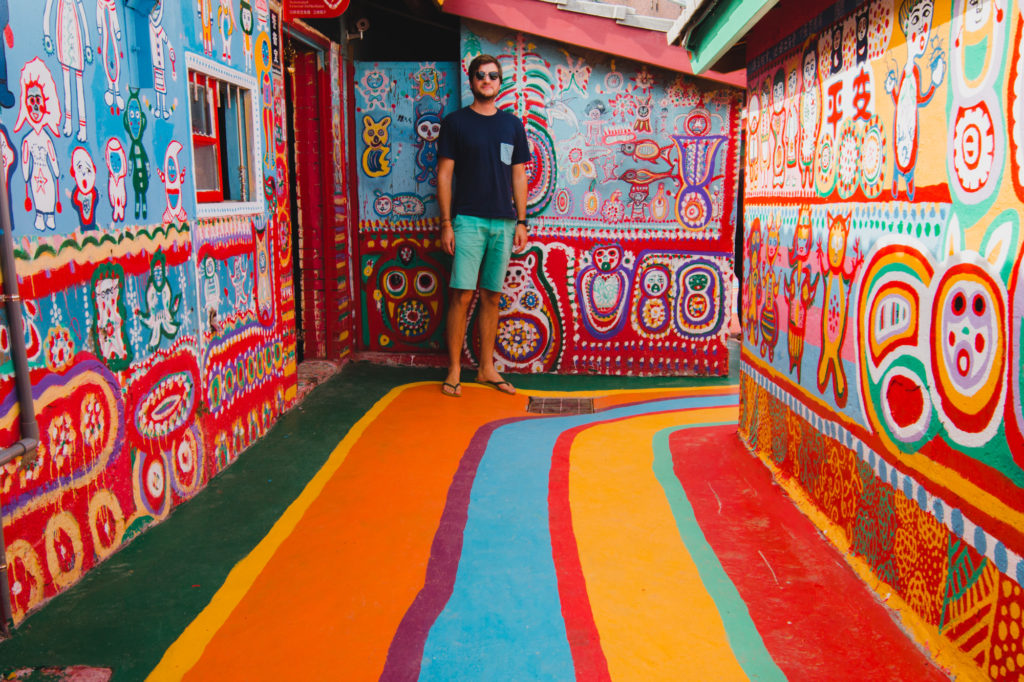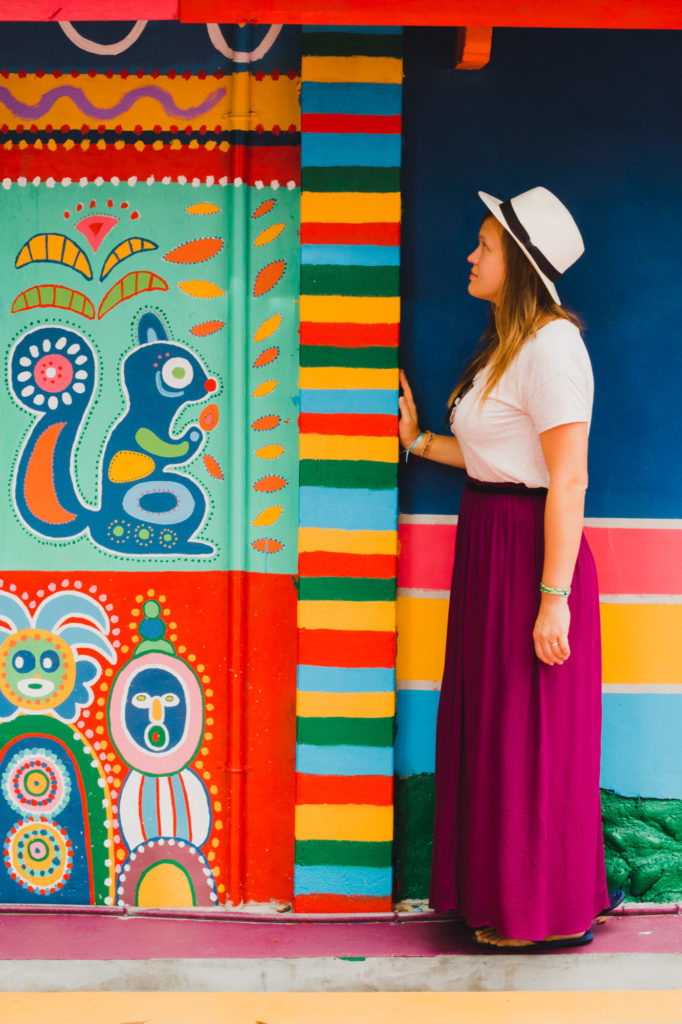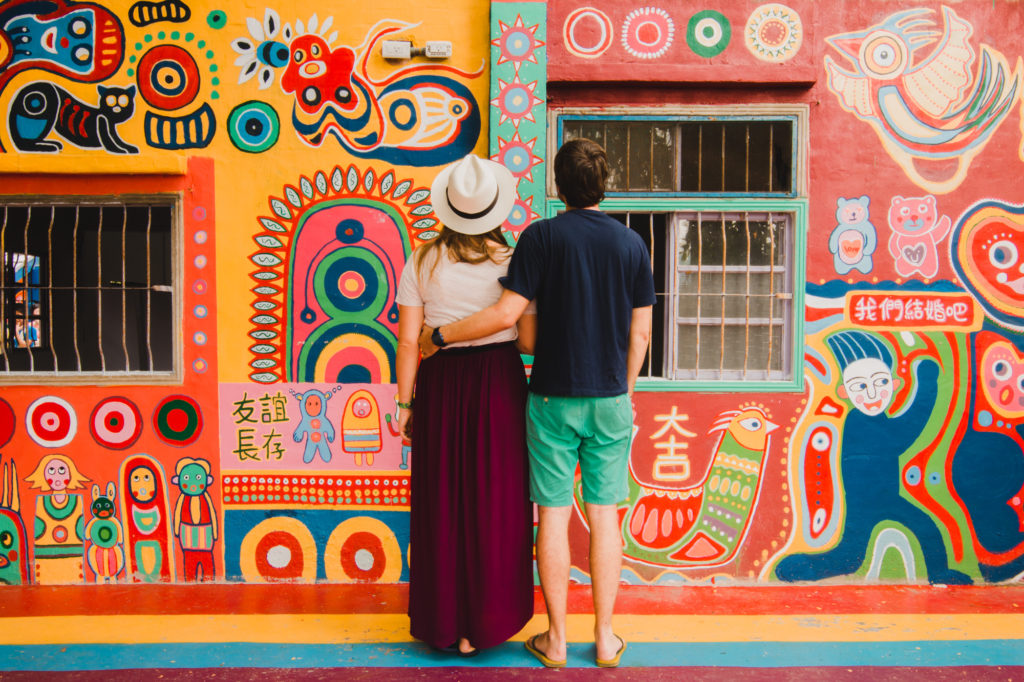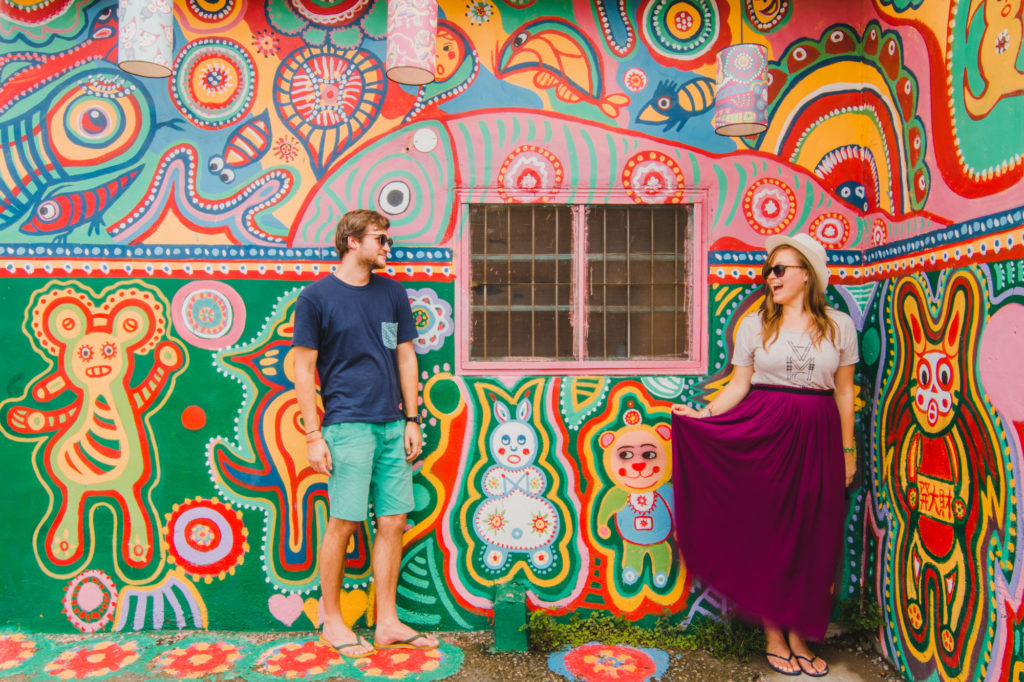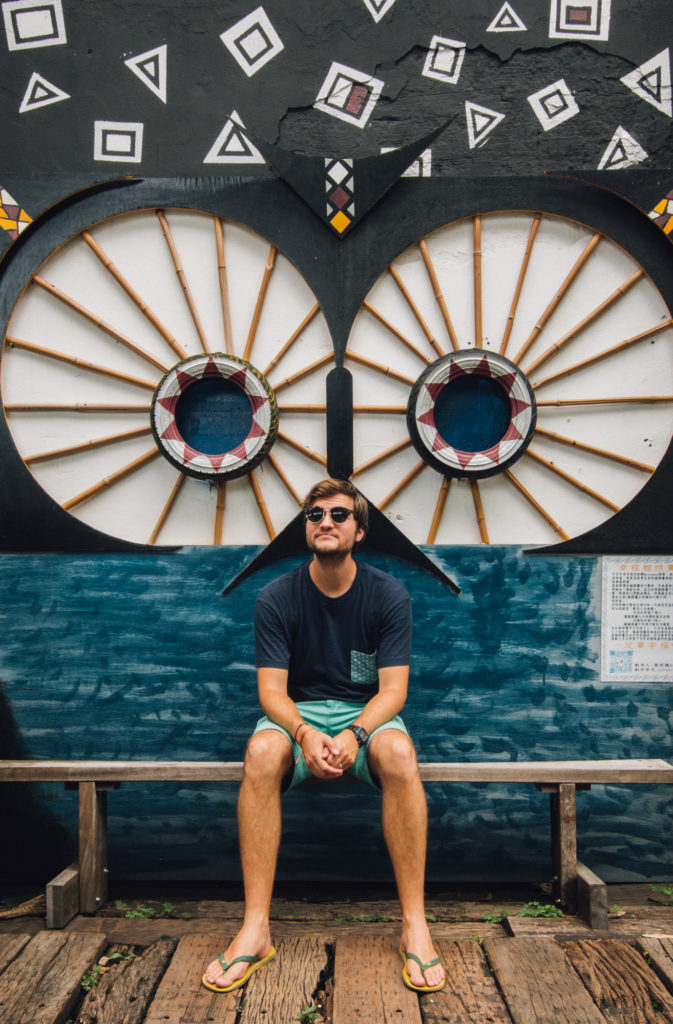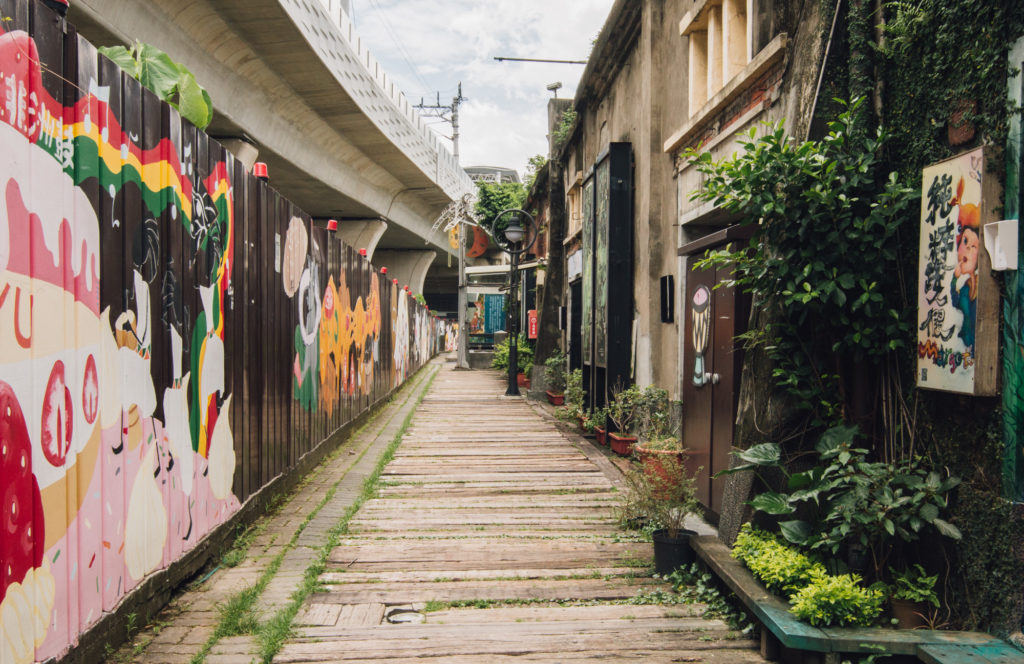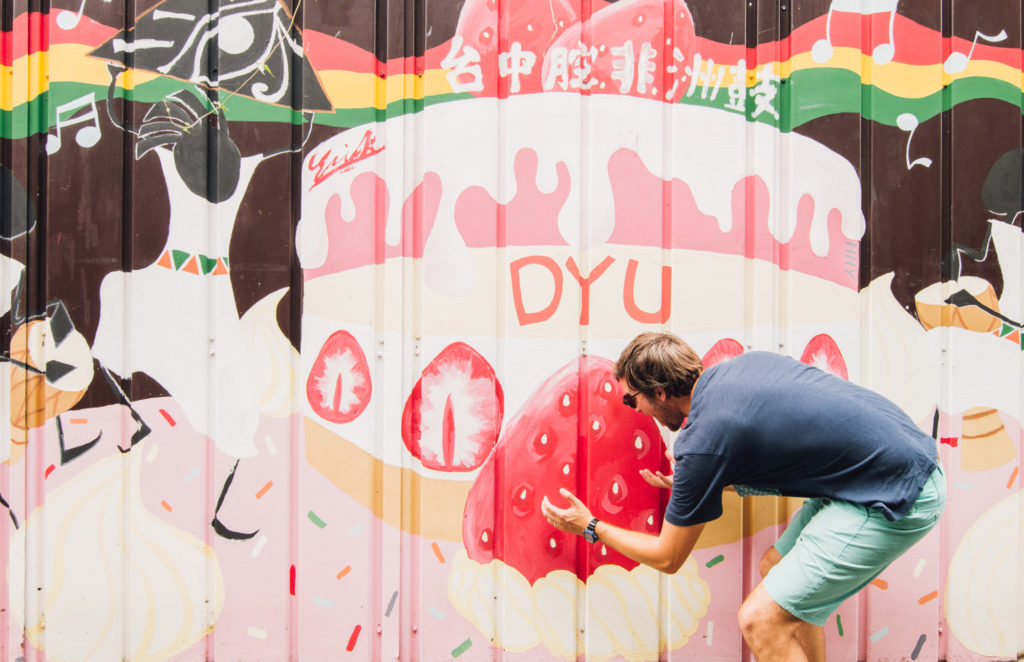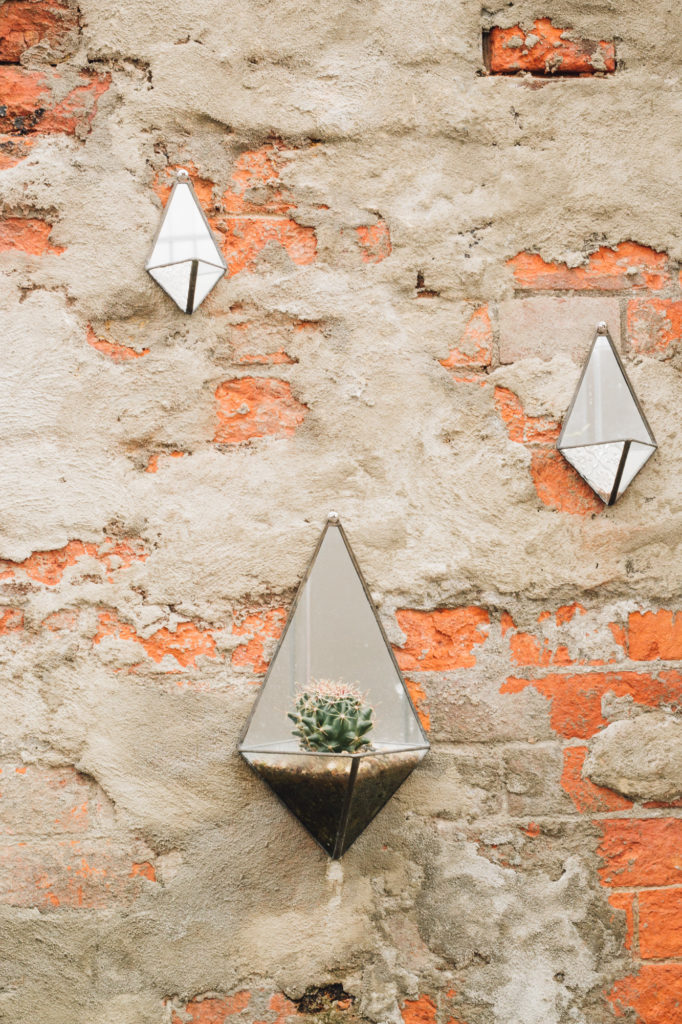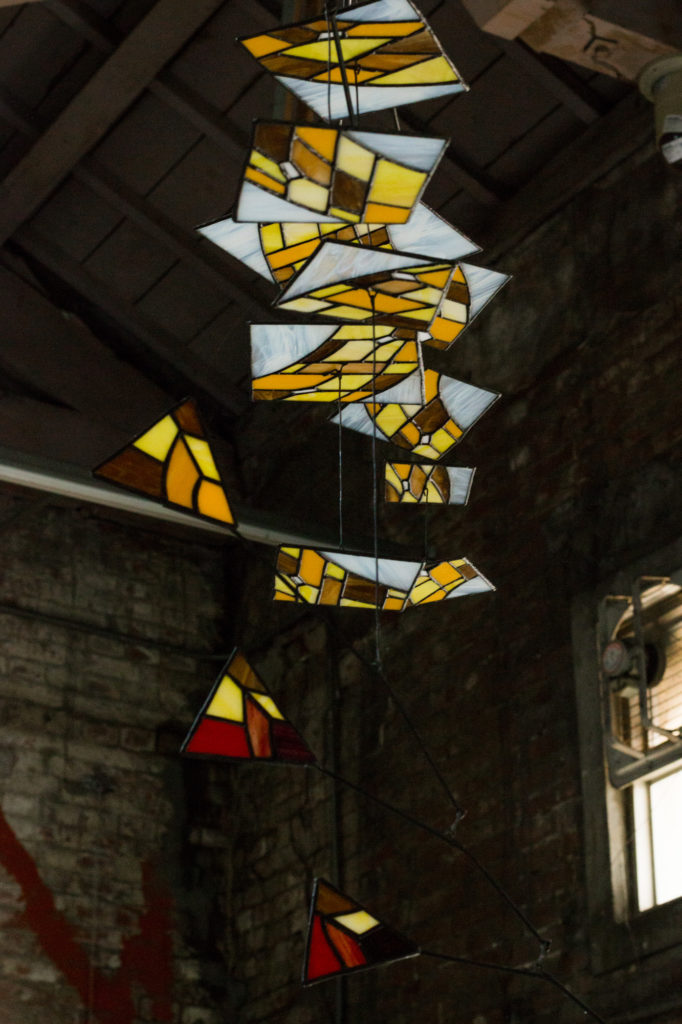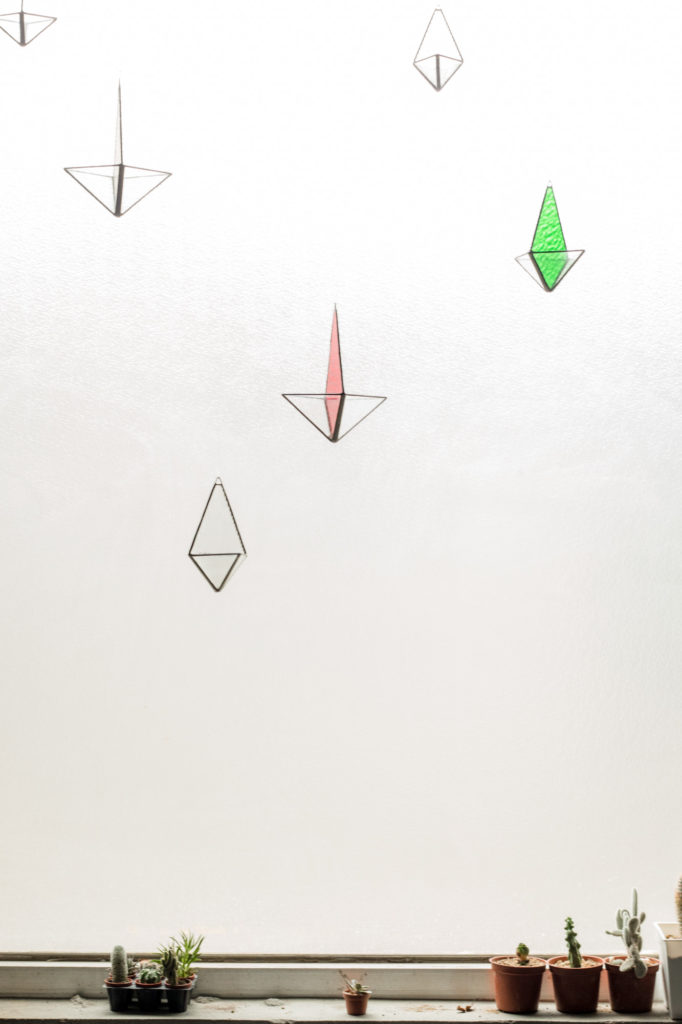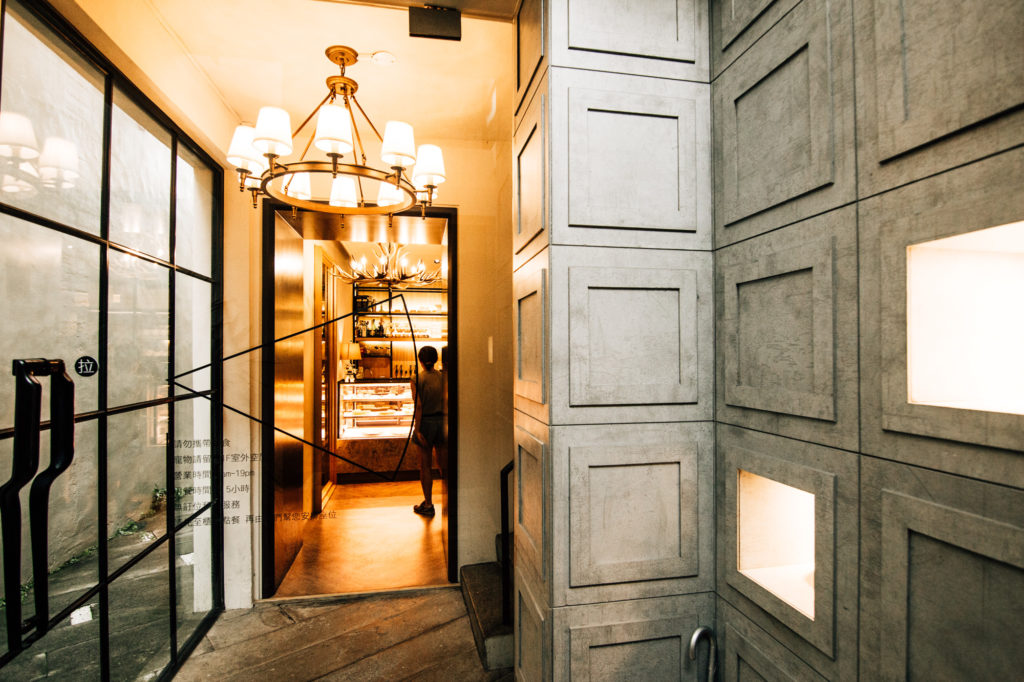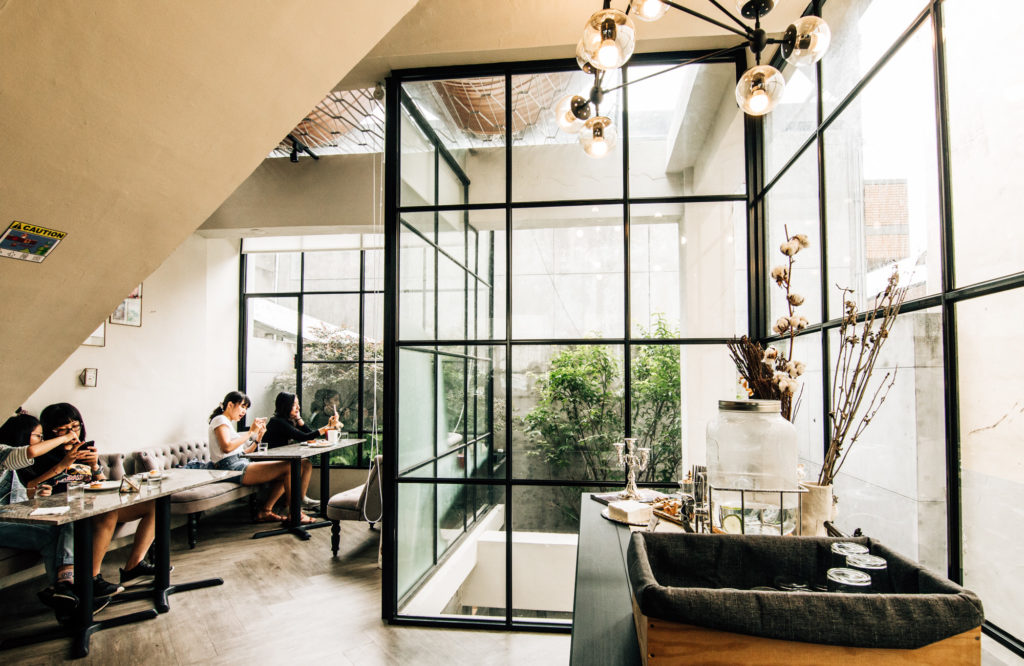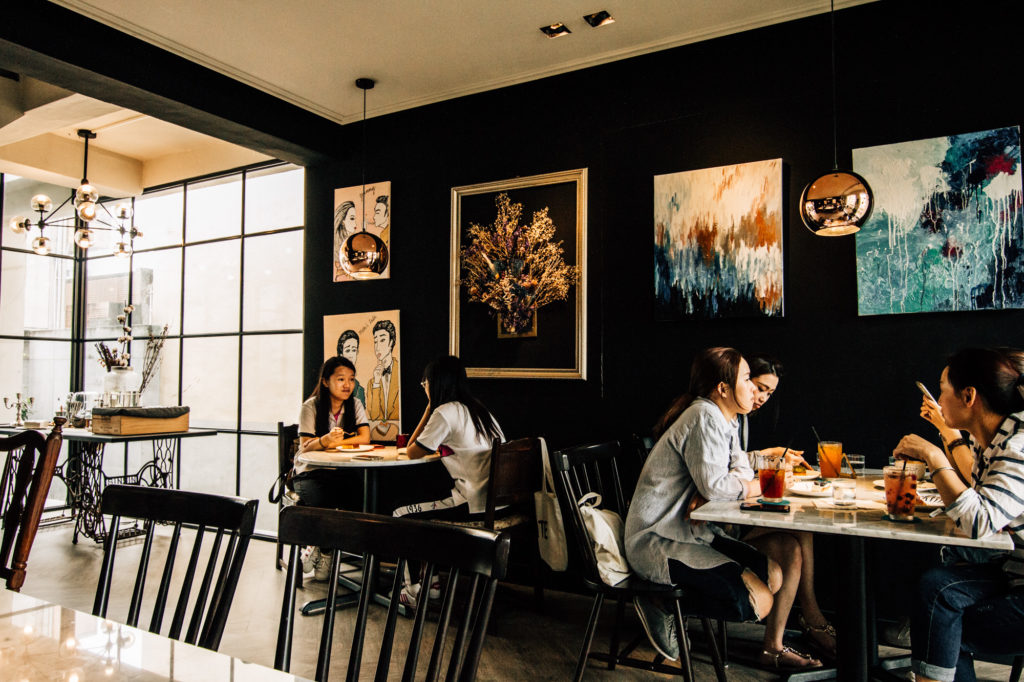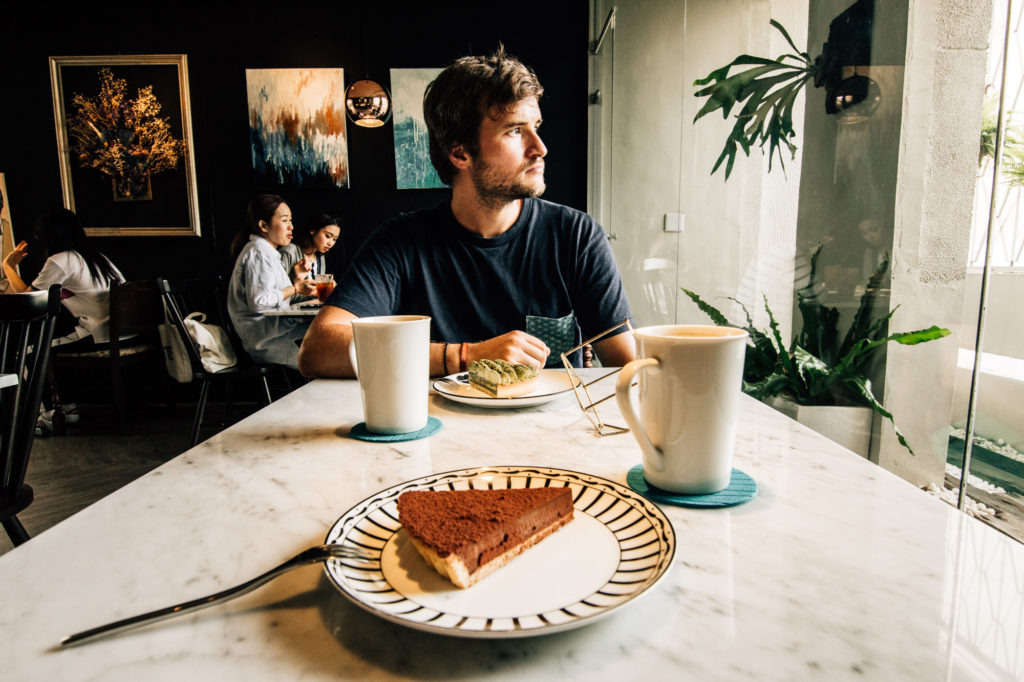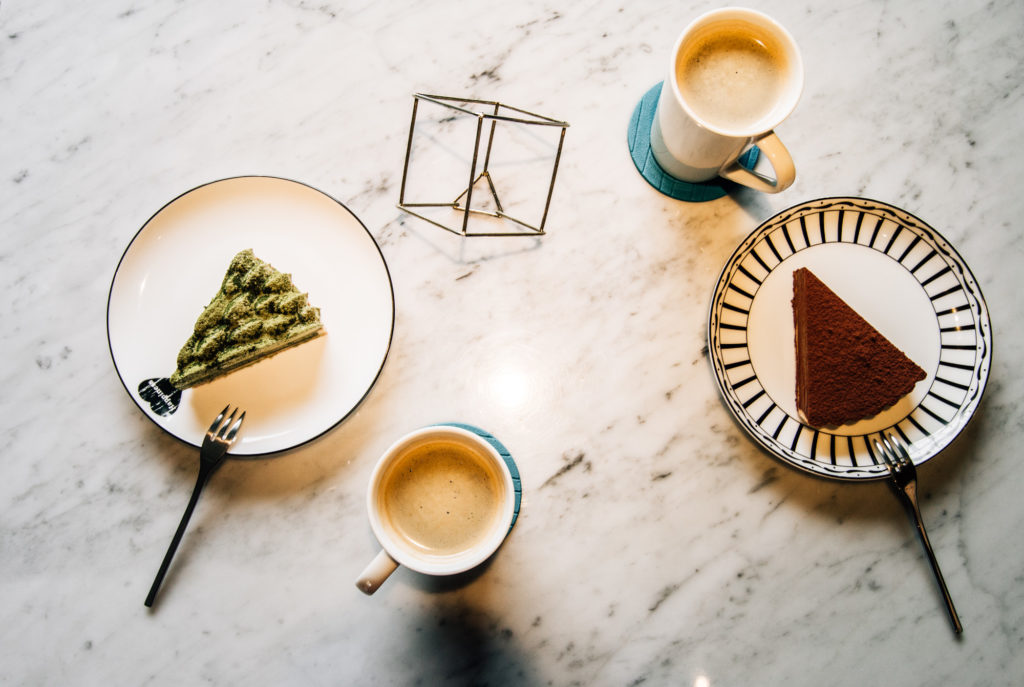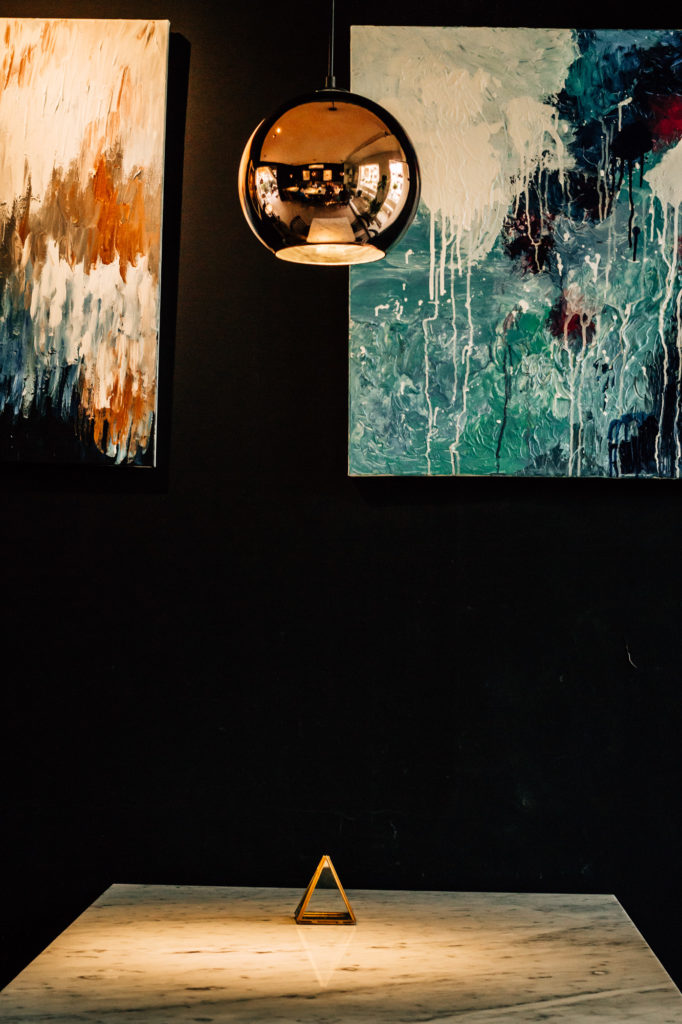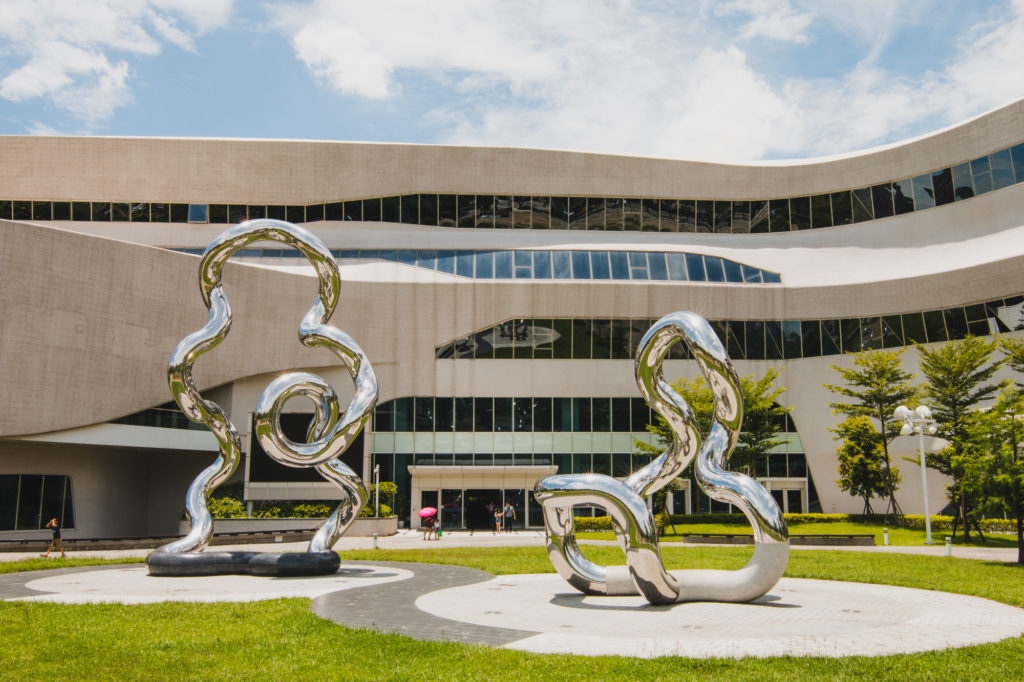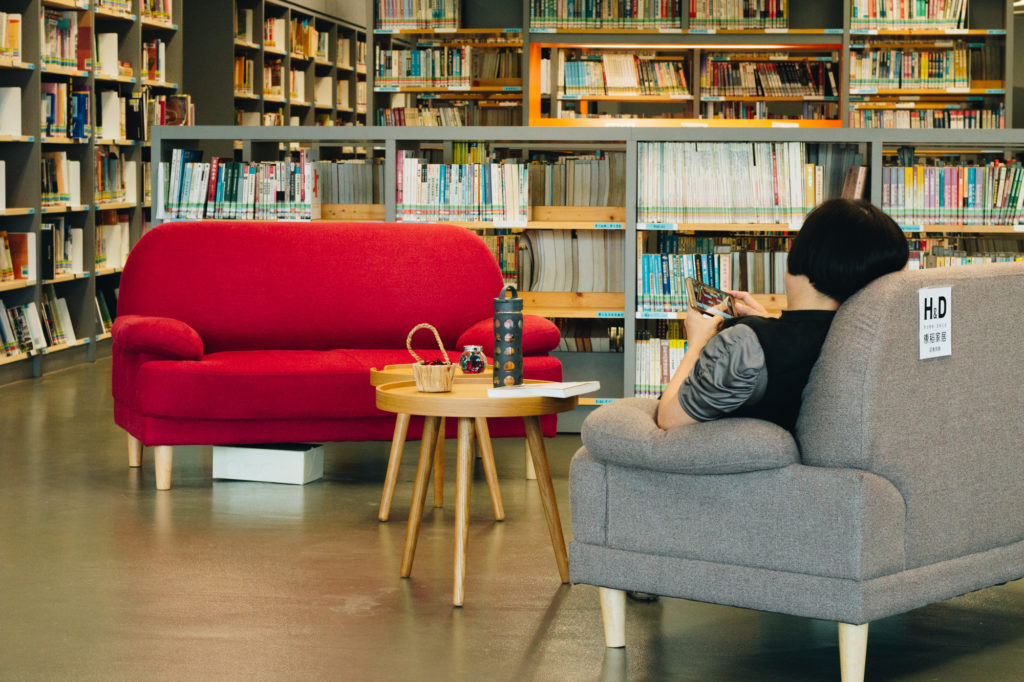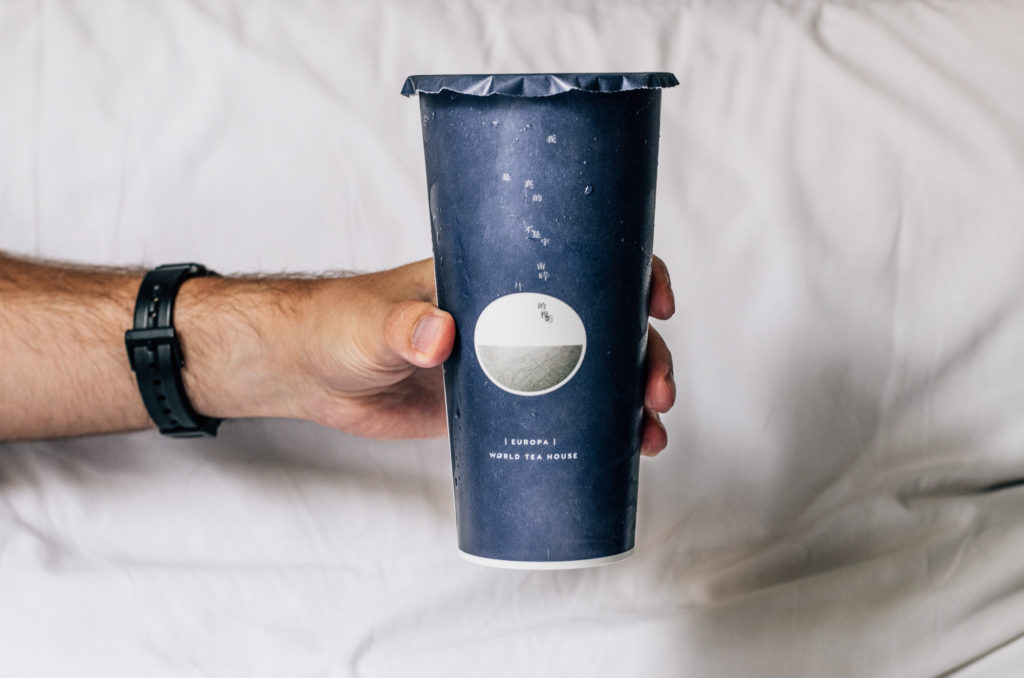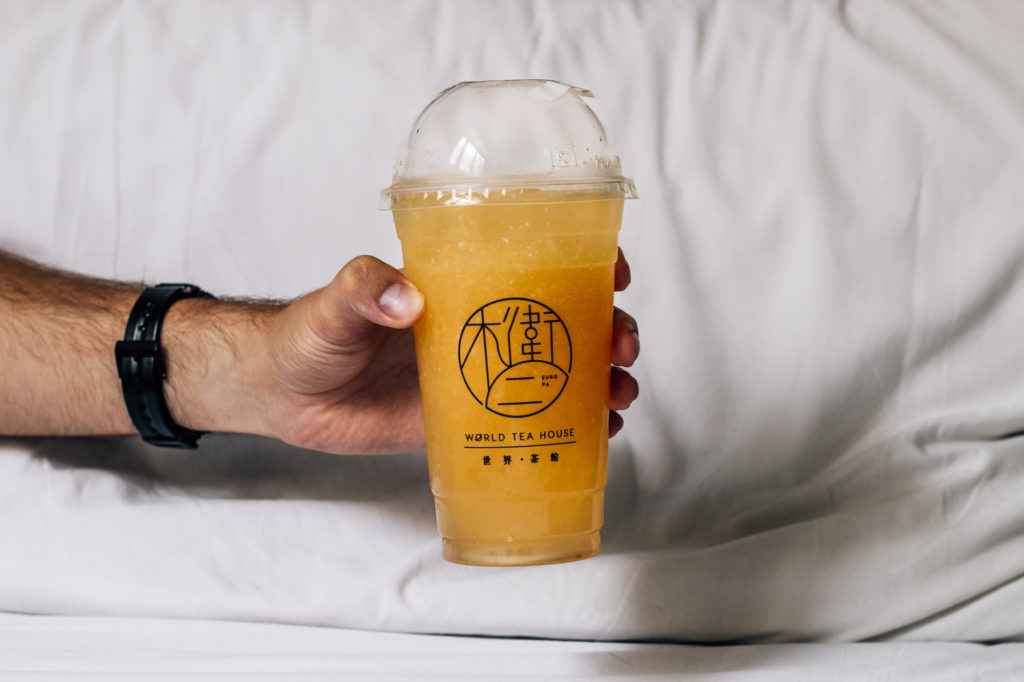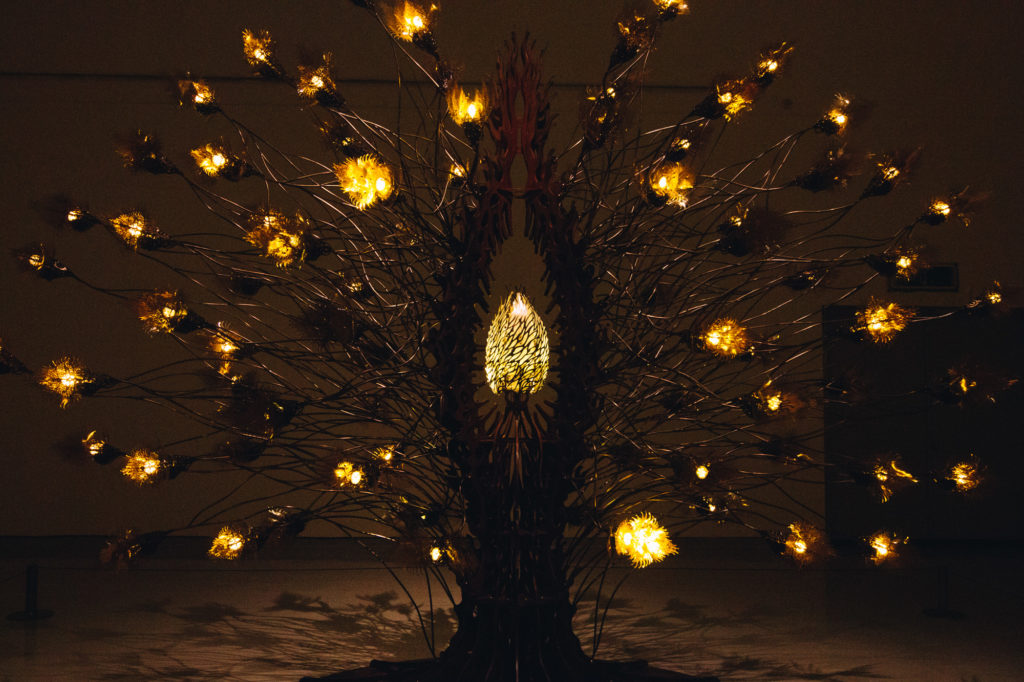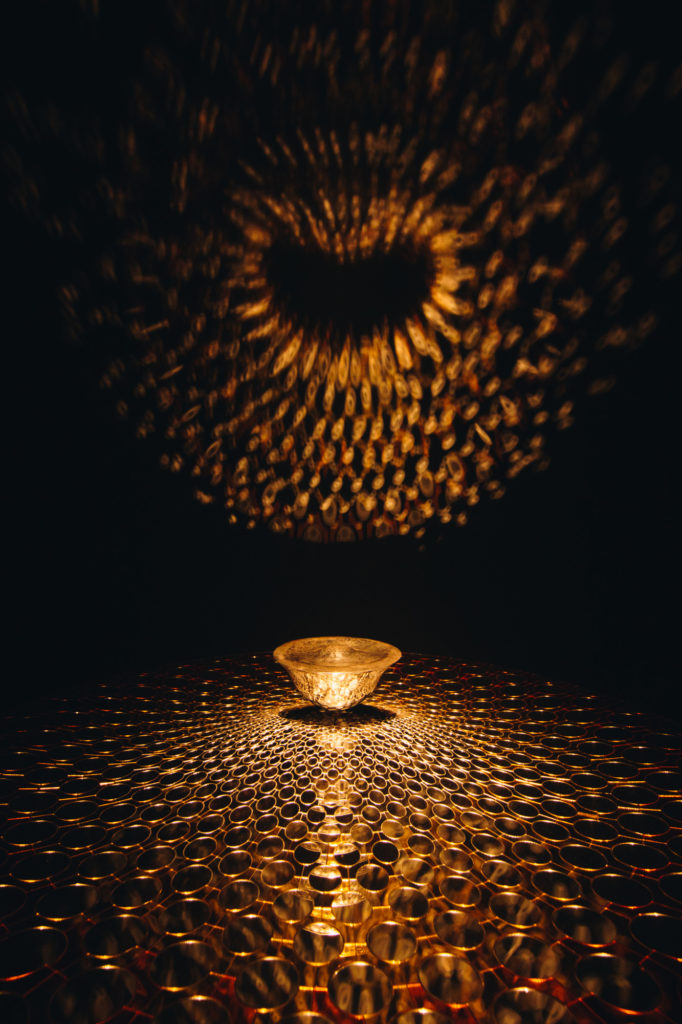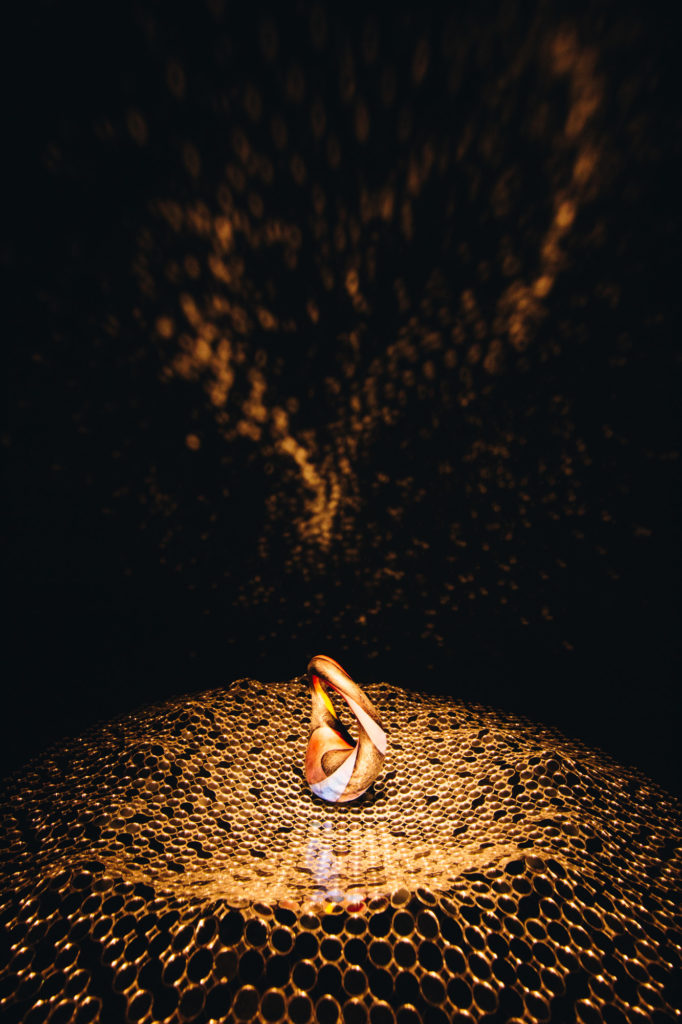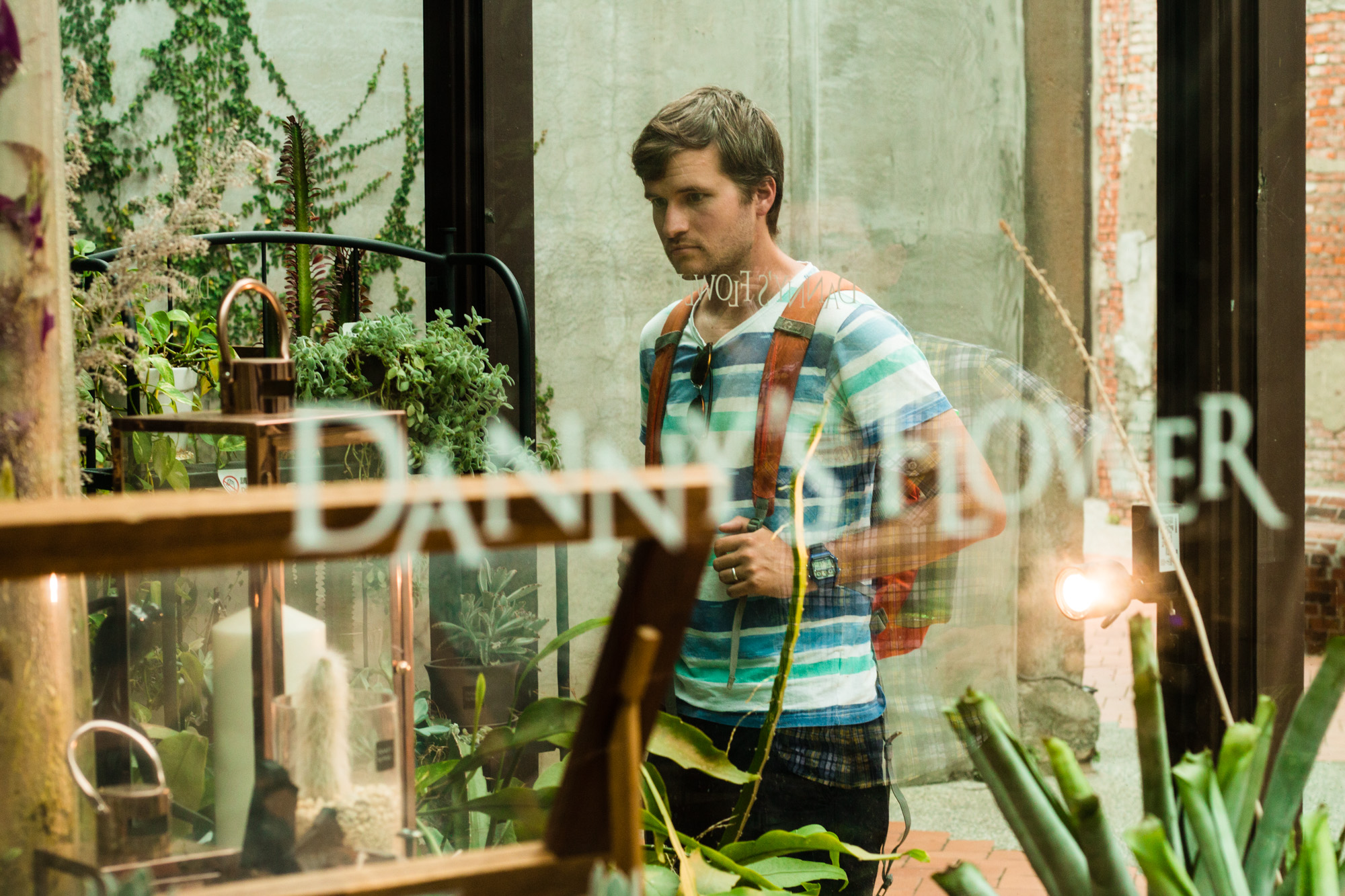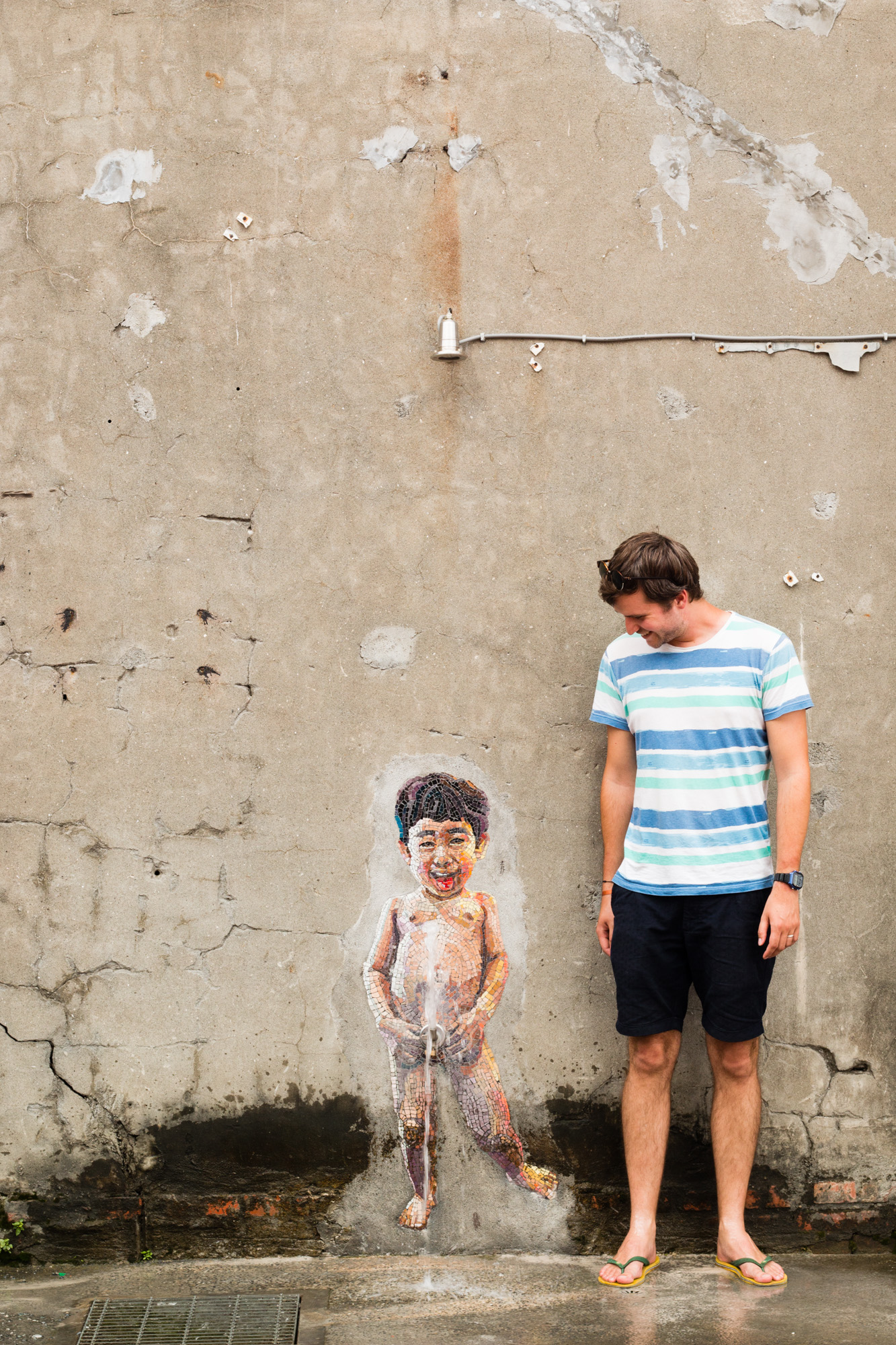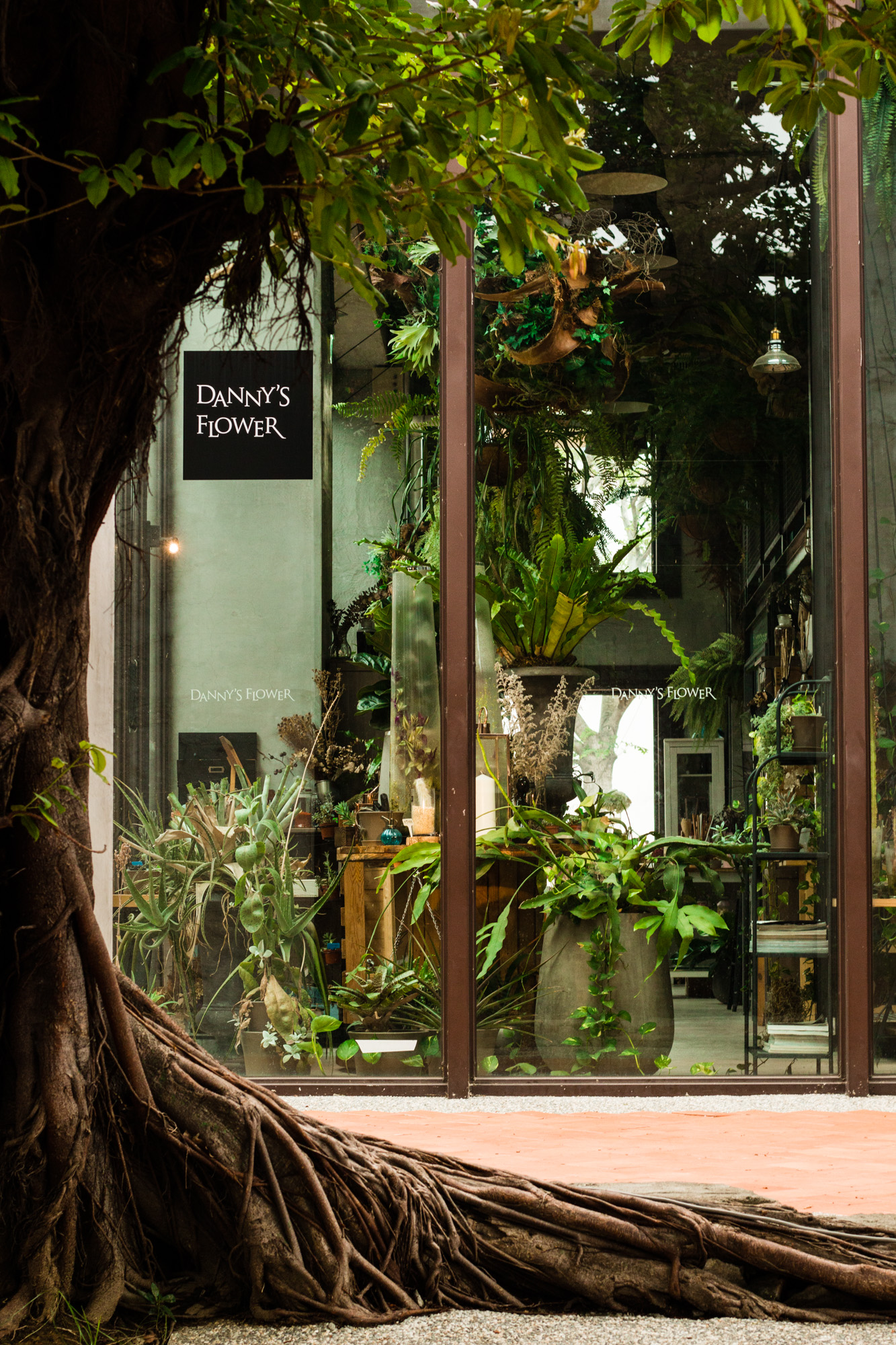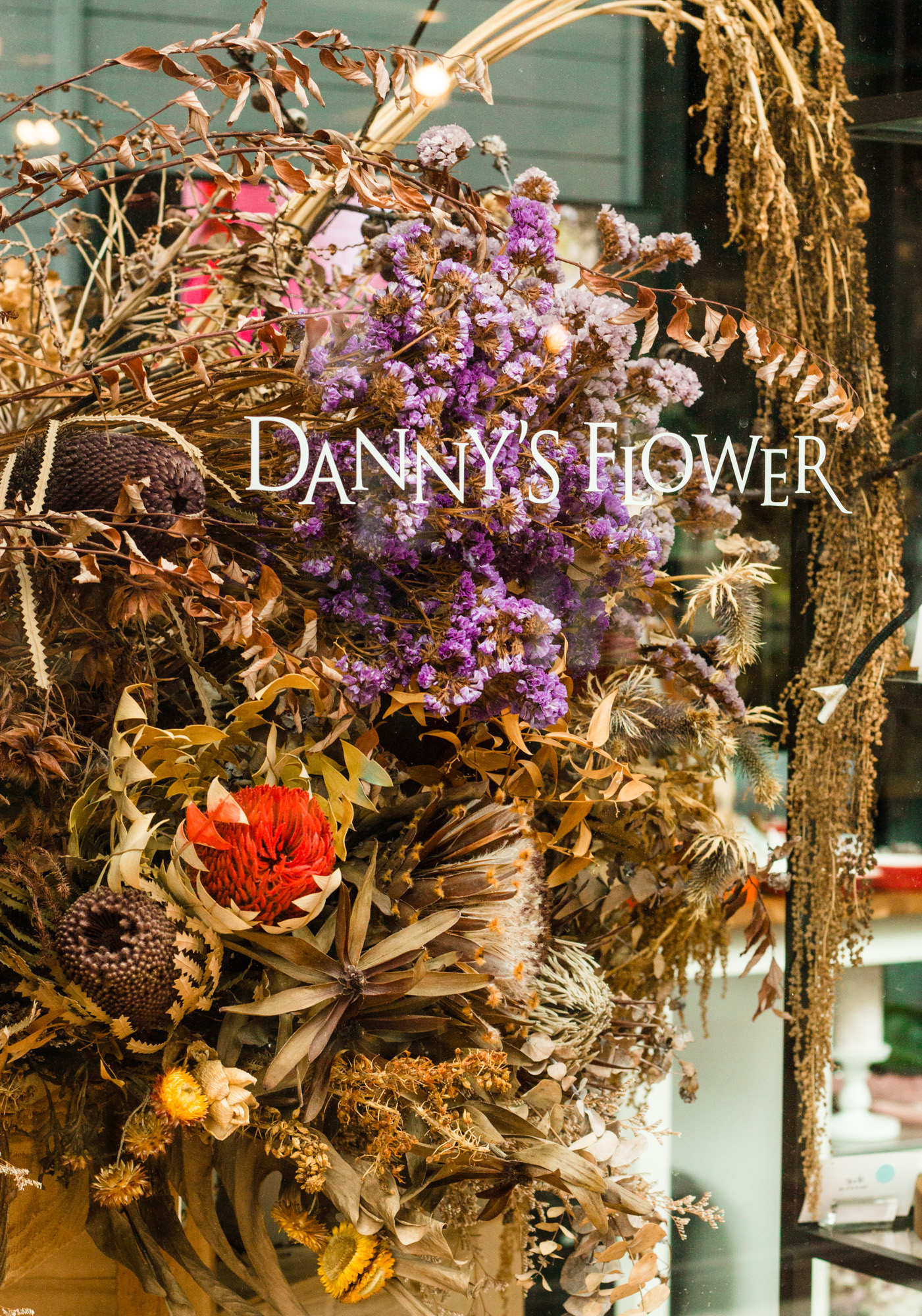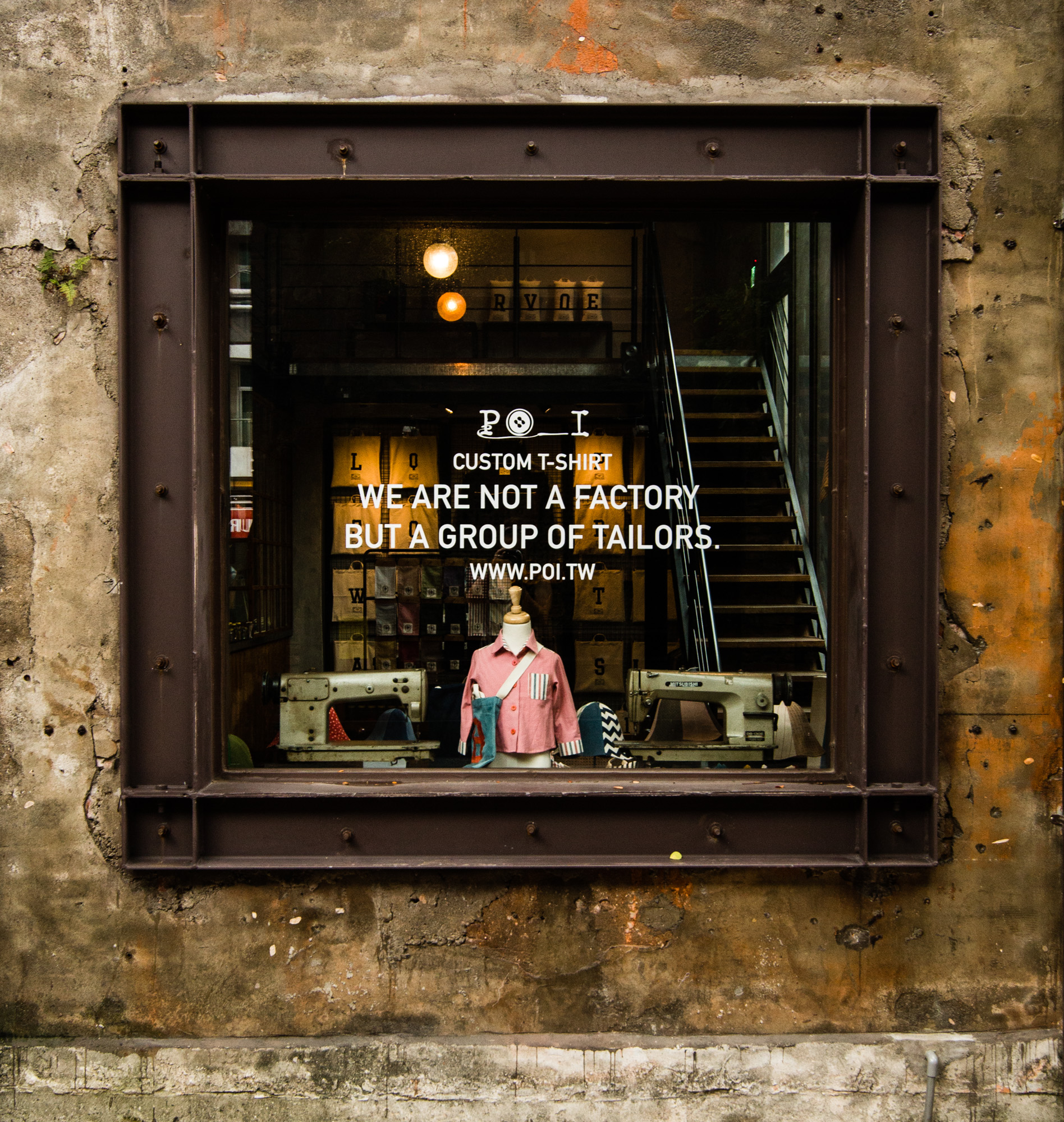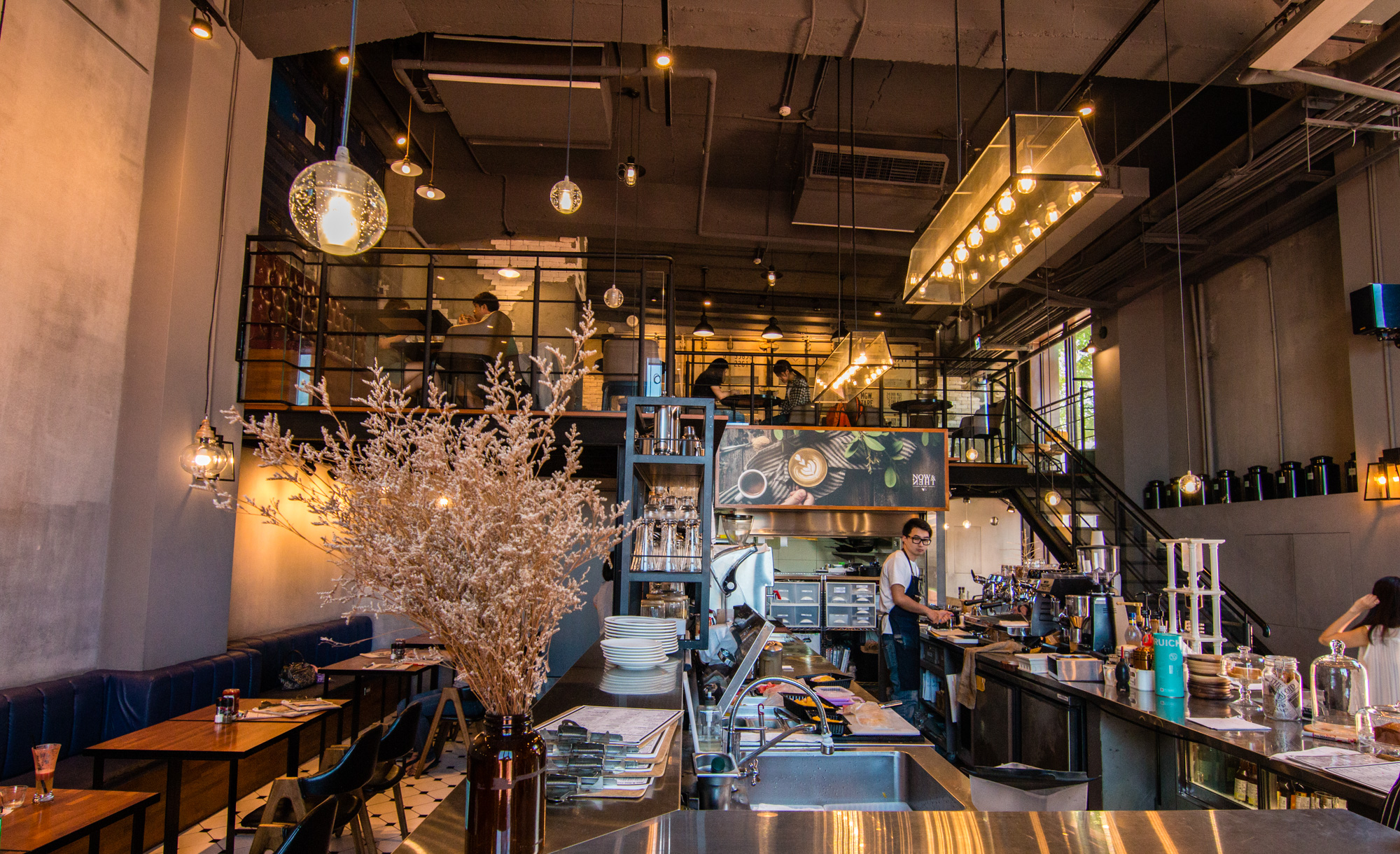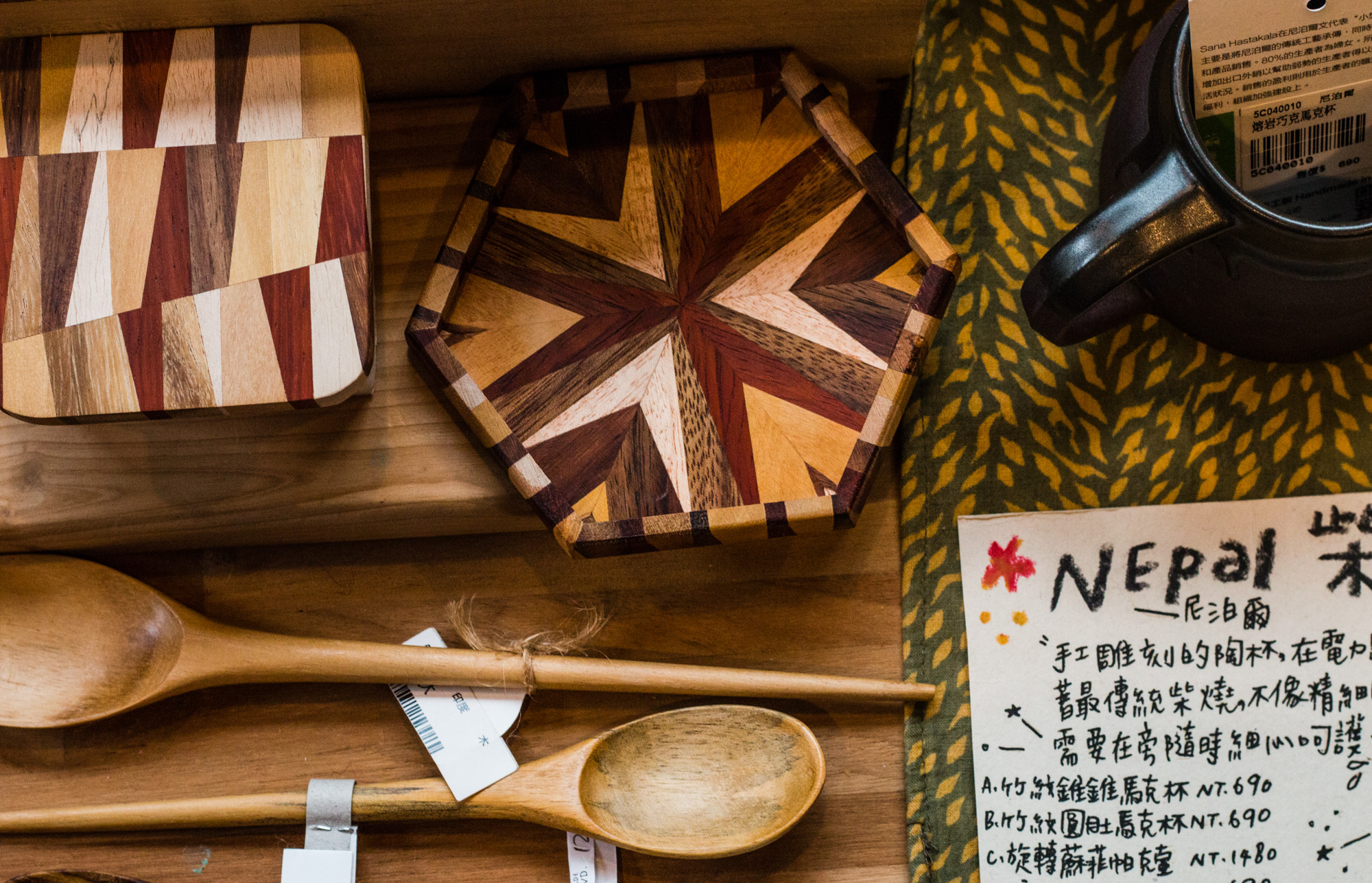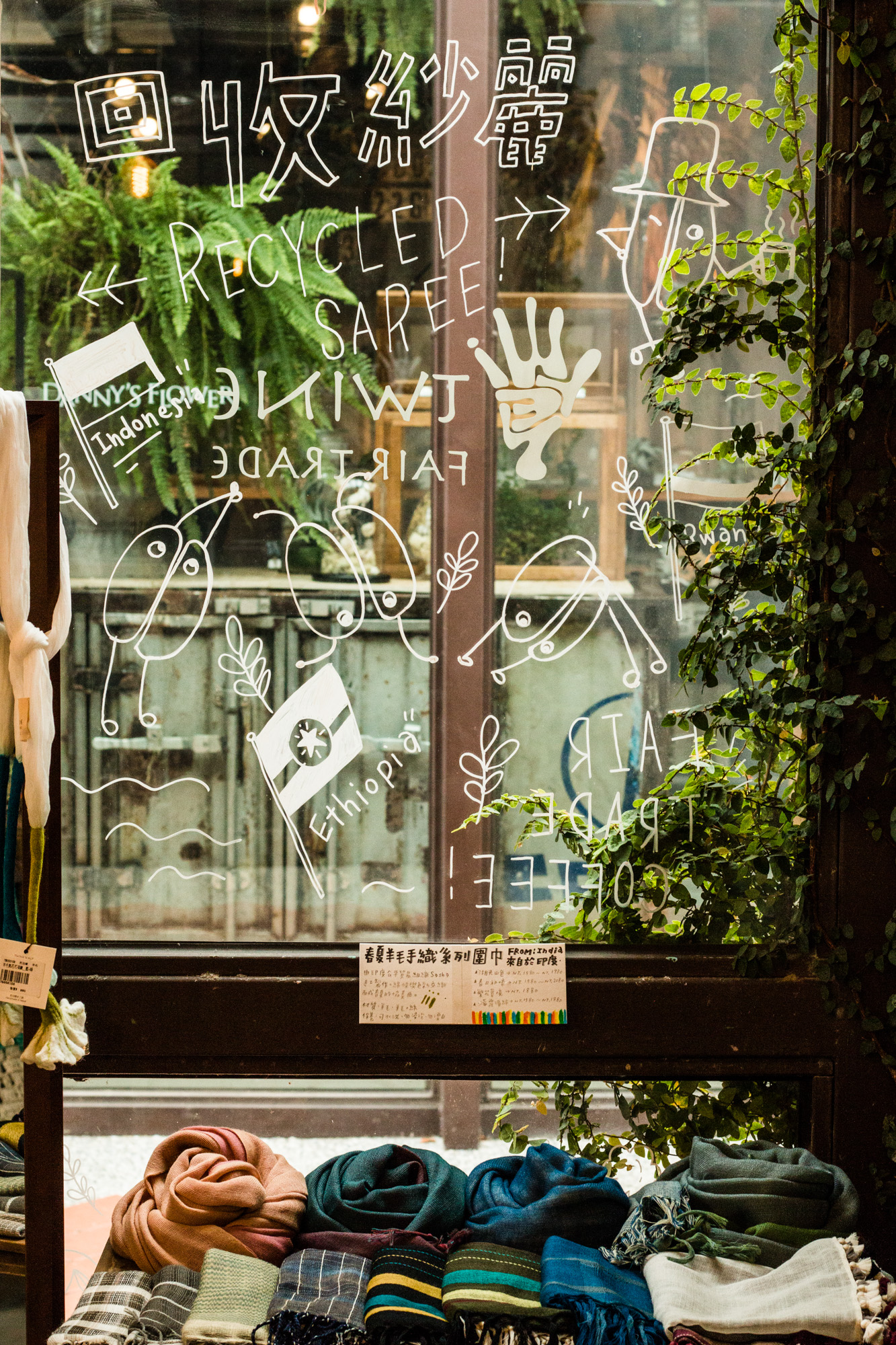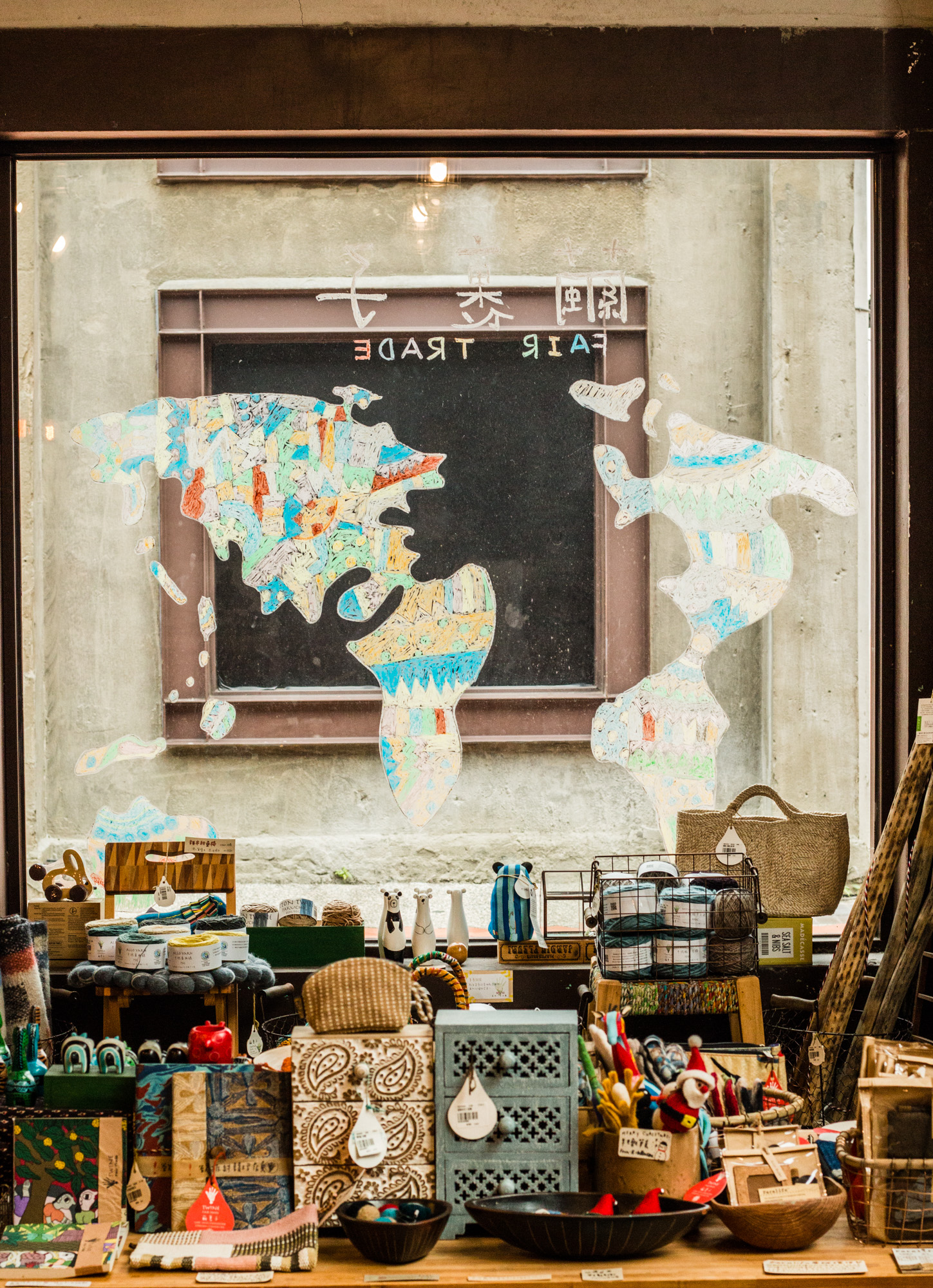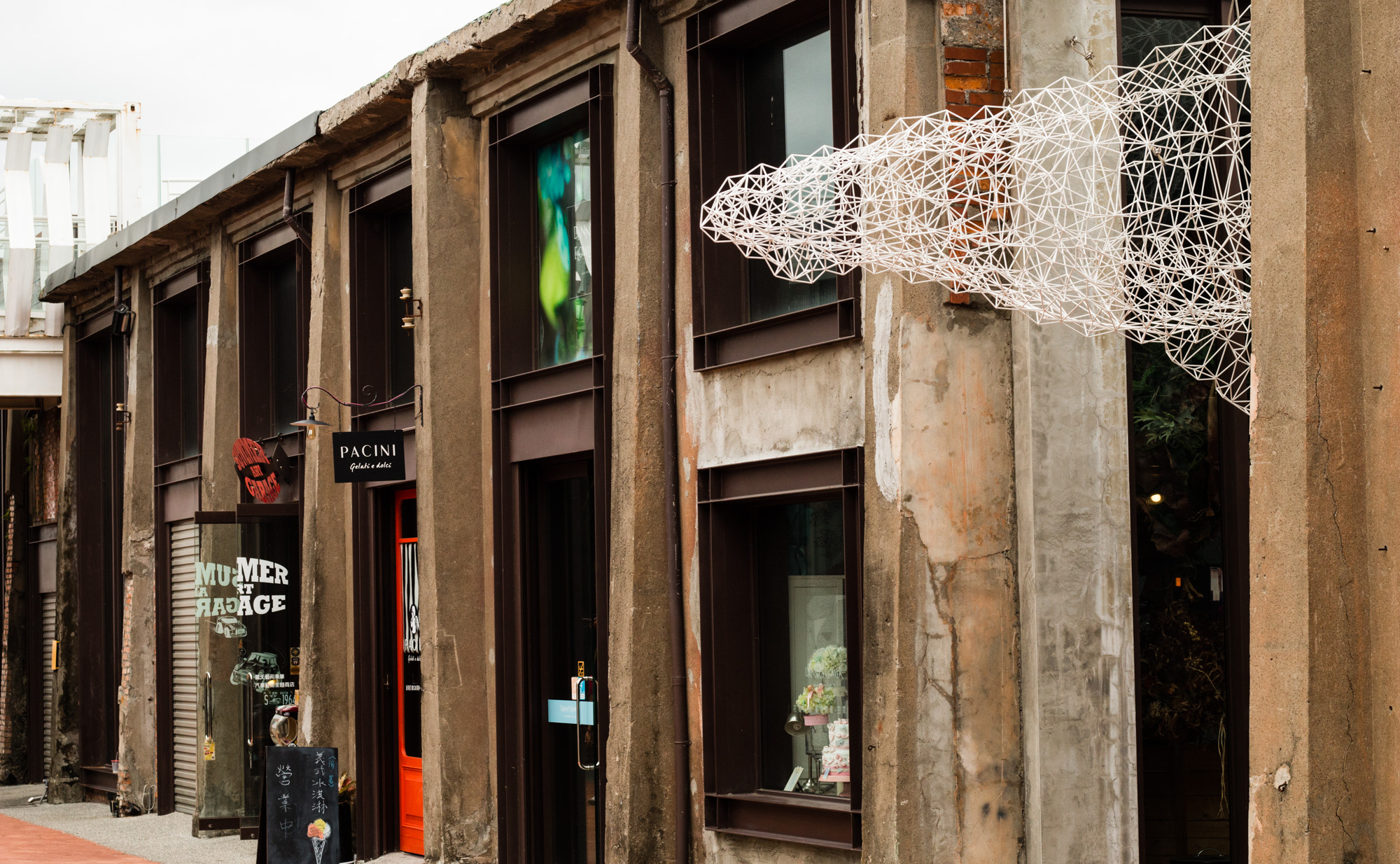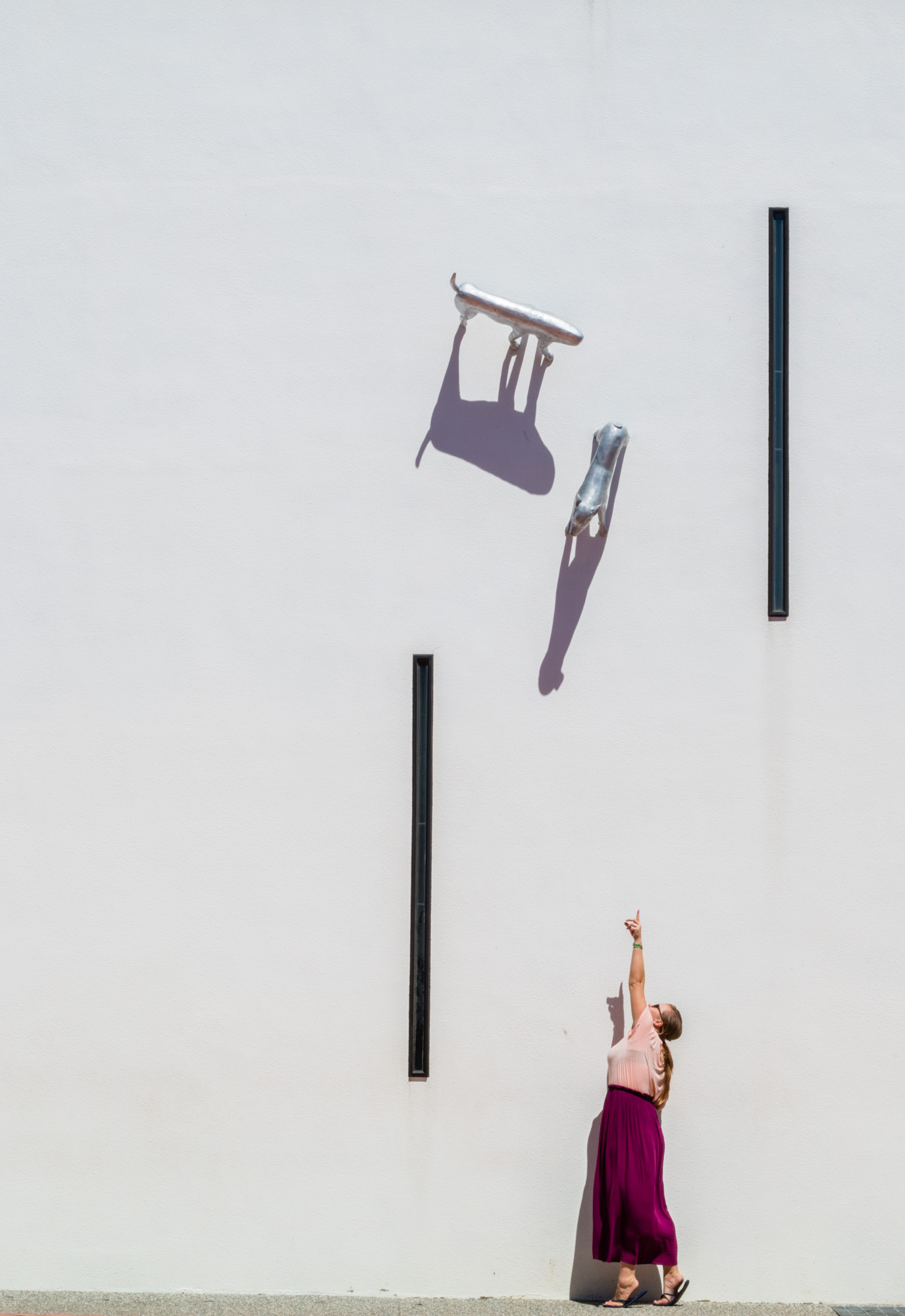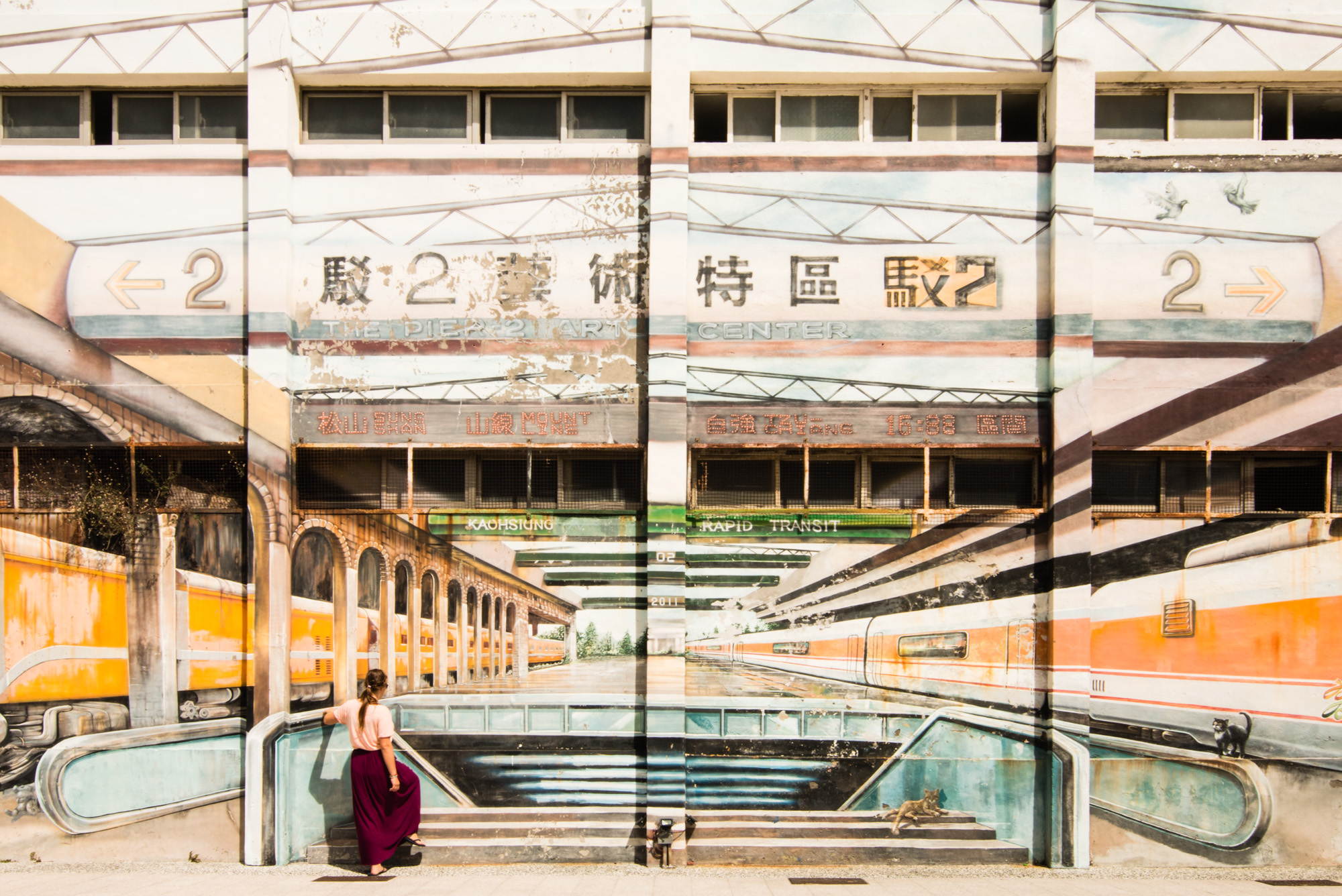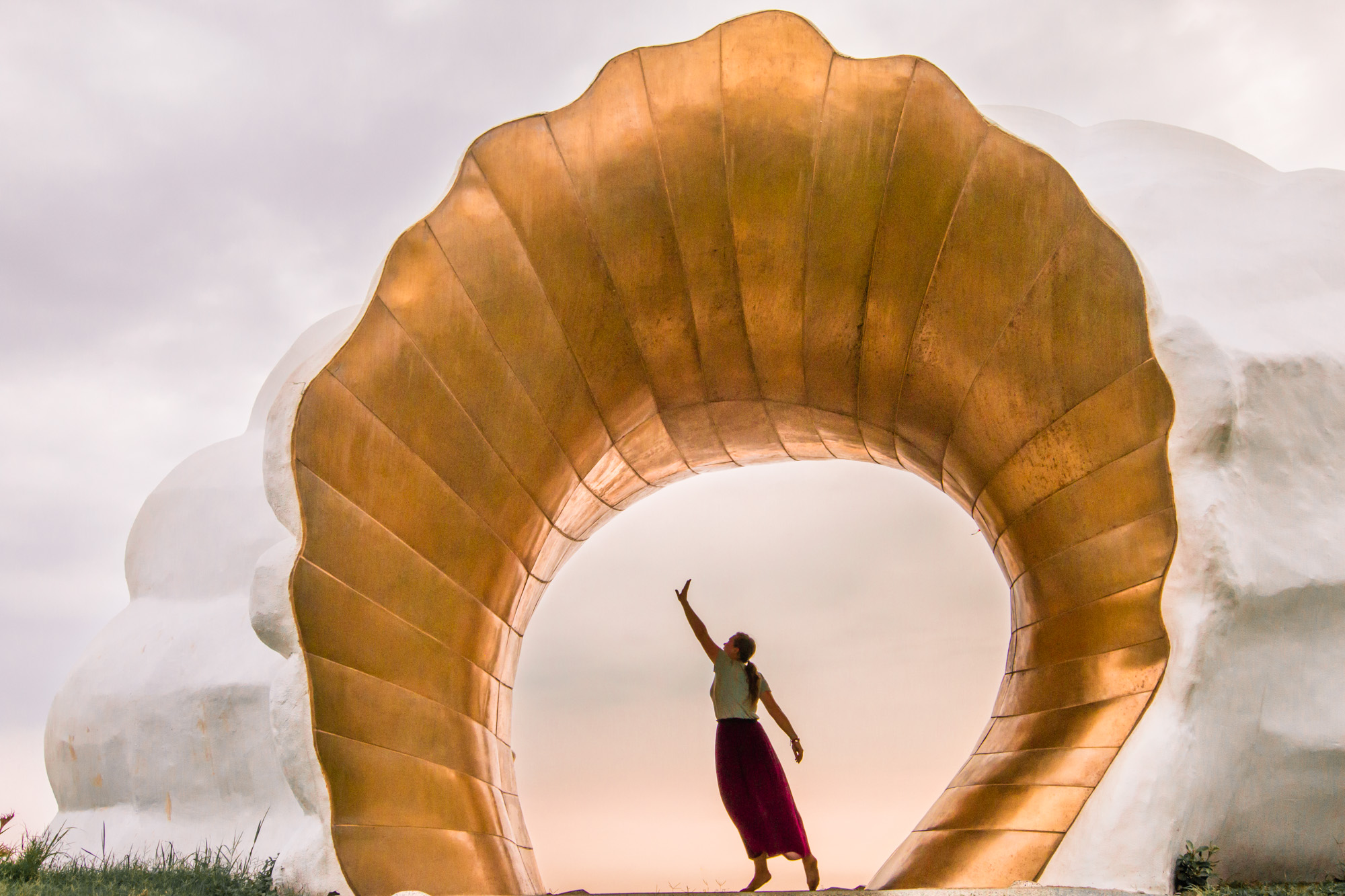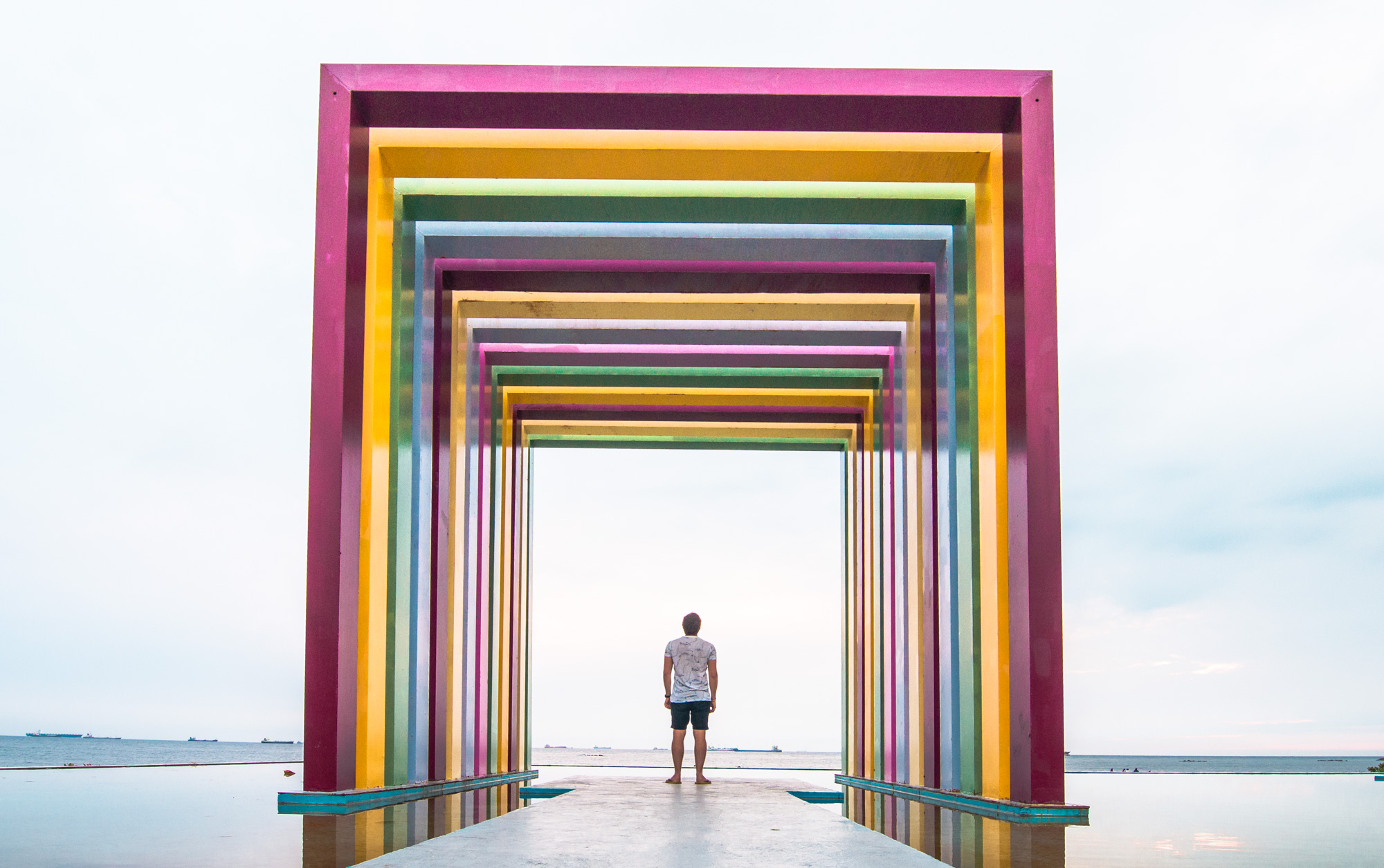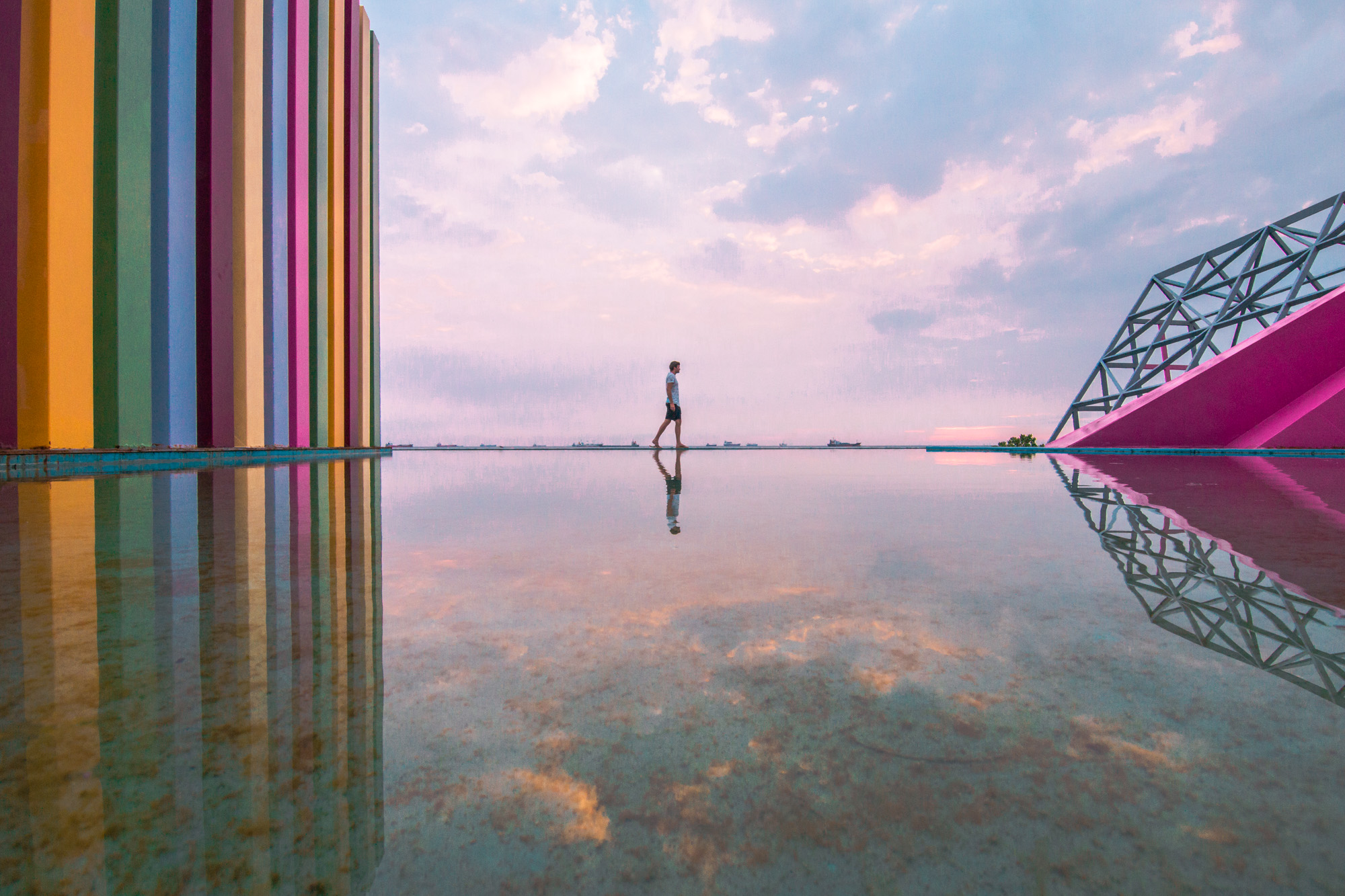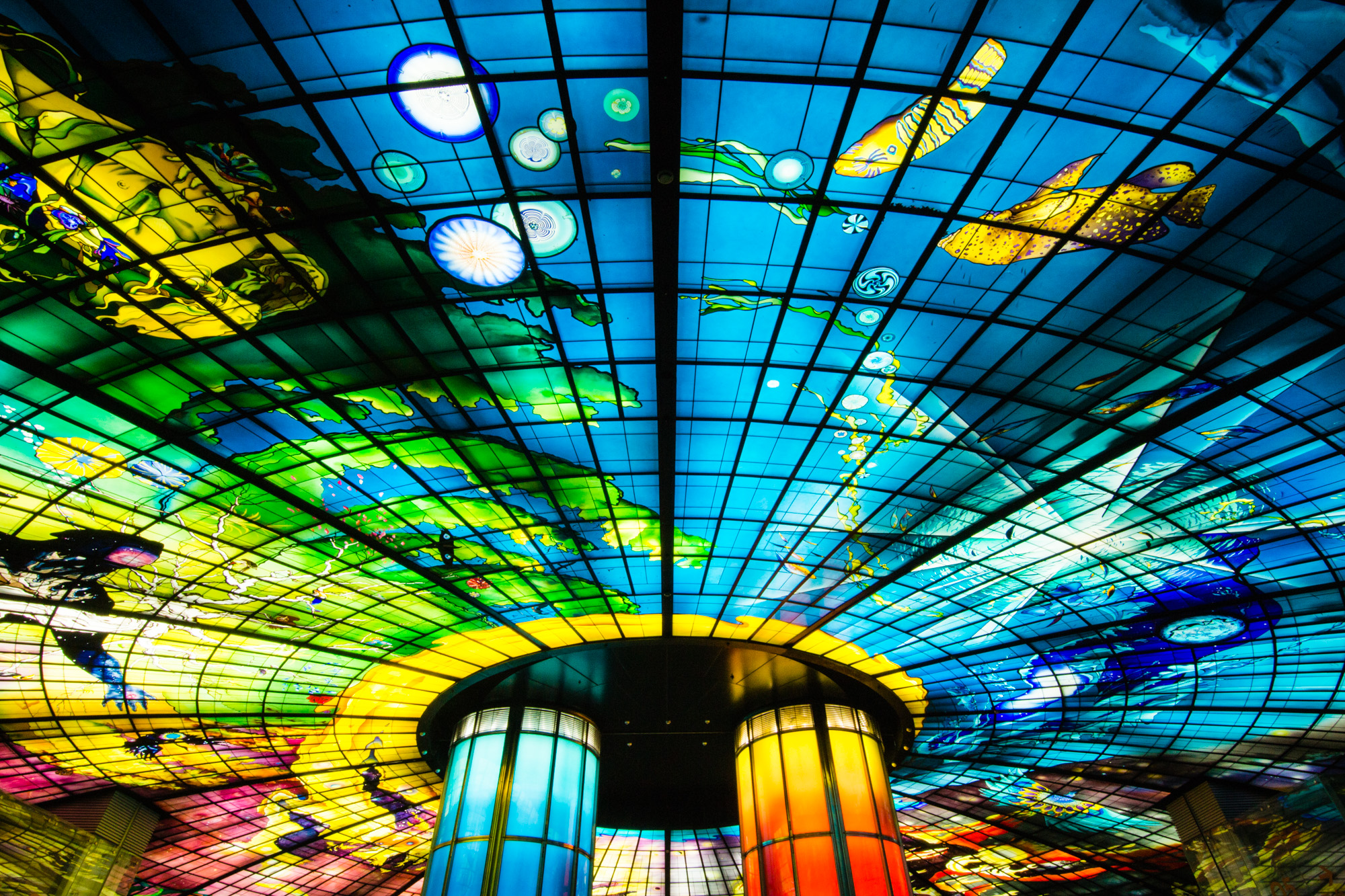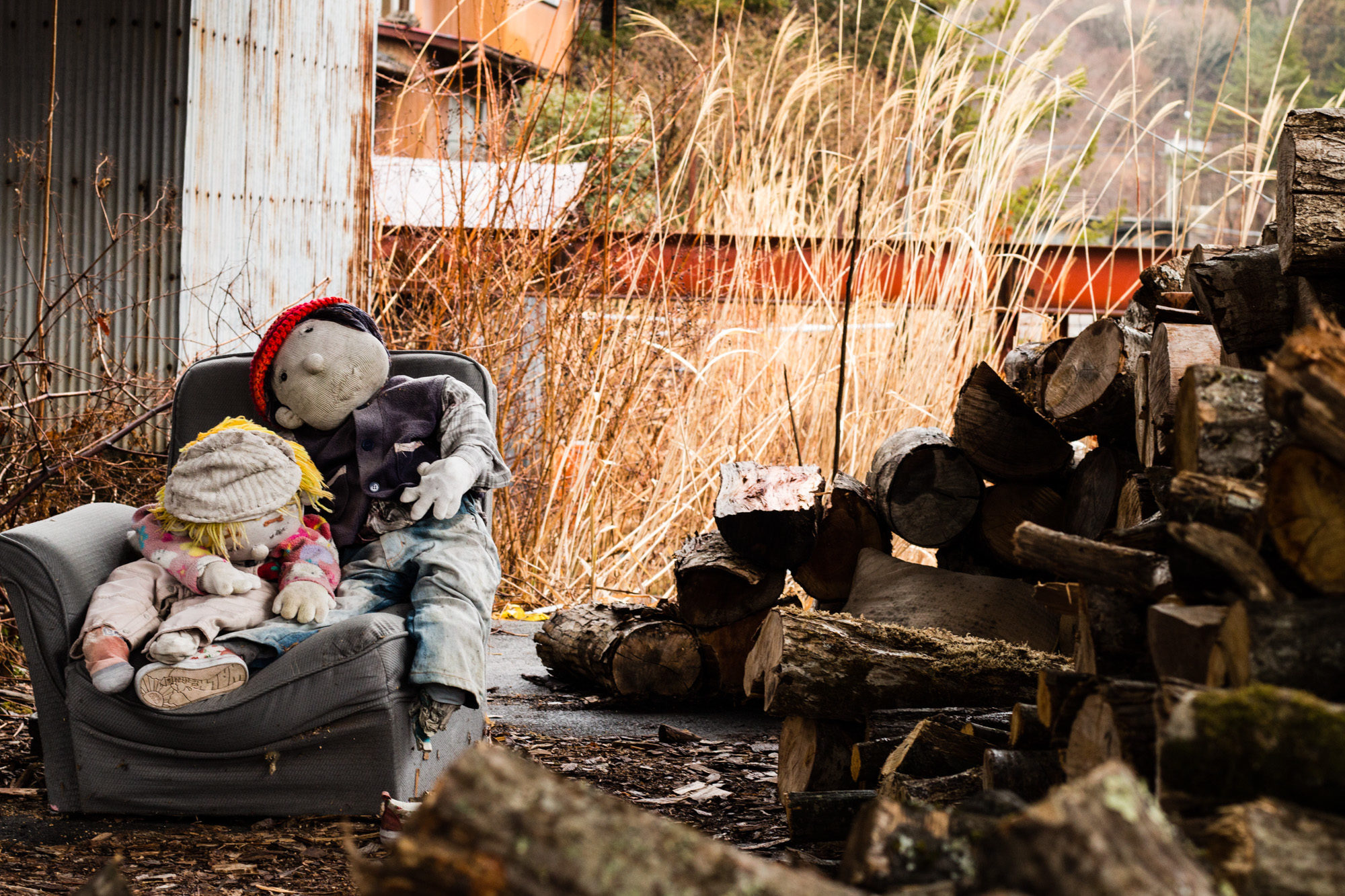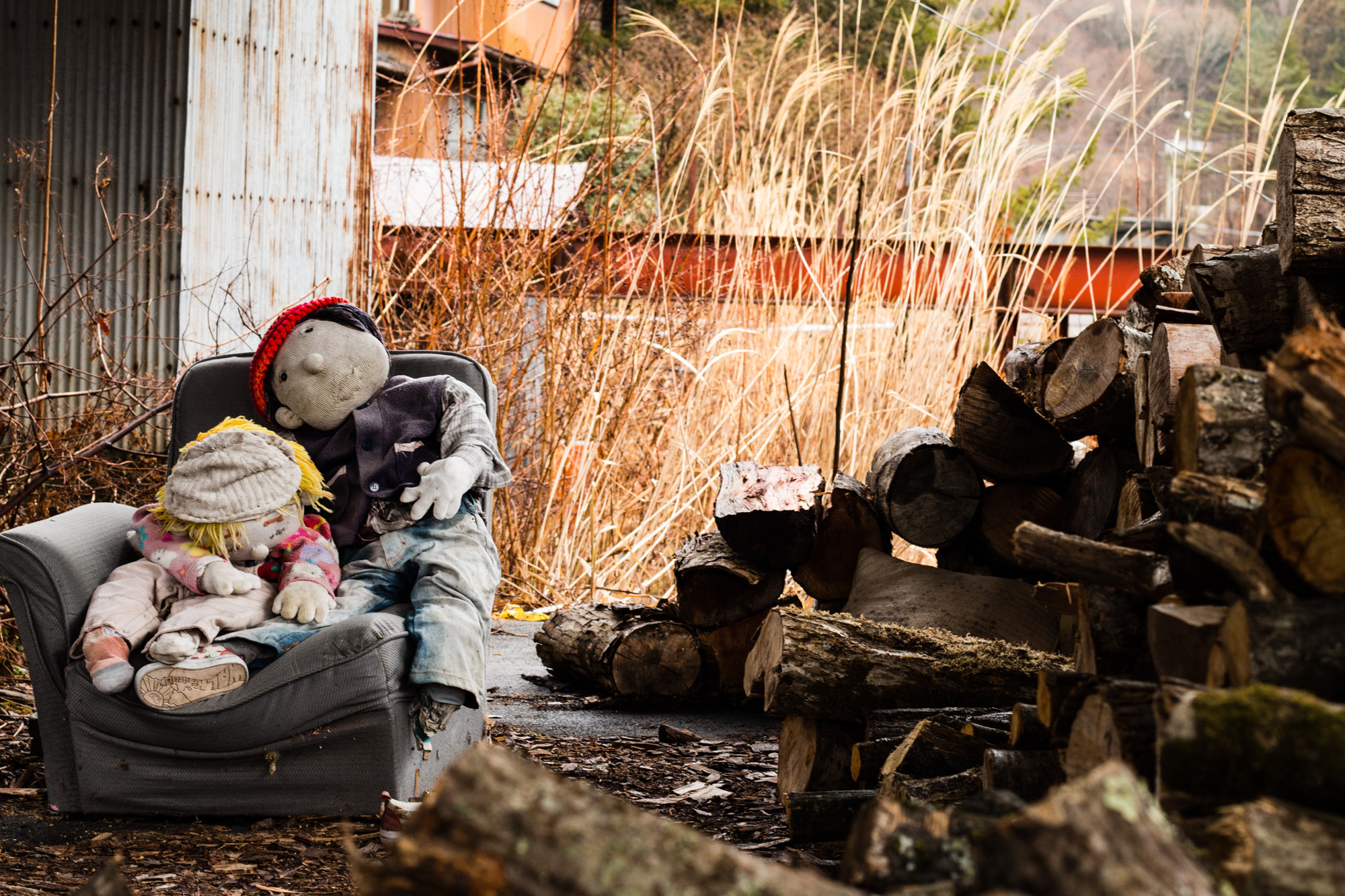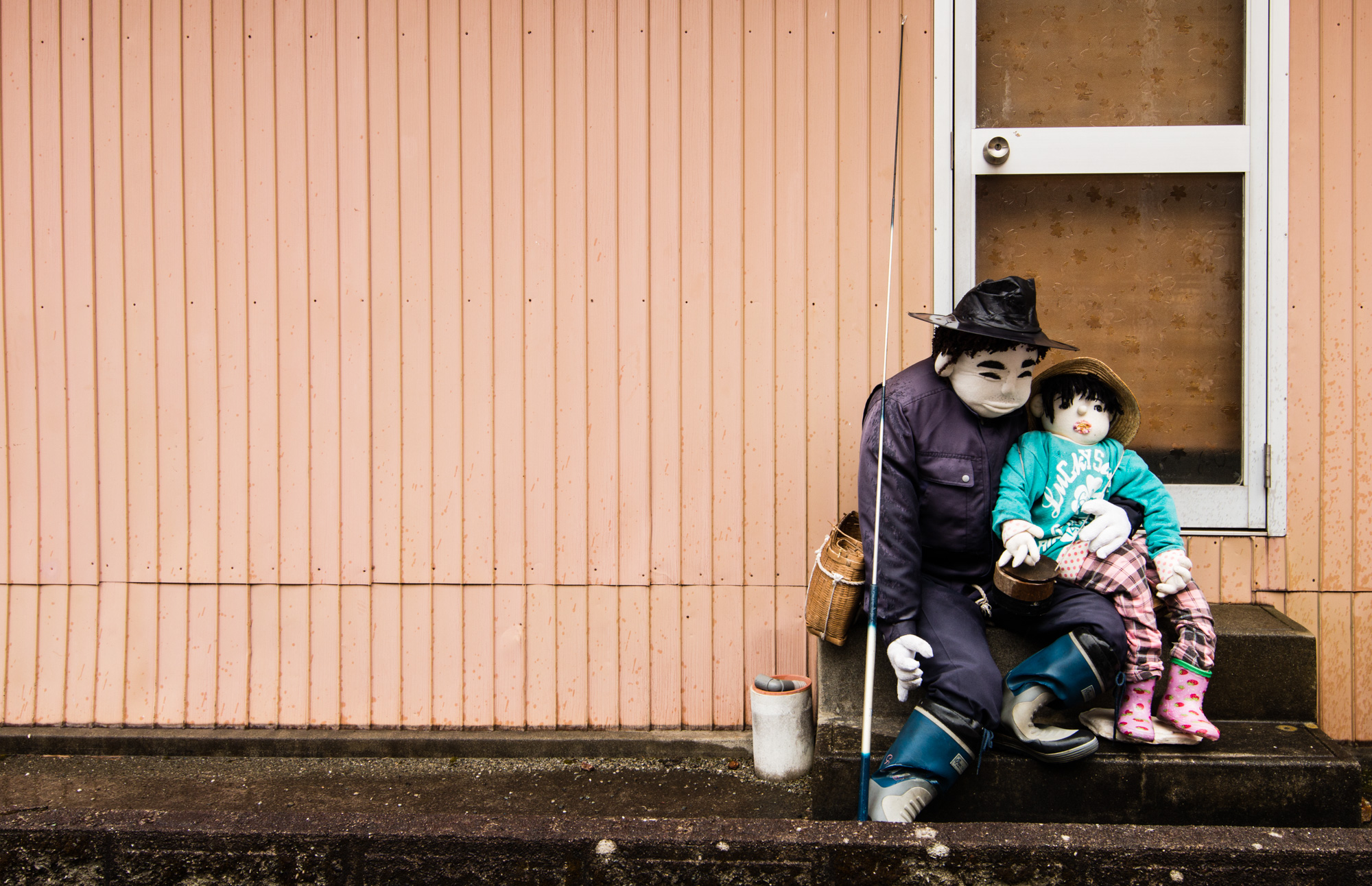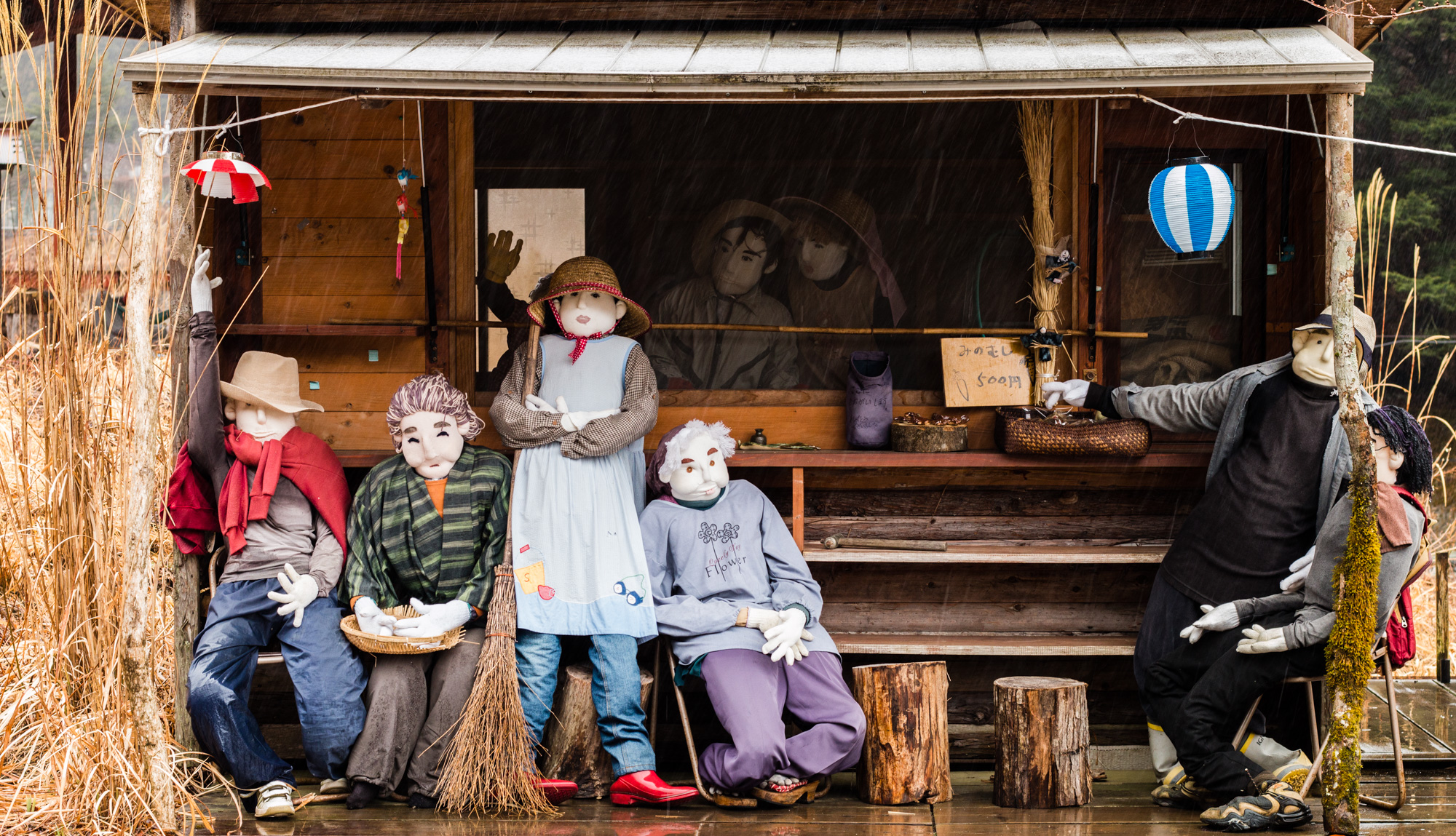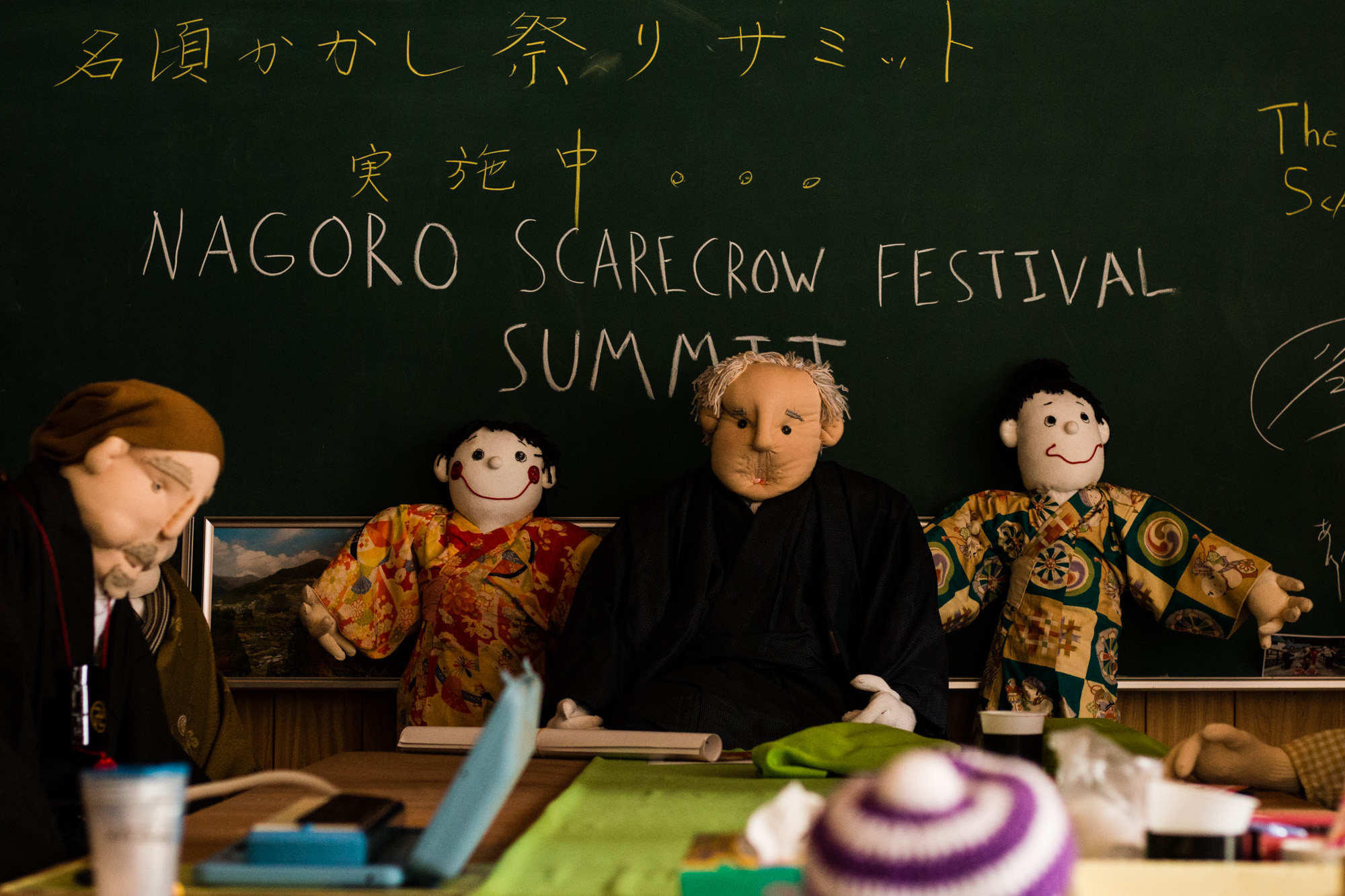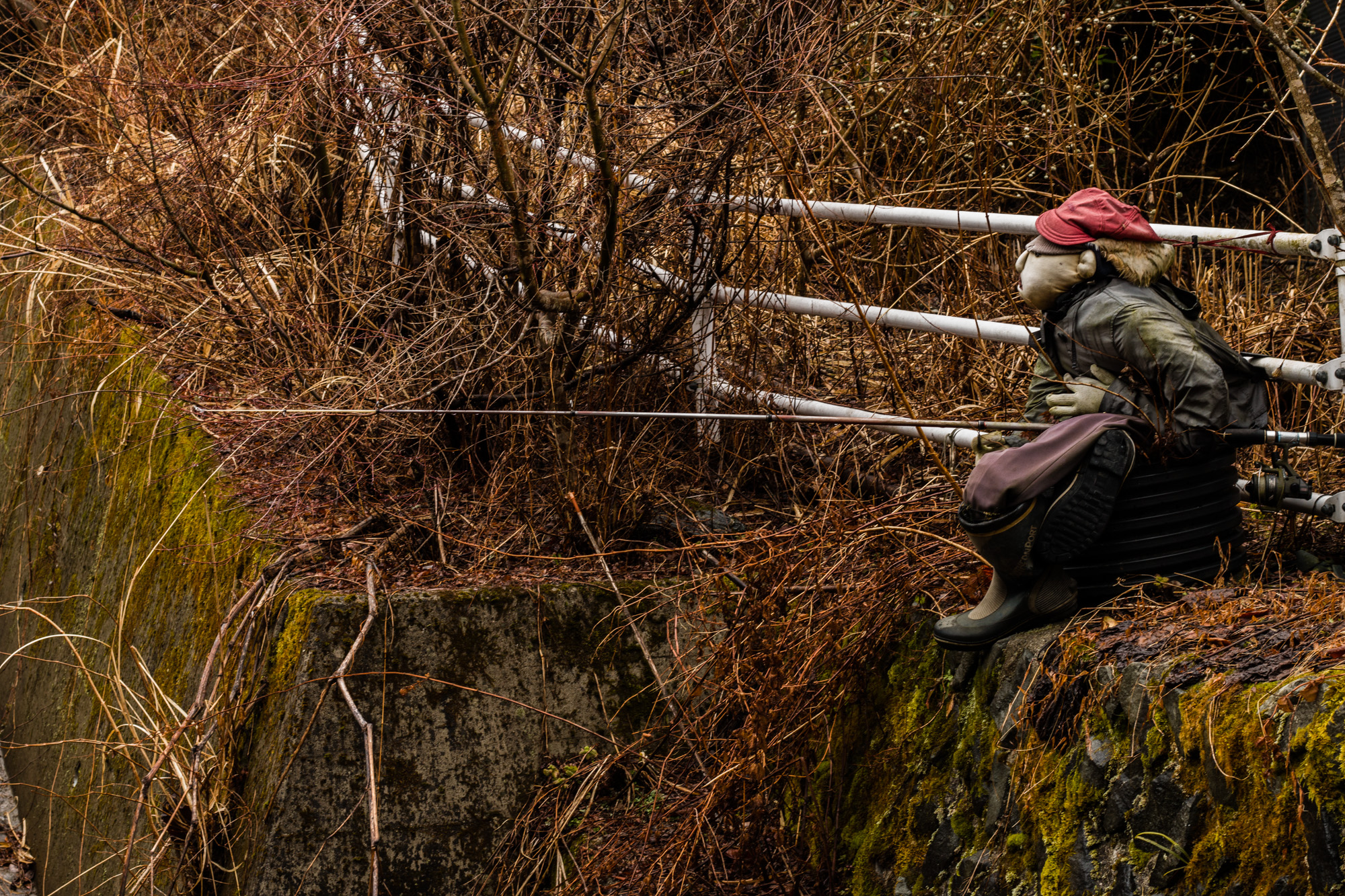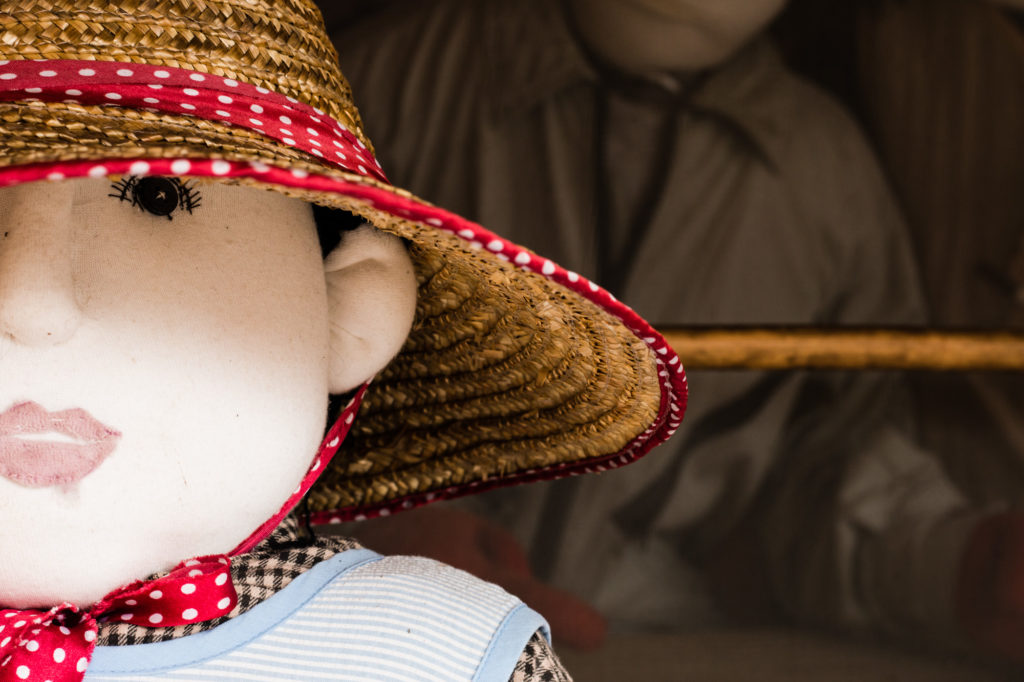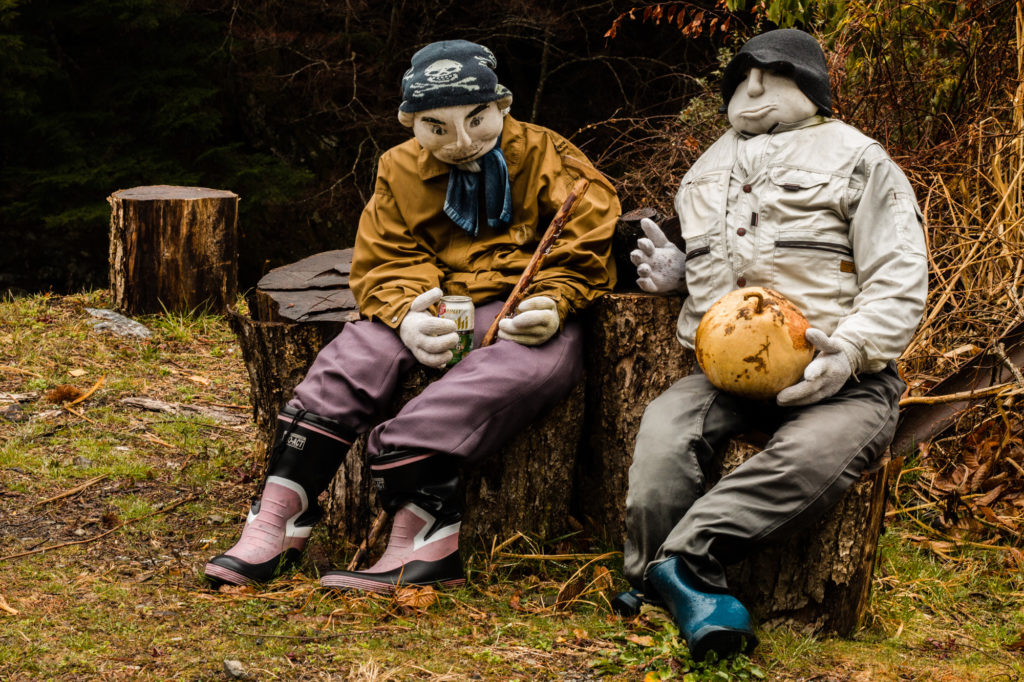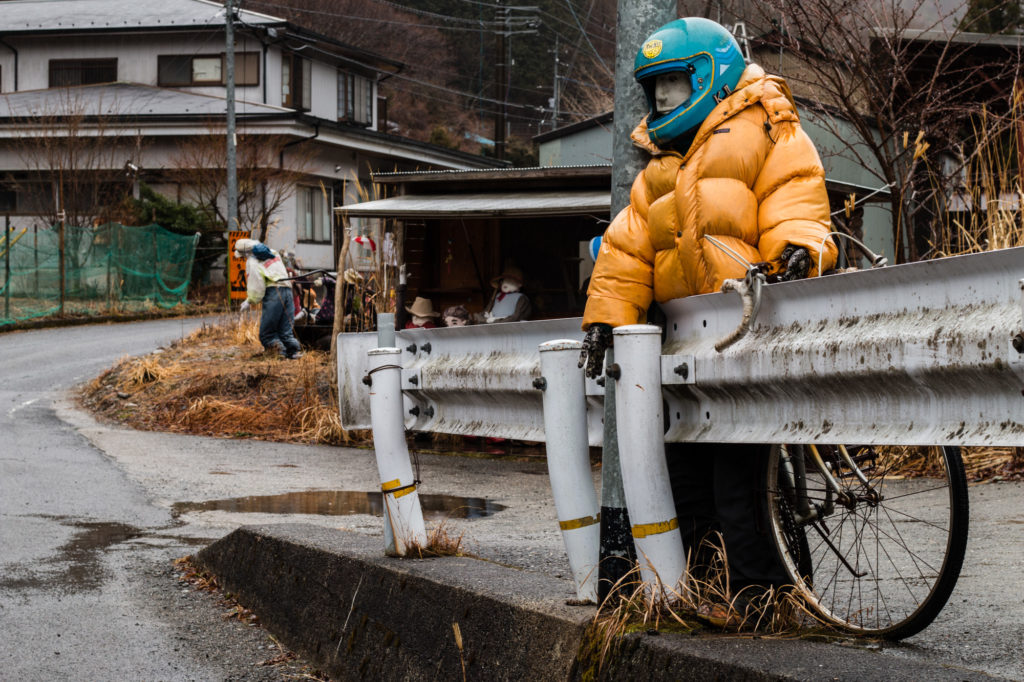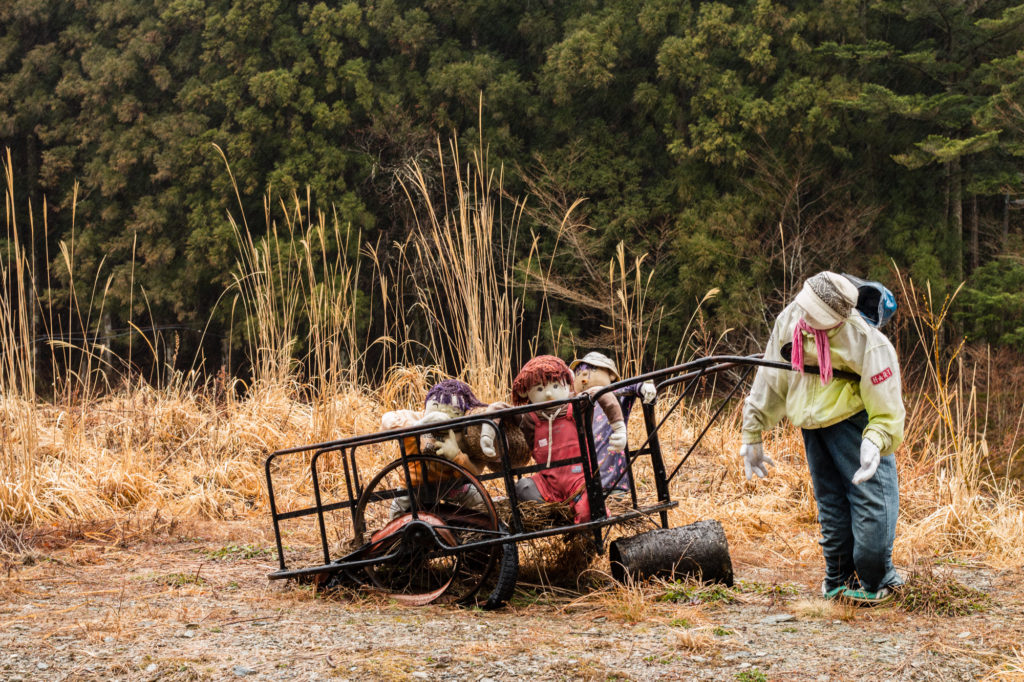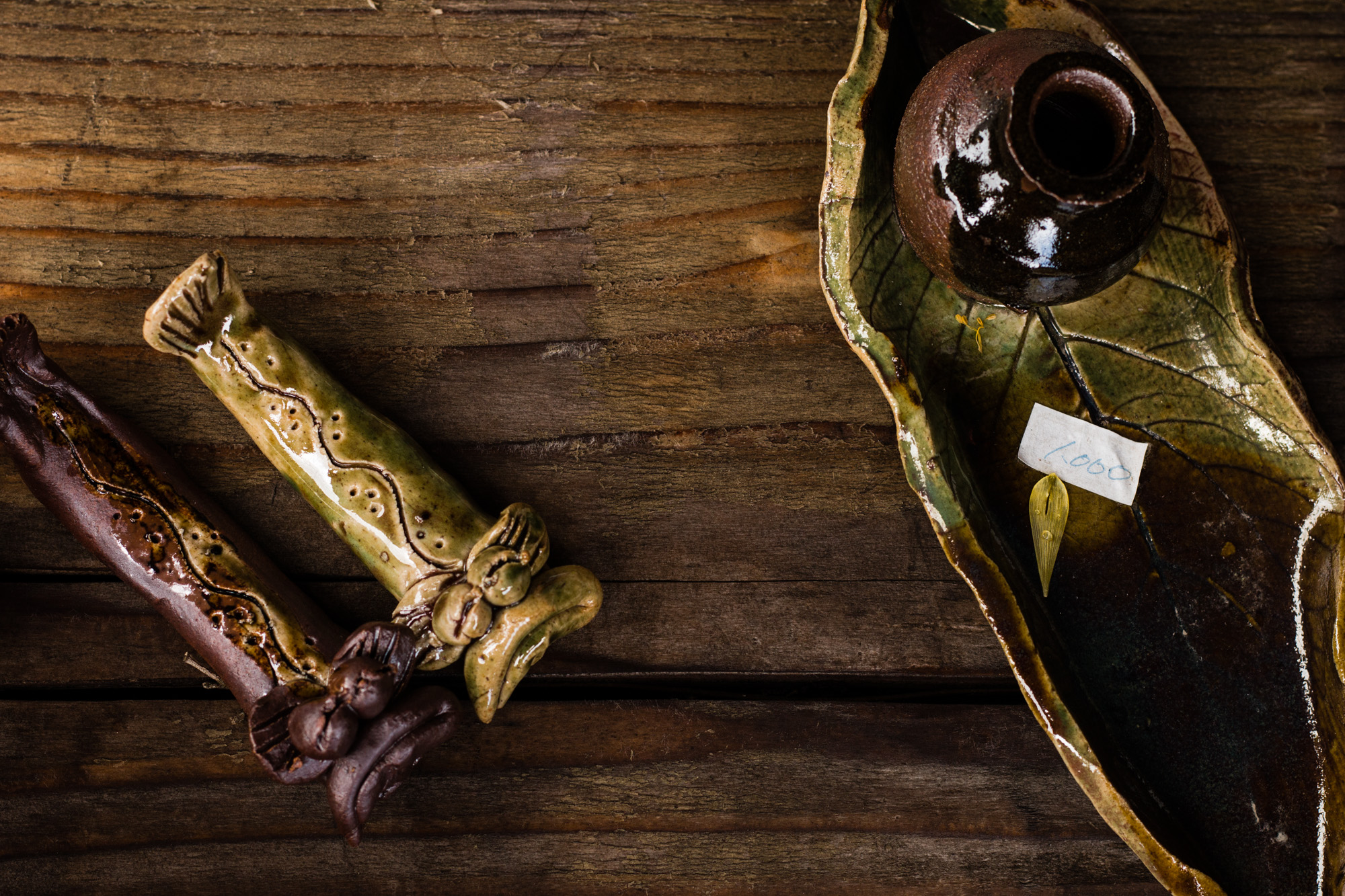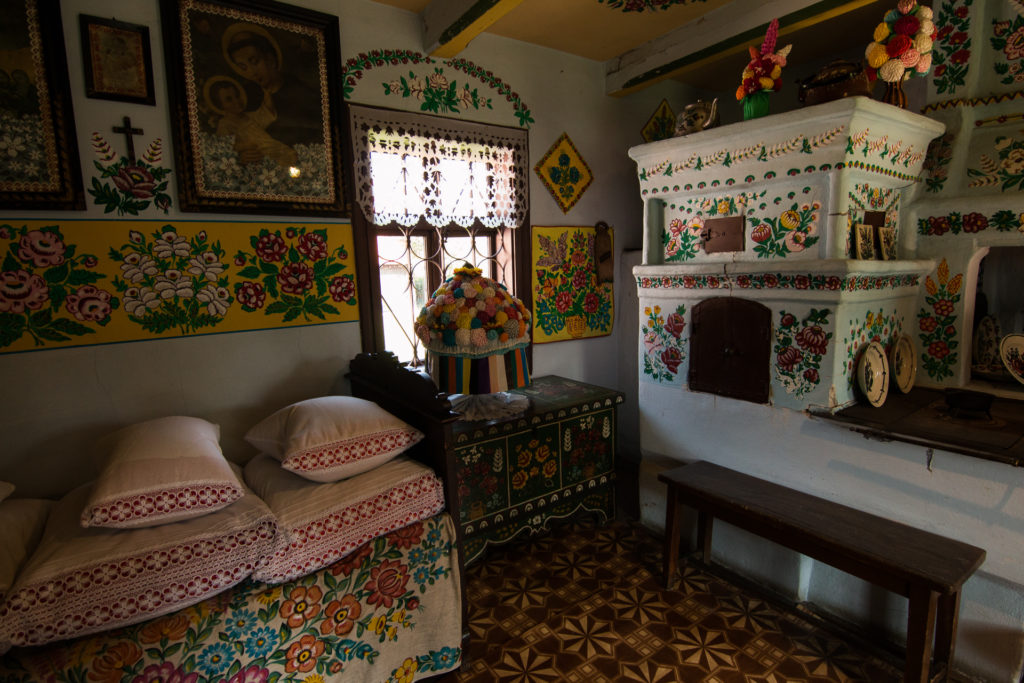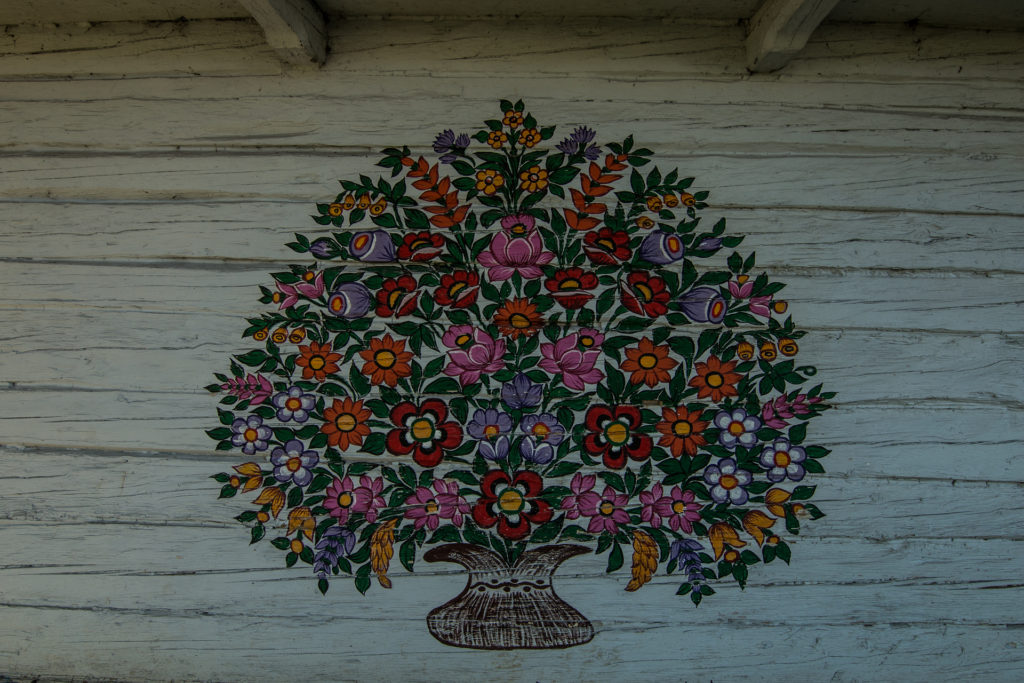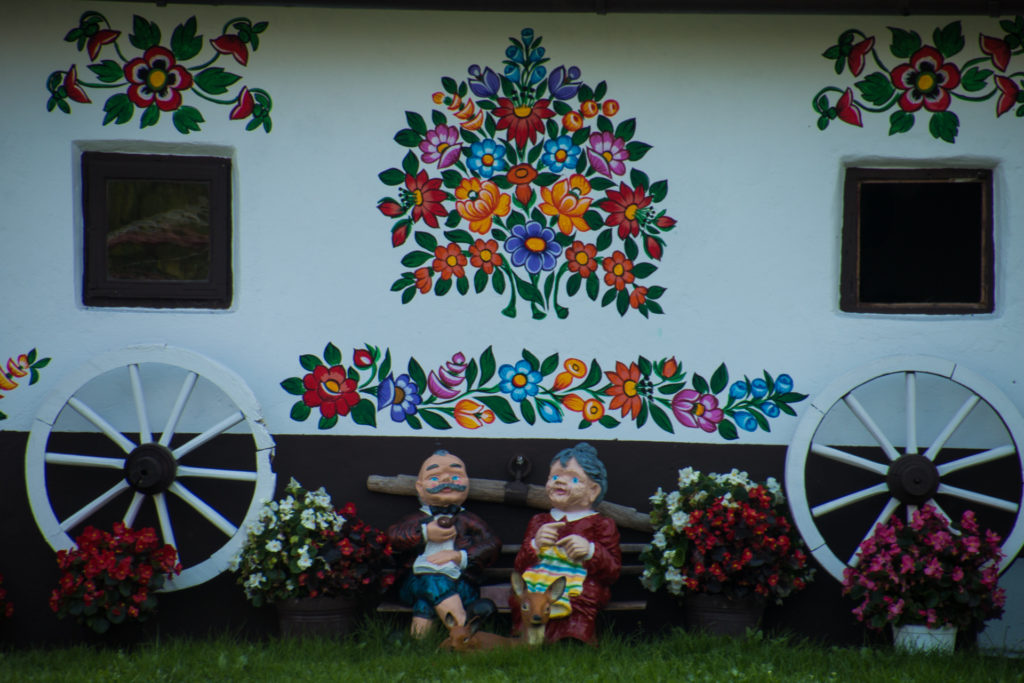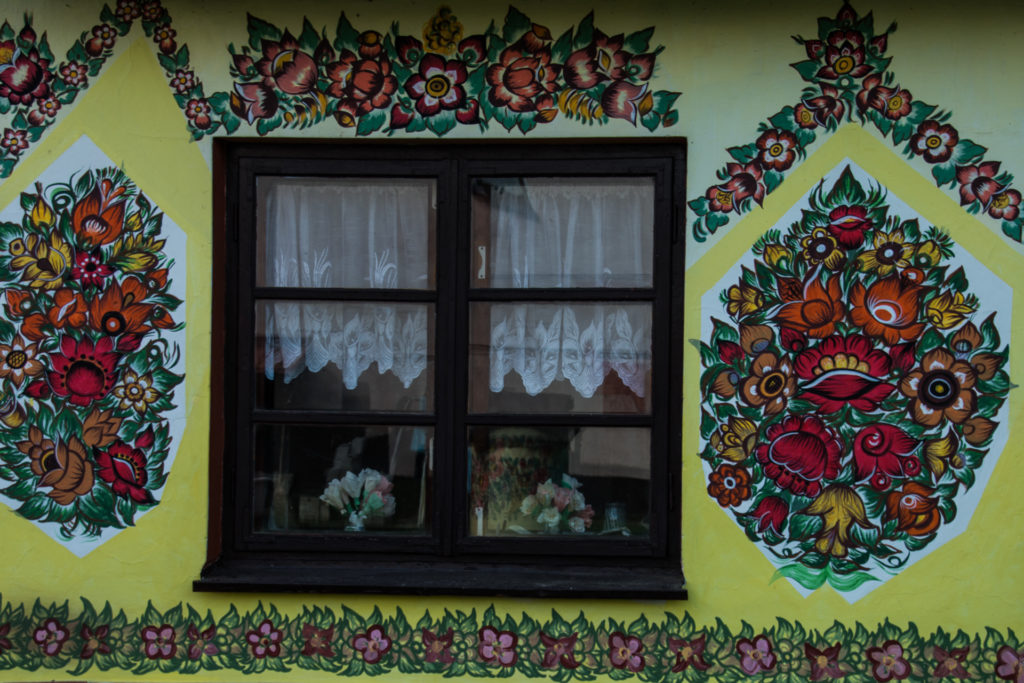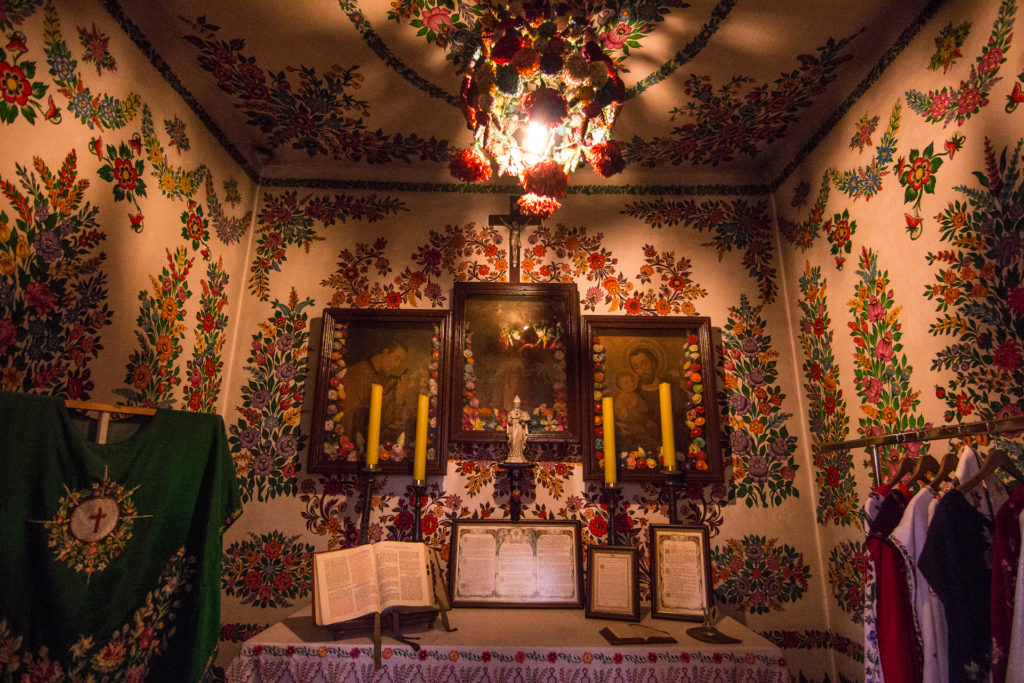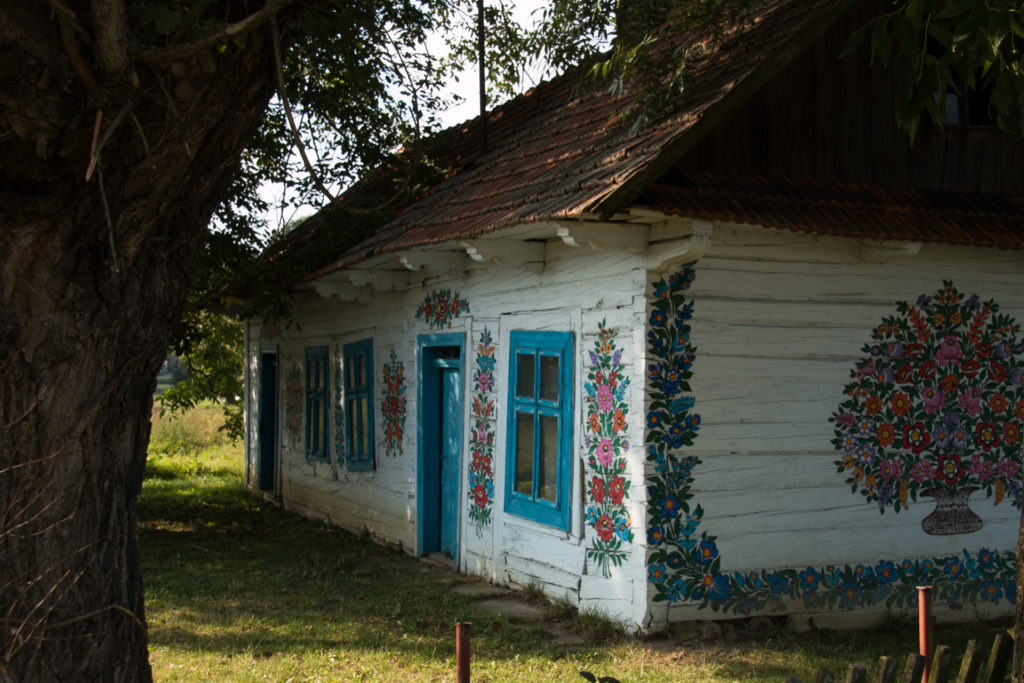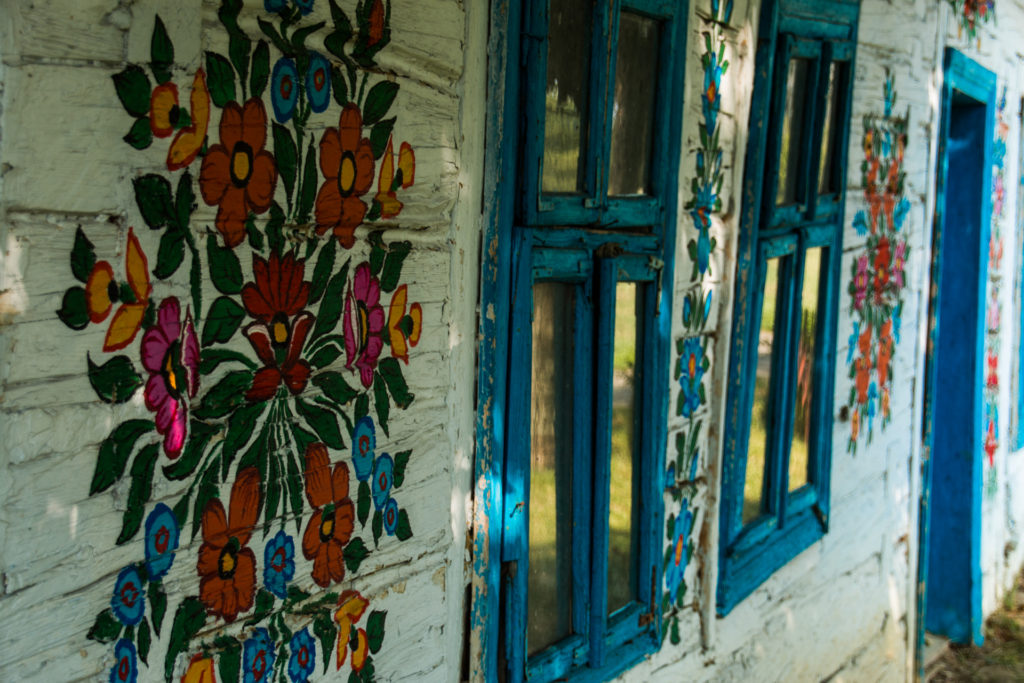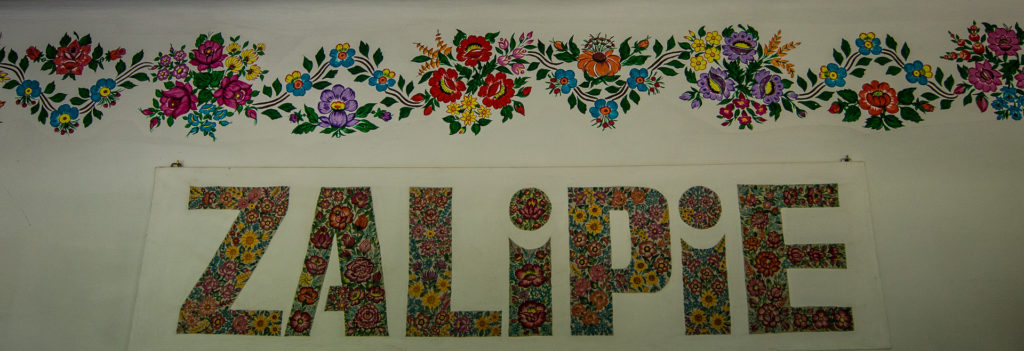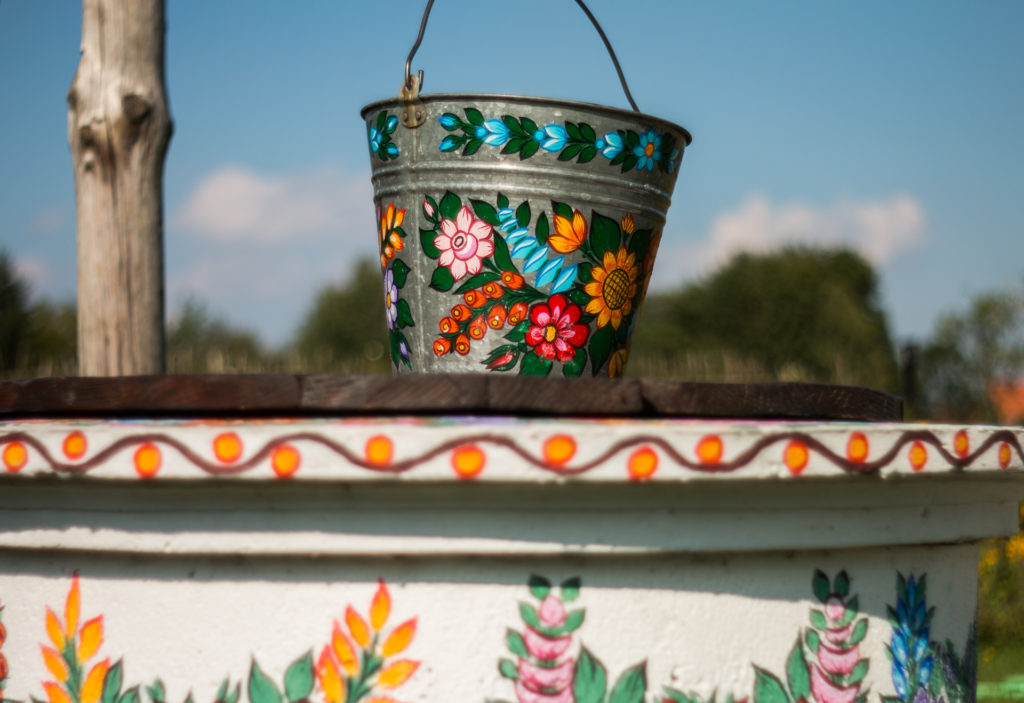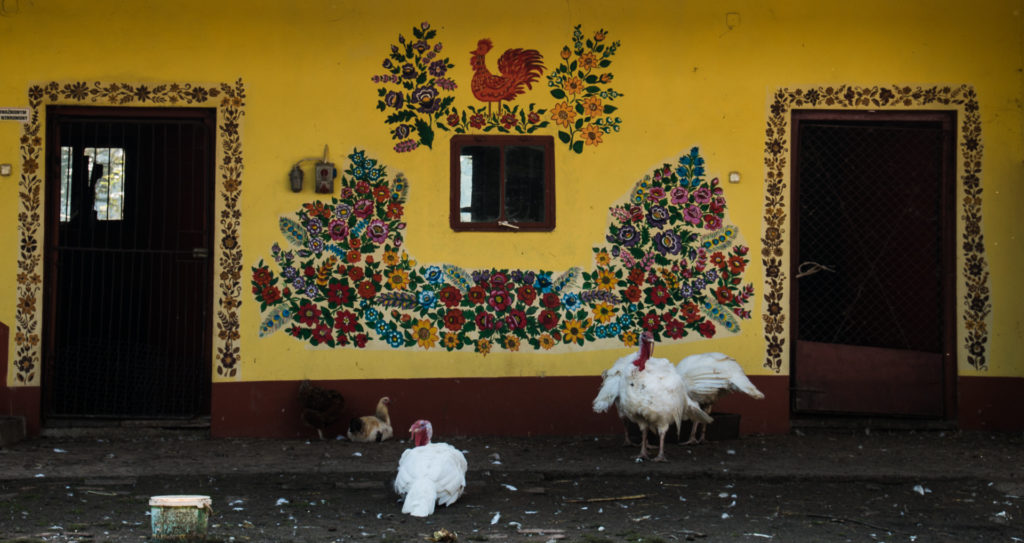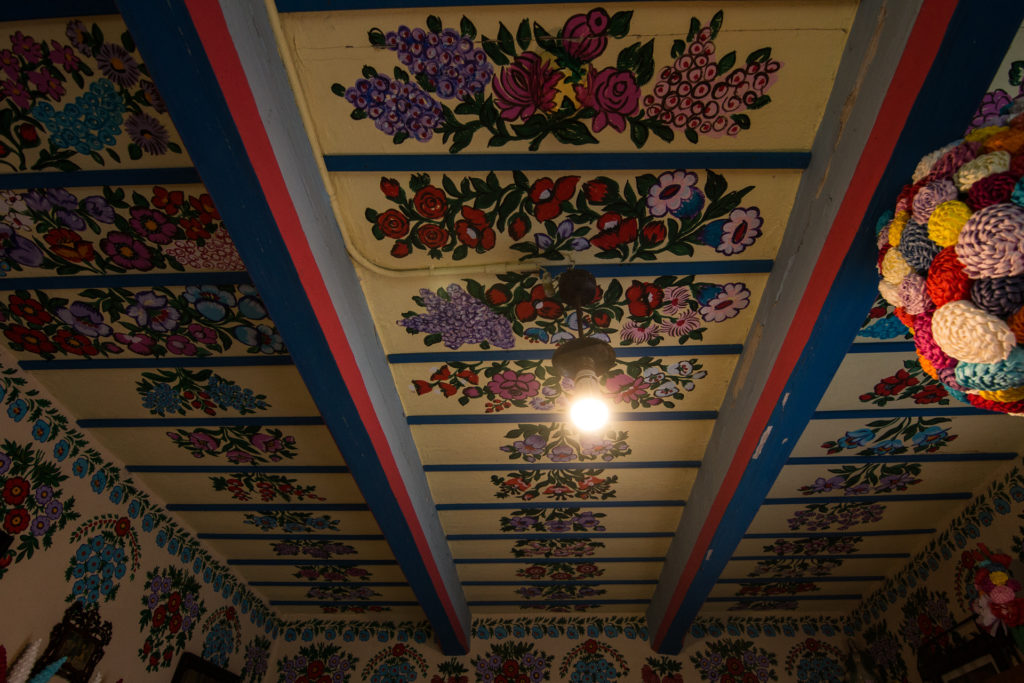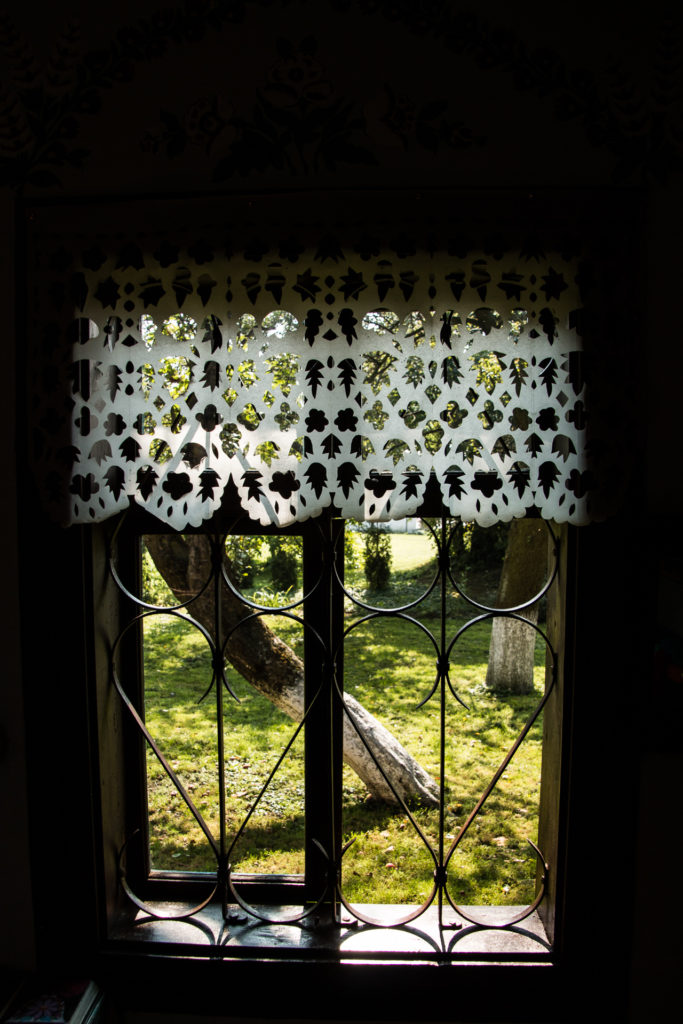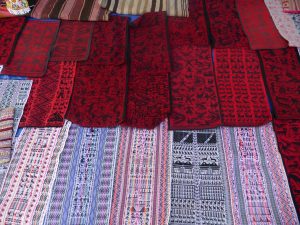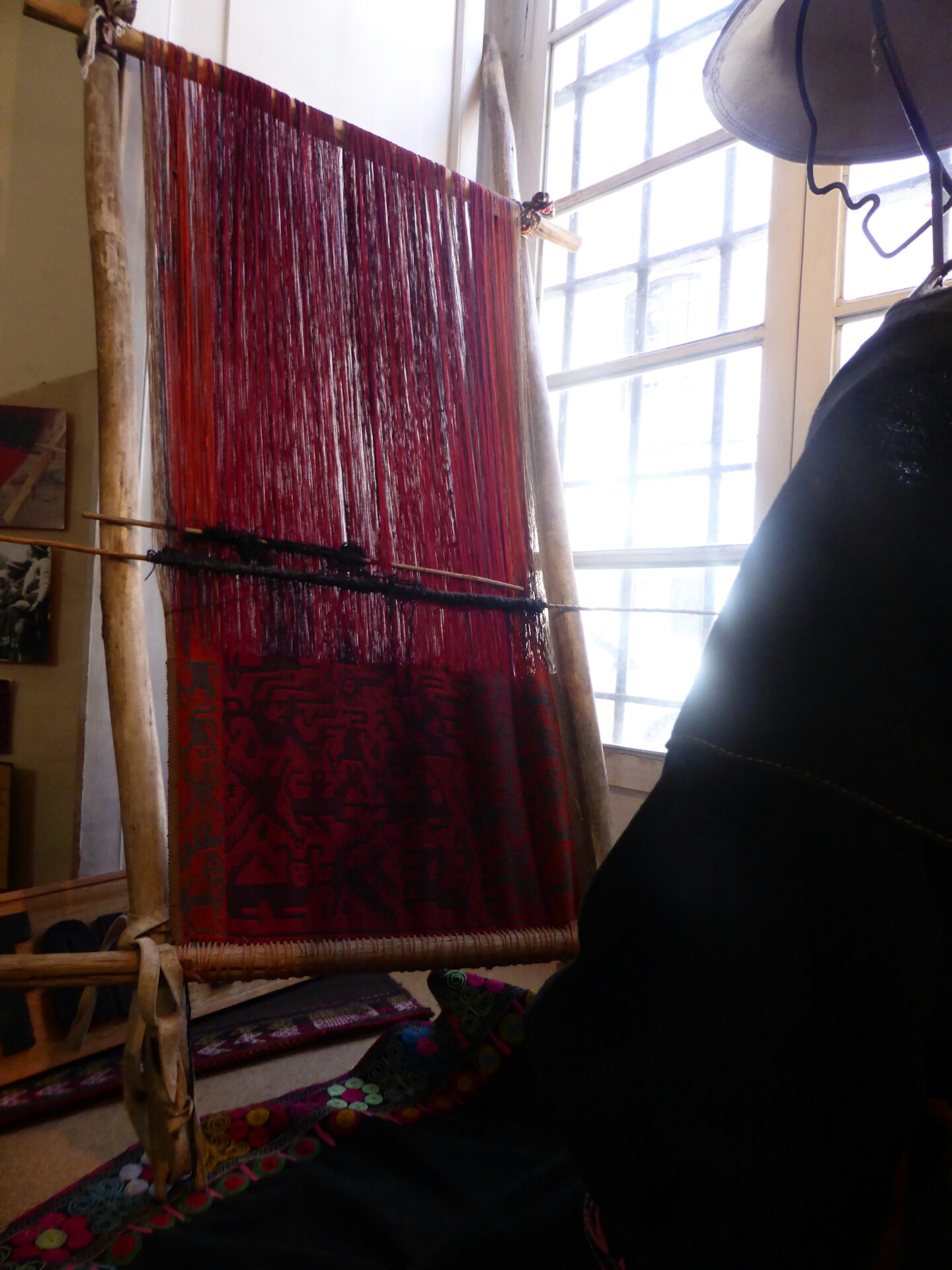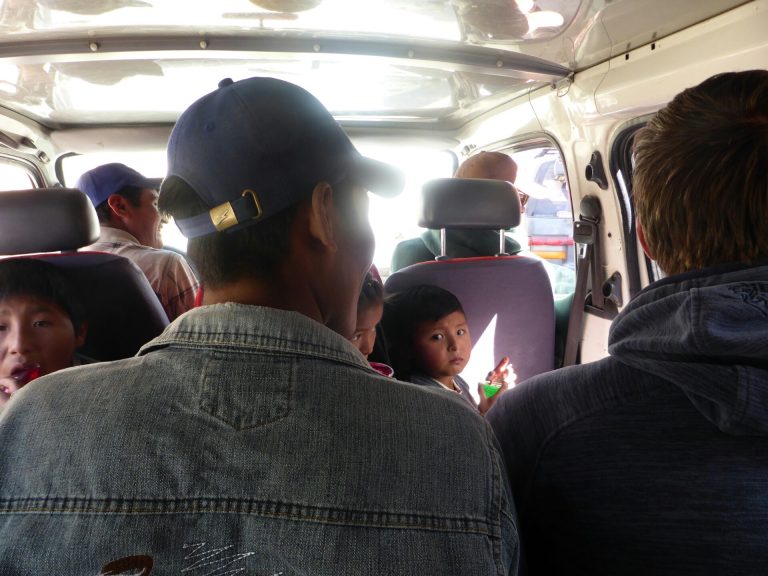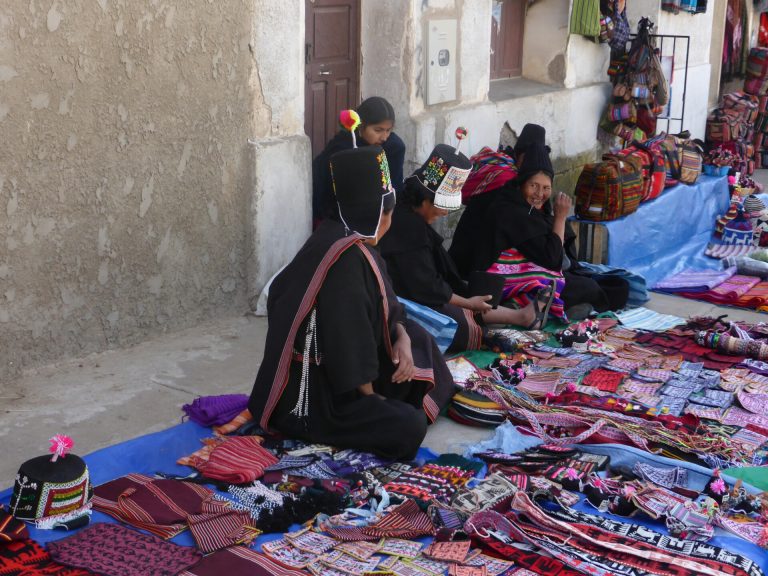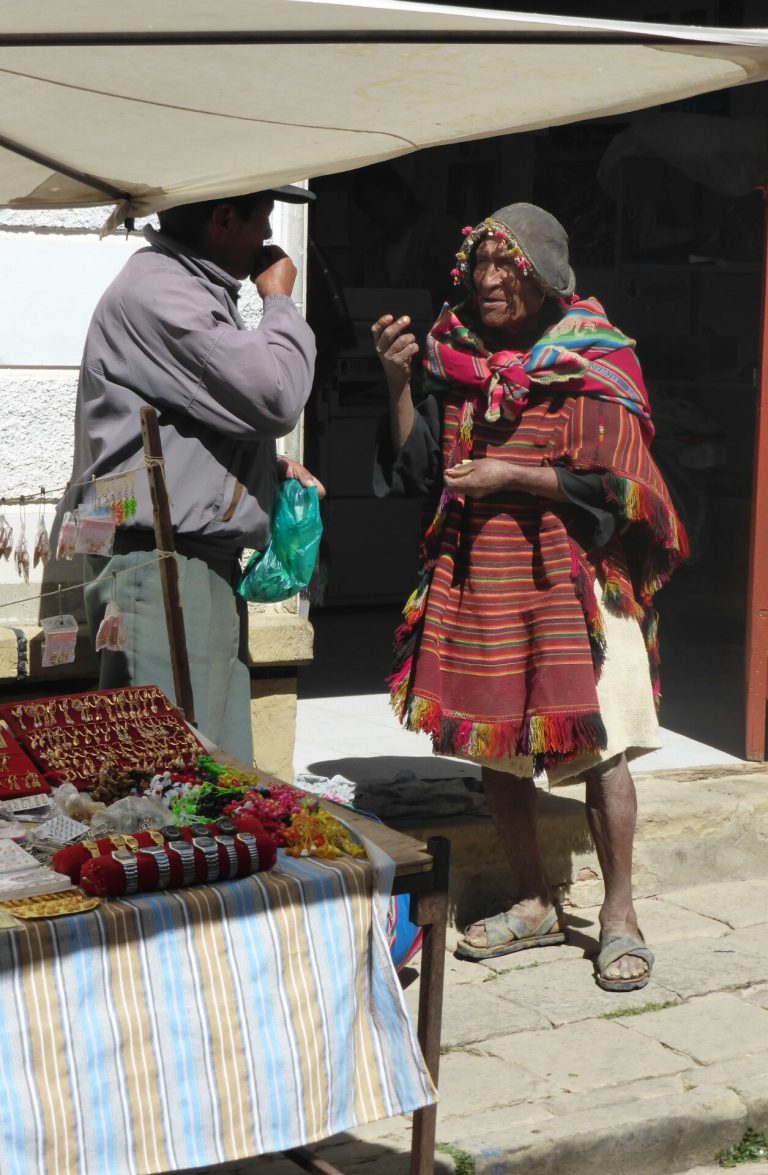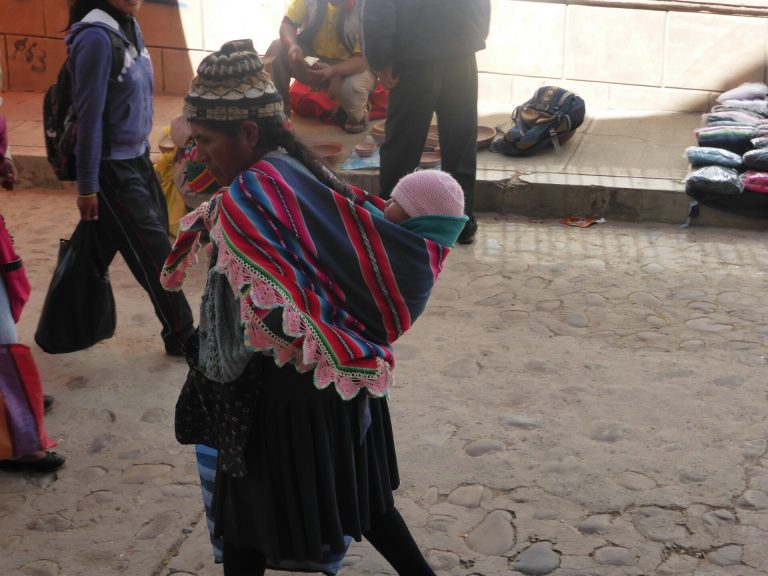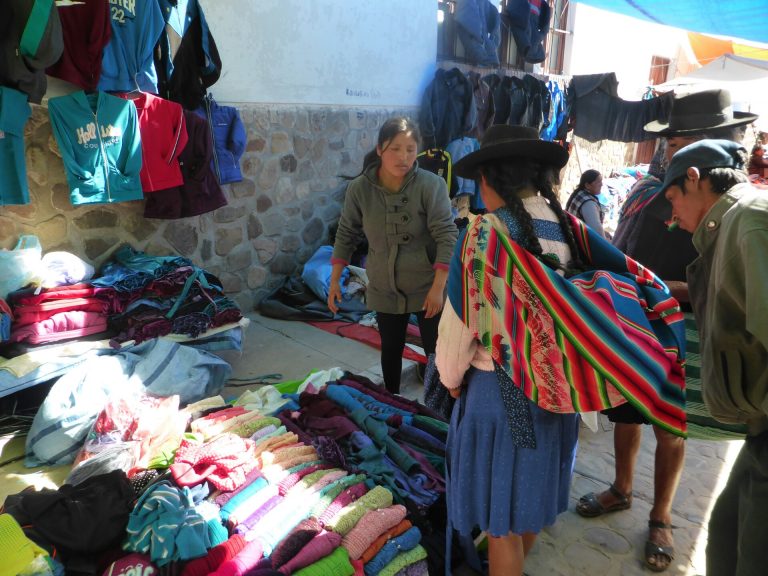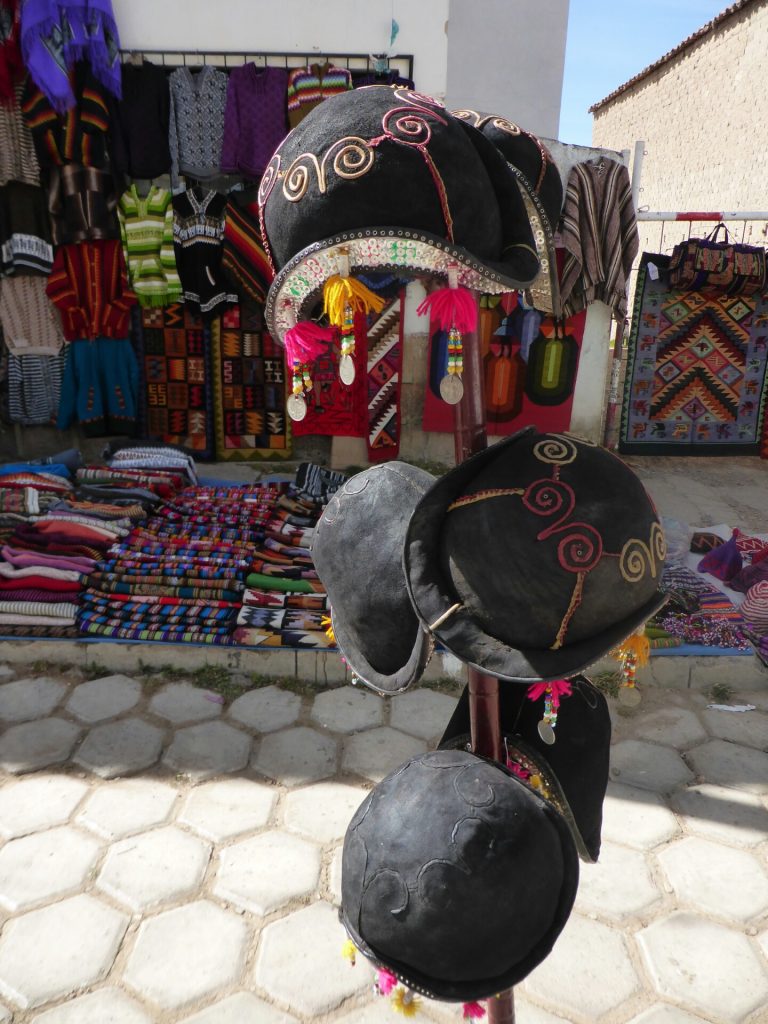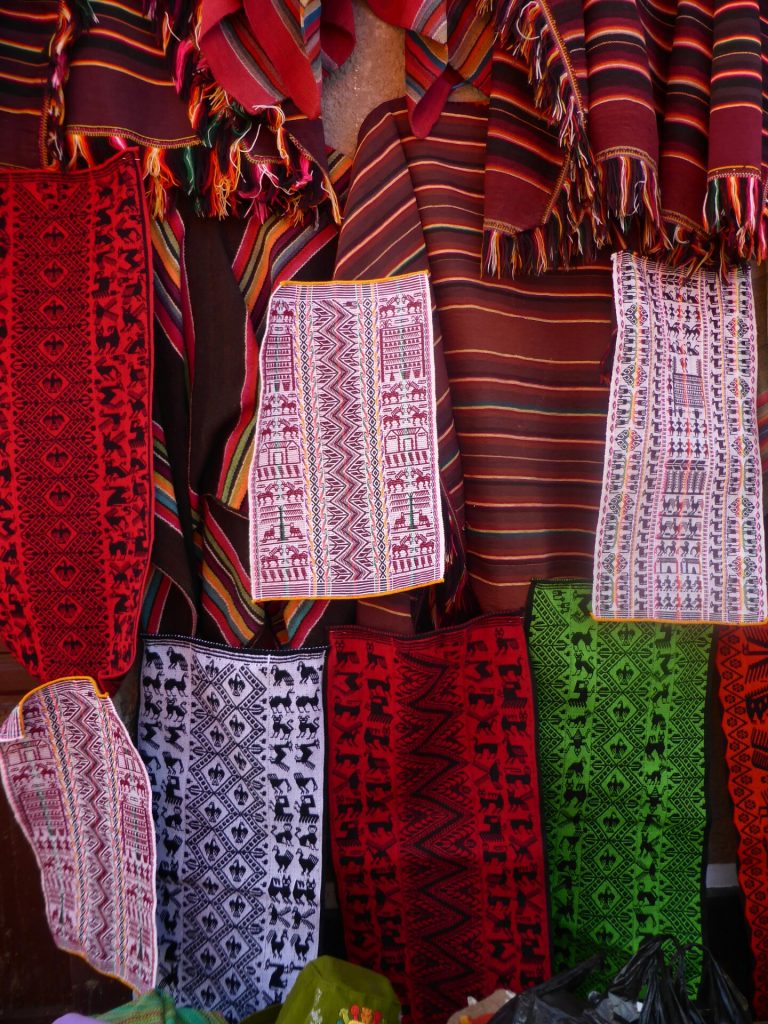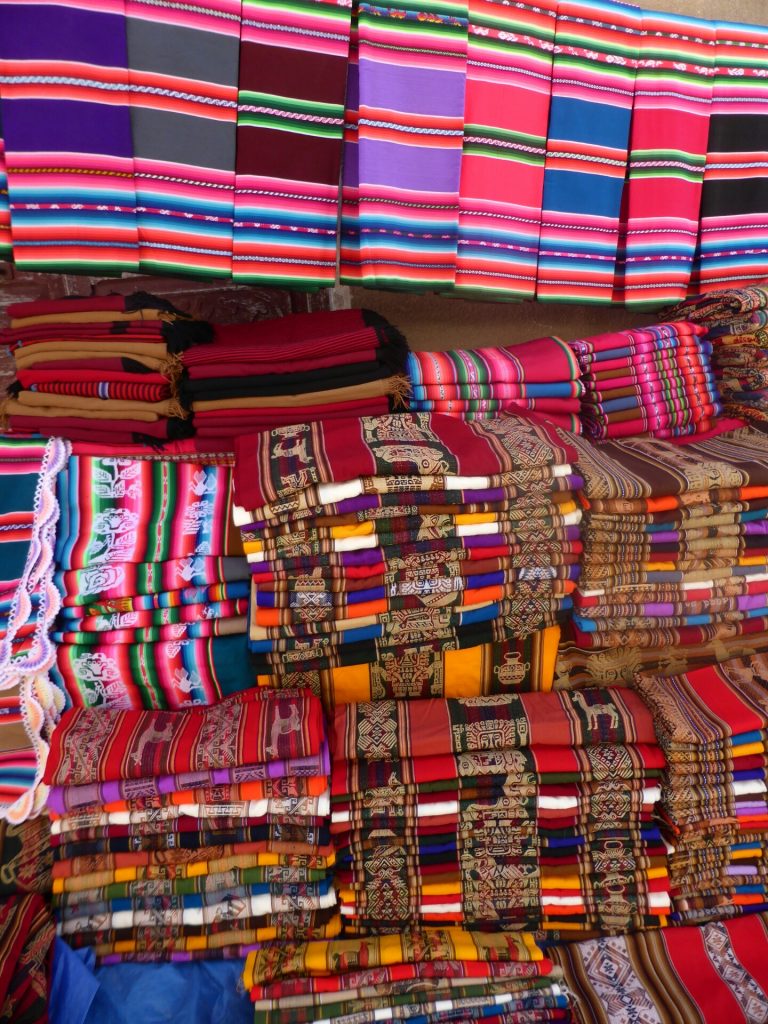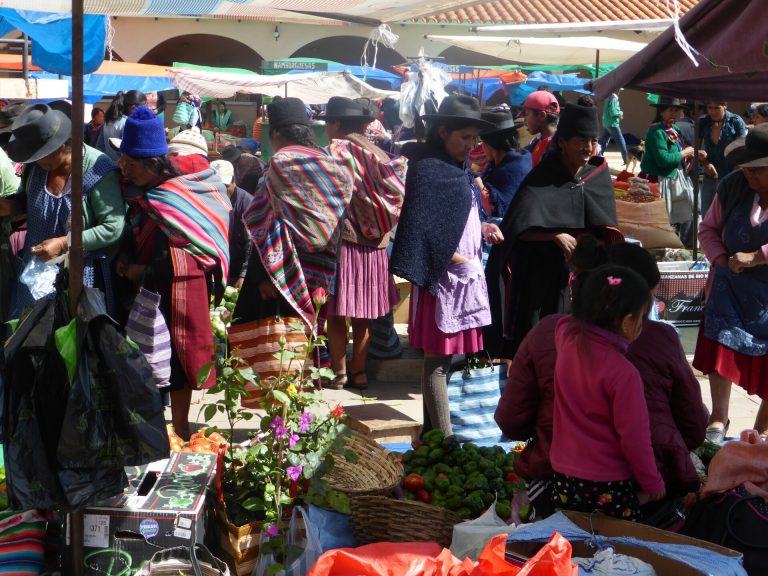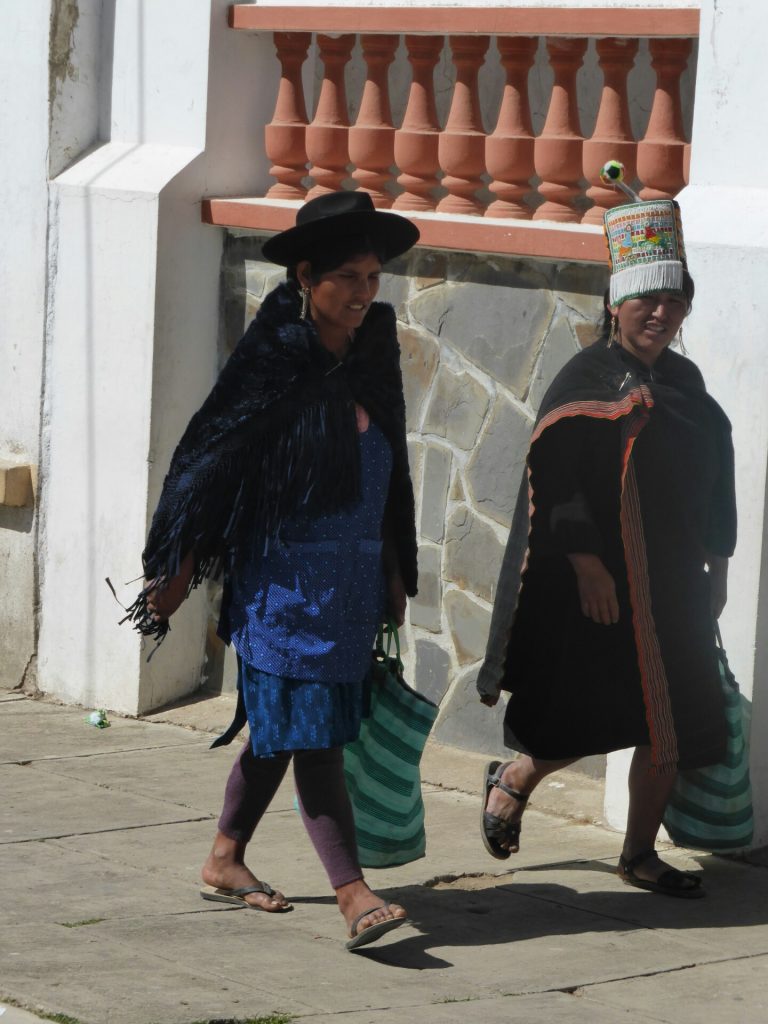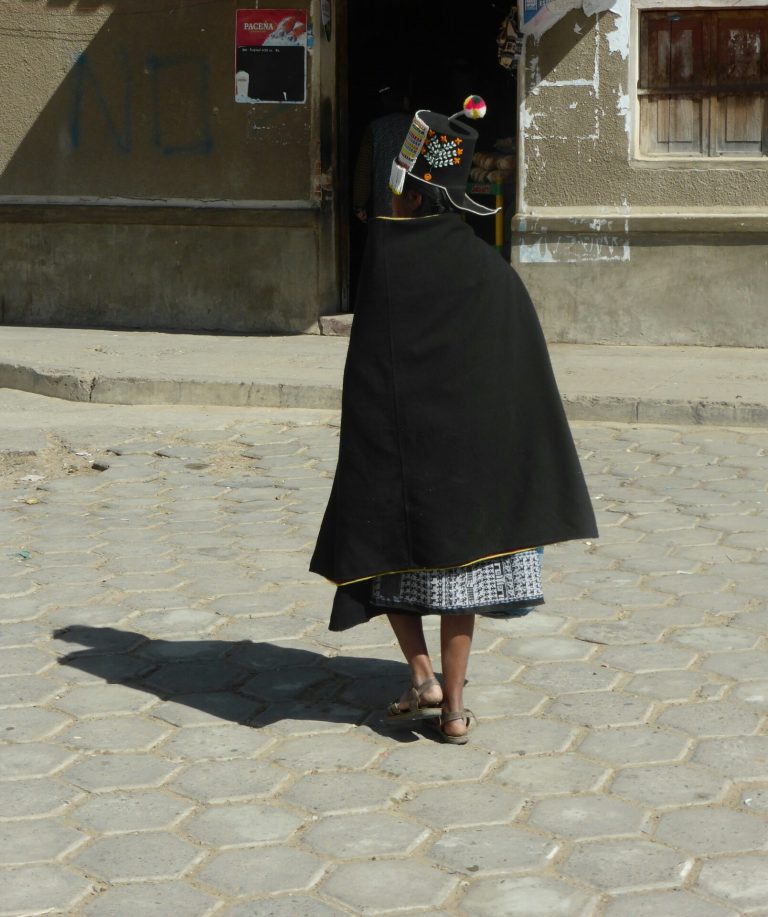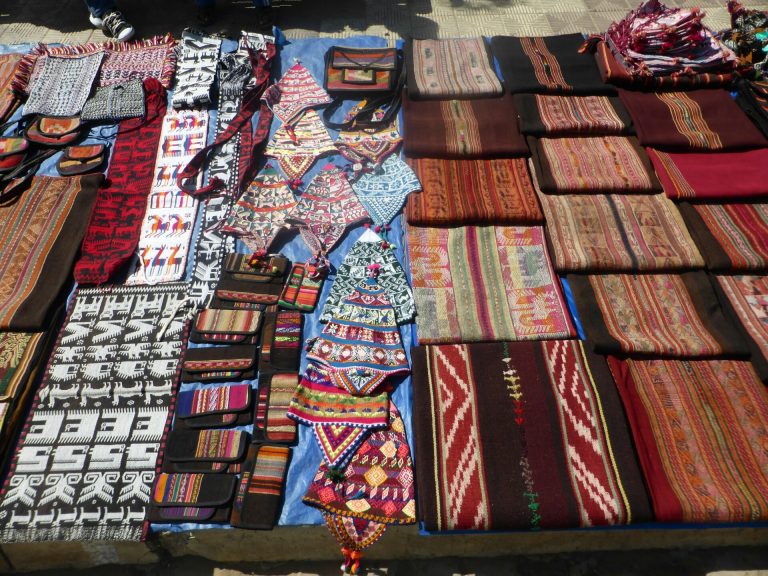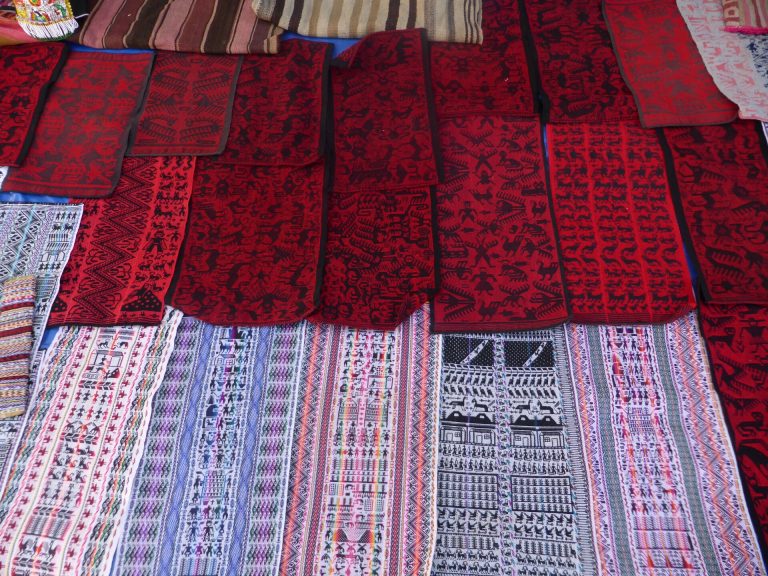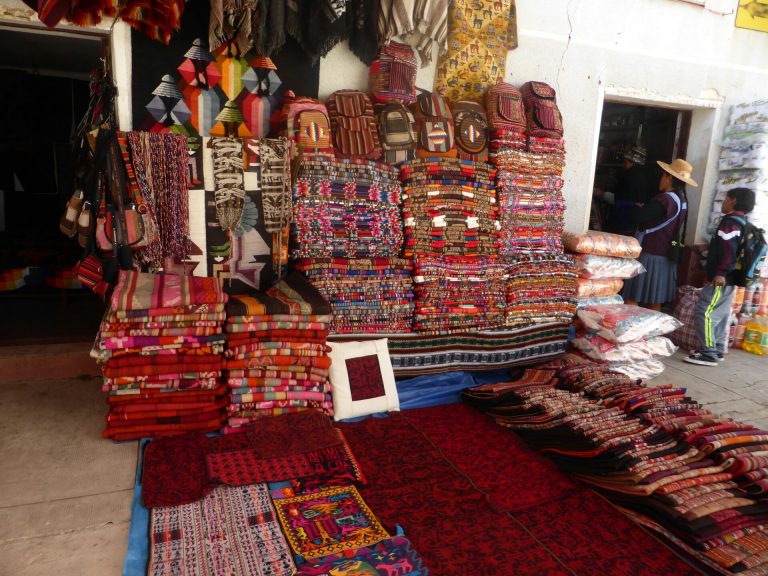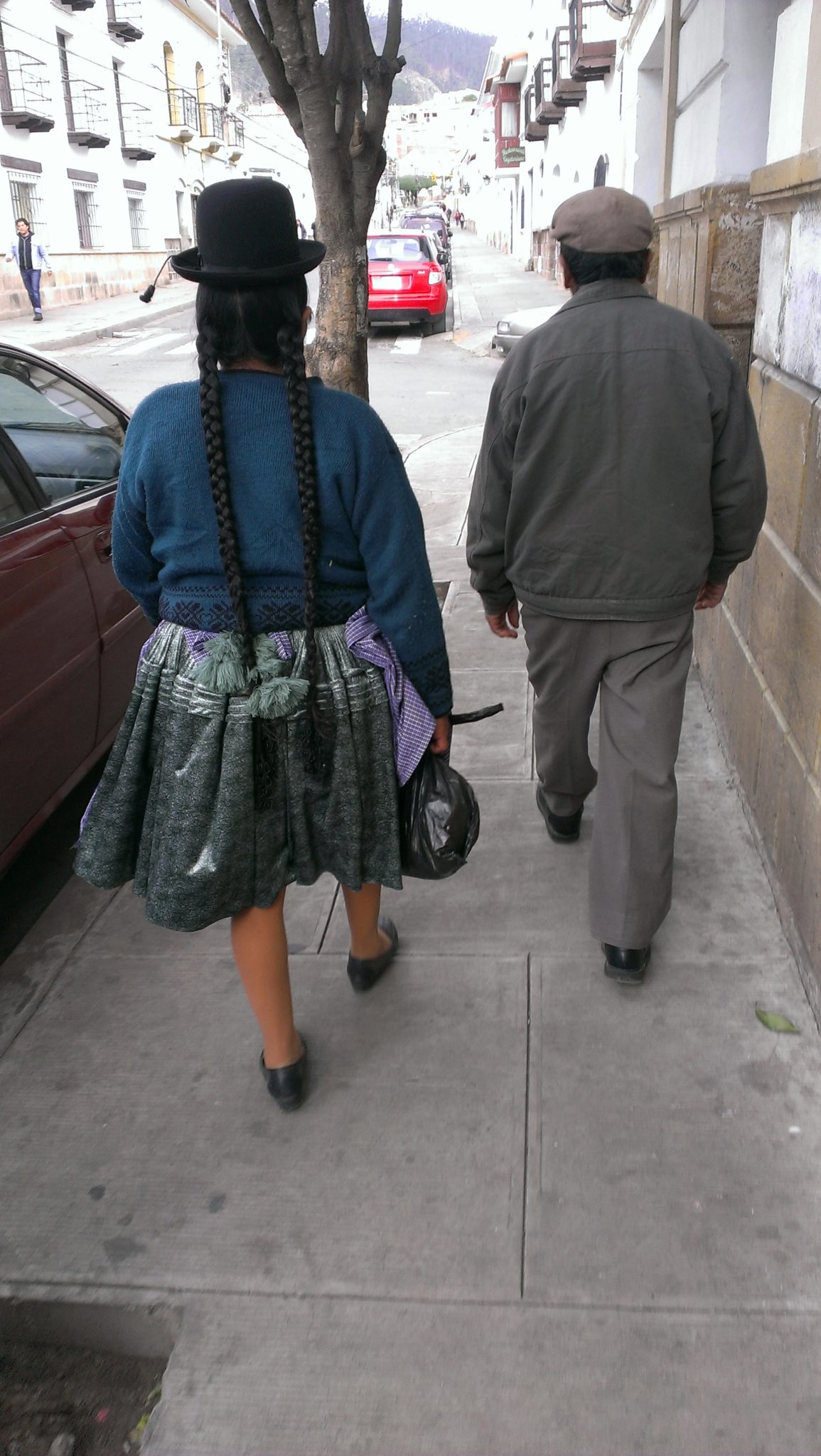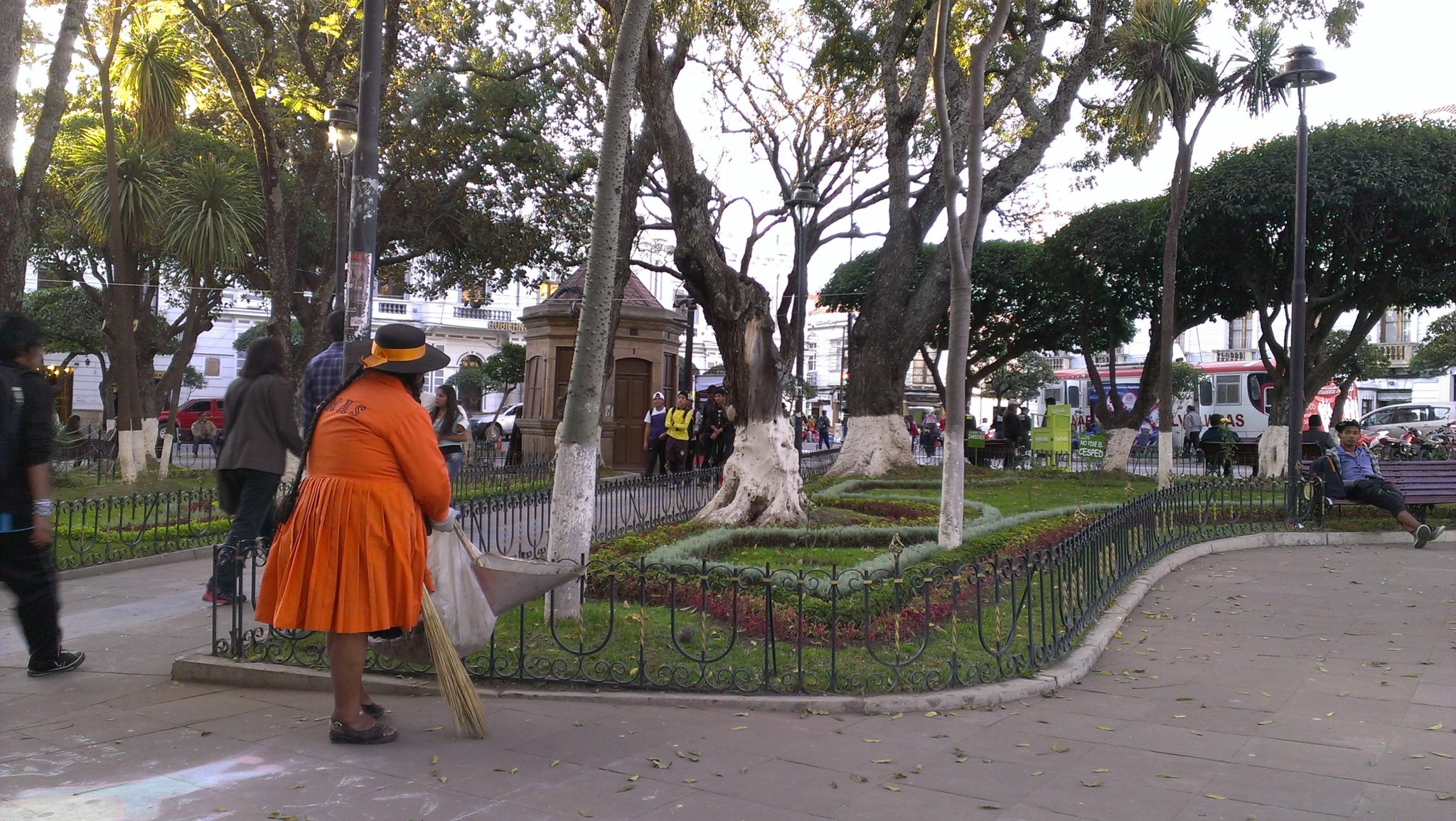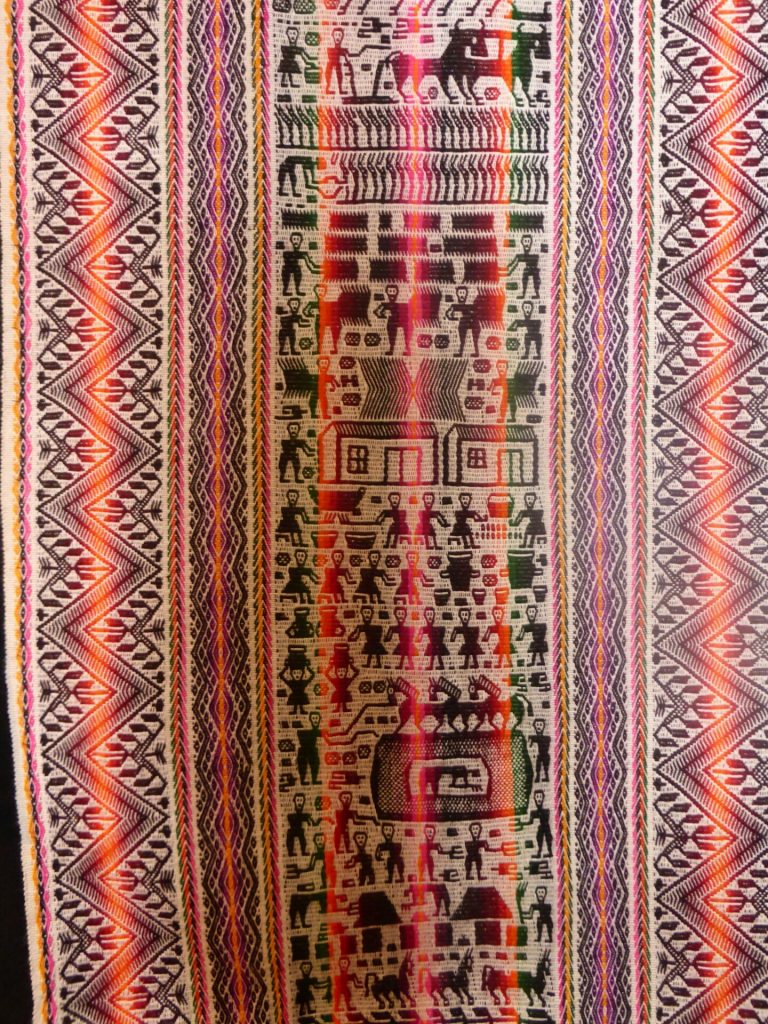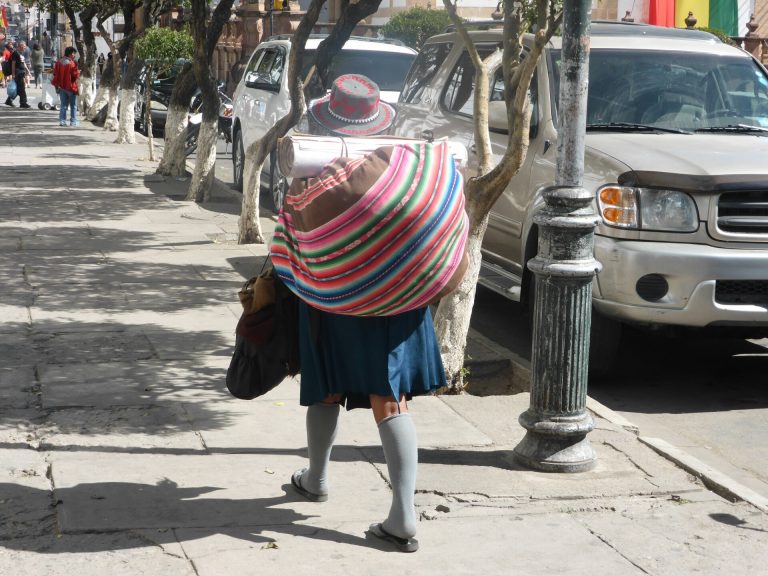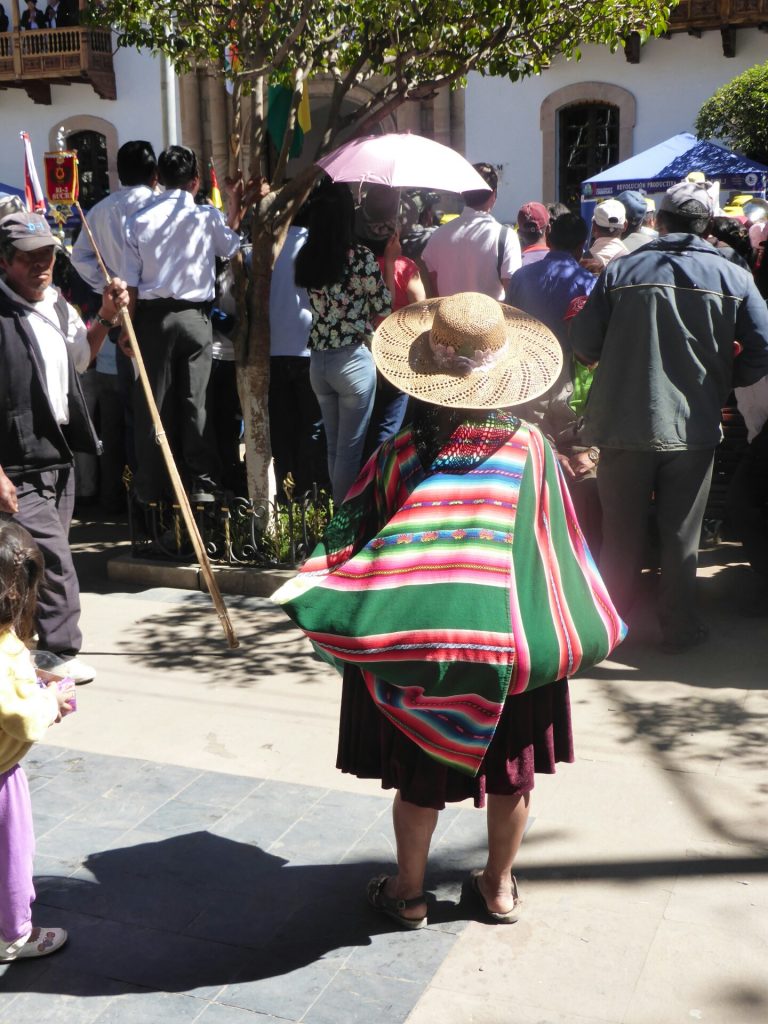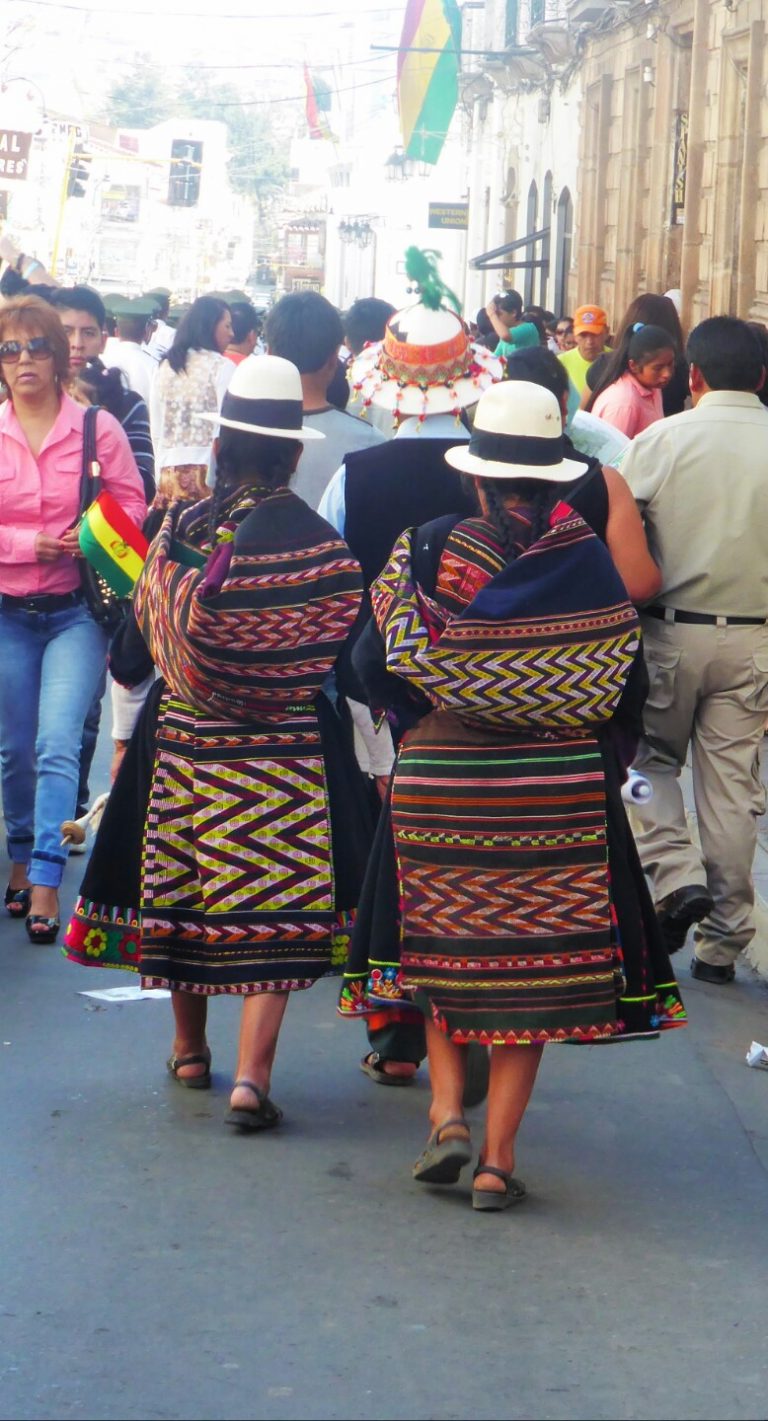Like many other Asian cities, Taipei can be a bit chaotic and needs few days to fall in love with. For those who stay and explore, it offers tones of amazing tea houses, cafes, museums and art neighborhoods. We were heartbroken leaving it after a month and we know we will go back there someday. For now we want to show you our favorite spots in this vibrant city.
-
Get creative at the Huashan 1914 Creativity Park
We discovered this pearl literally two days before we left Taiwan. I was almost heartbroken knowing I could have spent days there. Like many other places on the island, Huashan was a leftover of Japanese business, in this case an ex-sake winery taken over by art and given a new life. It’s a spectacular place with lots of cool, artsy cafes, museums, interesting exhibitions and the most original gifts and postcards ever. There are a lot of events happening there and plenty of green areas so it’s a perfect spot to picnic with a concert in the background. Heaven!
-
Get even more artsy at Songshan Cultural & Creative Park
Similar idea to Huashan except Songshan is bigger and even more beautifully situated. Pond on one side, park on the other and a green courtyard in the middle made us forget we were still in the city. Obviously it has hyper interesting exhibitions and artsy souvenirs but what sets it apart is its charming, little bookshop/café. In a country where reading is essential and done by everyone, everywhere you really need places like that. Just crossing the doorstep I felt this lovely atmosphere of an old office with this specific smell of books and coffee.
After you're done reading we strongly recommend the best natural juice ice cream we have ever tasted! Location on our map below.
-
See the army in action at the Martyrs’ Shrine
This pretty new shrine (built in 1969) is dedicated to Chinese soldiers who sacrificed themselves for their country. As many other important places it changes guards every hour. But honestly, this one is the most spectacular that we saw. Sheer precision, synchronization and shoes almost creating music. We stayed even after the "performance" to explore the beauty of the surrounding. Thankfully it misses some new, kitsch additions which leaves just perfect repetitions and a shrine that looks old and traditional.
-
Feel the grand Chiang Kai-shek Memorial Hall
Built in memory of a former president of China, Chiang Kai-shek, the memorial hall is one of the main sites in Taipei. The hall itself is not extremely impressive for someone coming from Europe … but the change of guards is mesmerizing and the square on which it’s situated is massive and gives this feeling of a massive empire.
-
Get cultural for “nothing” in the Taipei Fine Arts Museum
I was shocked a country famous for producing electronics and cheesy goods would have so much art. I completely didn’t expect that they would do even more. Spread art for everyone. Fine Arts Museum is another example of that. Entrance is just 30 NTD so less than a euro and you can literally spend a whole day walking around and exploring different exhibitions. We were especially interested in the exhibition about victims of the “Made in Taiwan” phenomenon.
-
Emerge in a “weekend” garden on Chien Kuo Weekend Flower Market
Da'an’s flower market is a perfect event for all the flower lovers. You can literally find all the flowers and herbs that I’ve ever seen and also some micro plants kept in lab-like flasks. There are also lots of other curiosities like little fish kept in separate plastic containers or fresh honey on honey comb. Just next to the Flower Market there is also a Gem market.
-
Get the best views on the city from the Elephant Mountain
Some might argue that the best views on the capital are from Taipei 101. For us it’s simple, why pay a lot of money to go on a tower when you can sweat for 20 minutes and see the whole city, tower included, for free? For us it was an easy choice. And judging by the biggest tripod crowds ever, we weren’t the only ones with that opinion. The mountain offers plenty of viewing platforms, the further you go, the more options and different angles you get. We decided to go there in the late afternoon to get the sight of the city during the day as well as with the sunset and at night. We never regretted those few hours, it was magnificent although crowded.
-
Shopping around Taipei 101 and Xiemending
Especially Xiemending reminded us of shopping districts in Osaka or Tokyo. Obviously on a smaller scale. There and around Taipei 101 you can get everything: fine tea, clothes, electronics, souvenirs, nice Taiwanese cosmetics. You name it!
